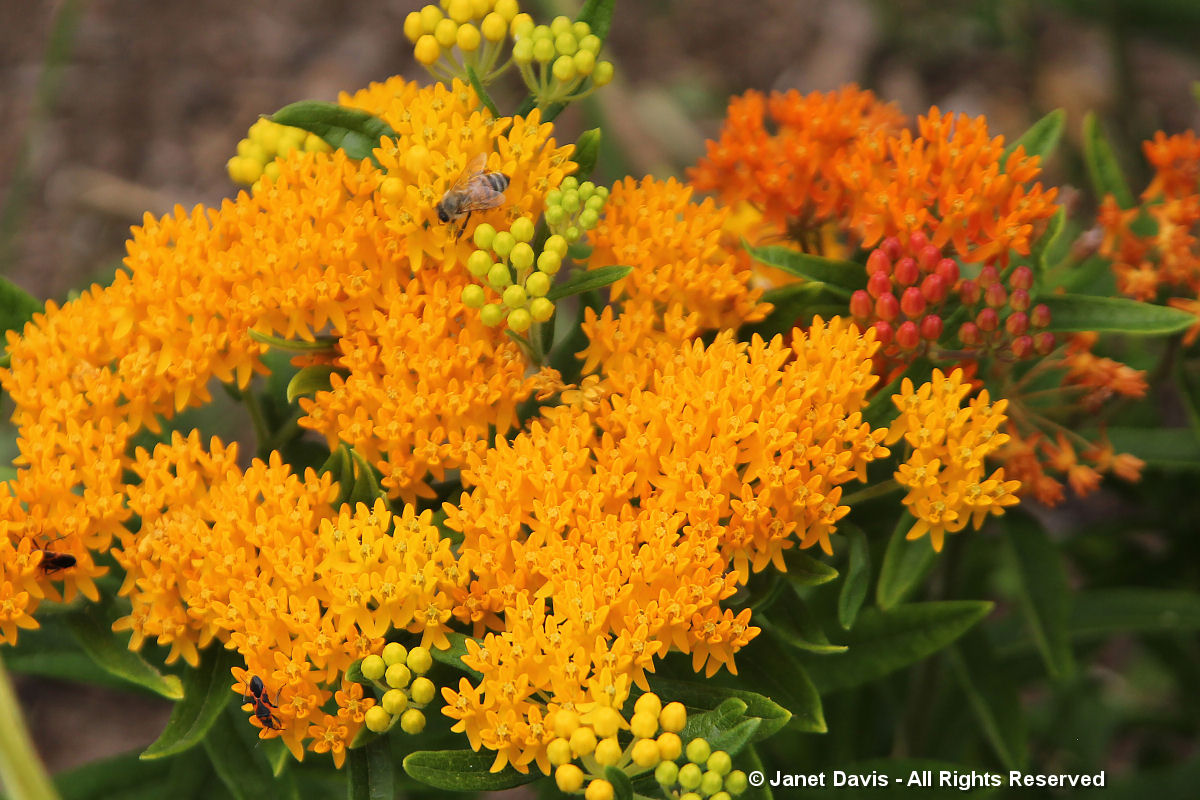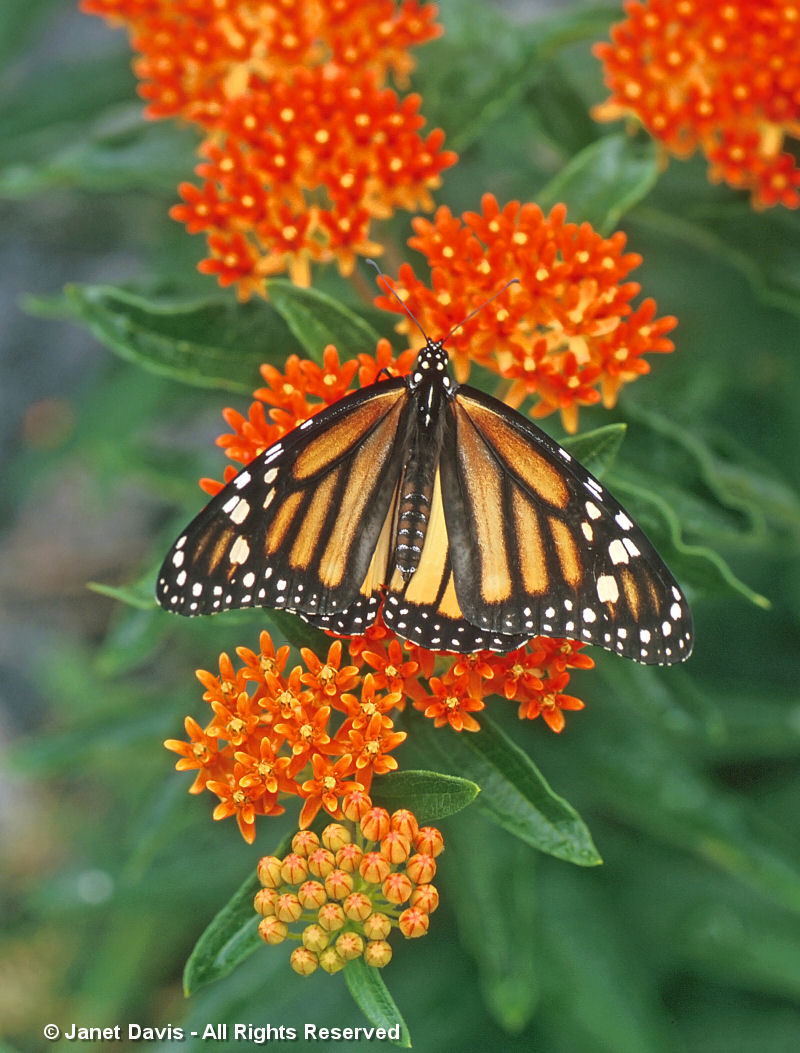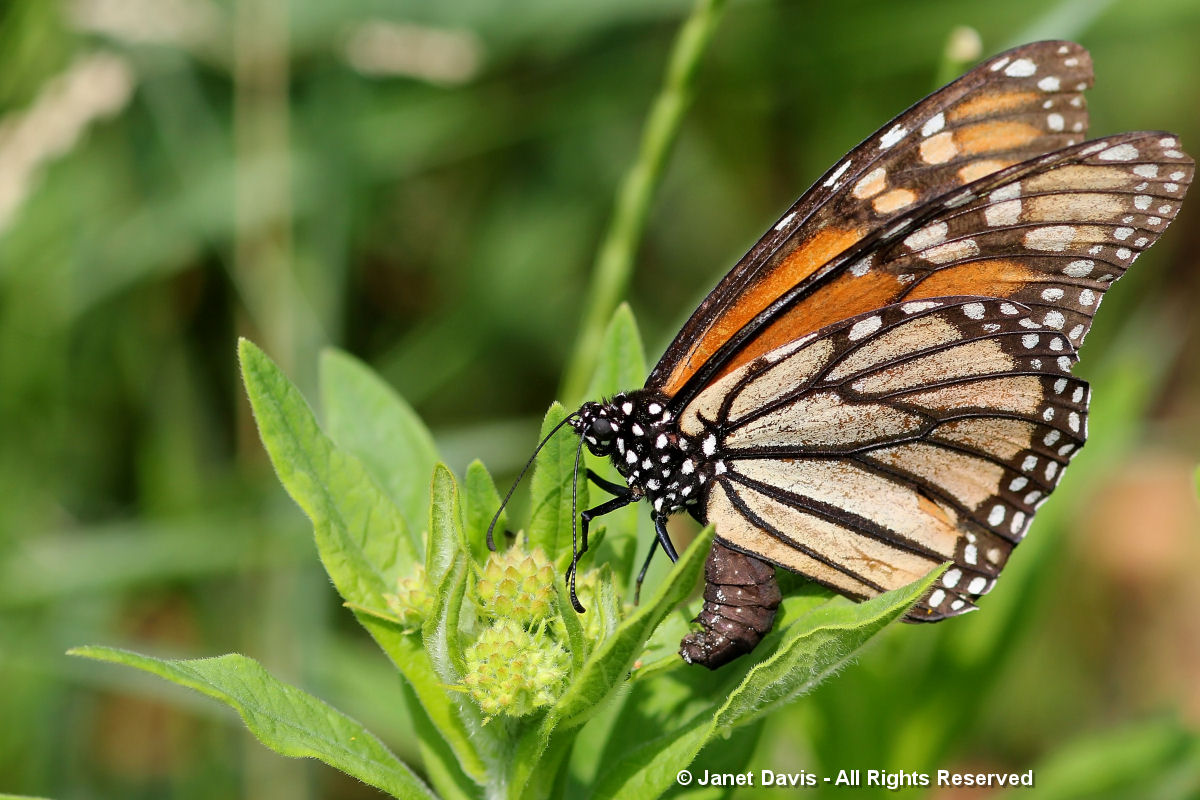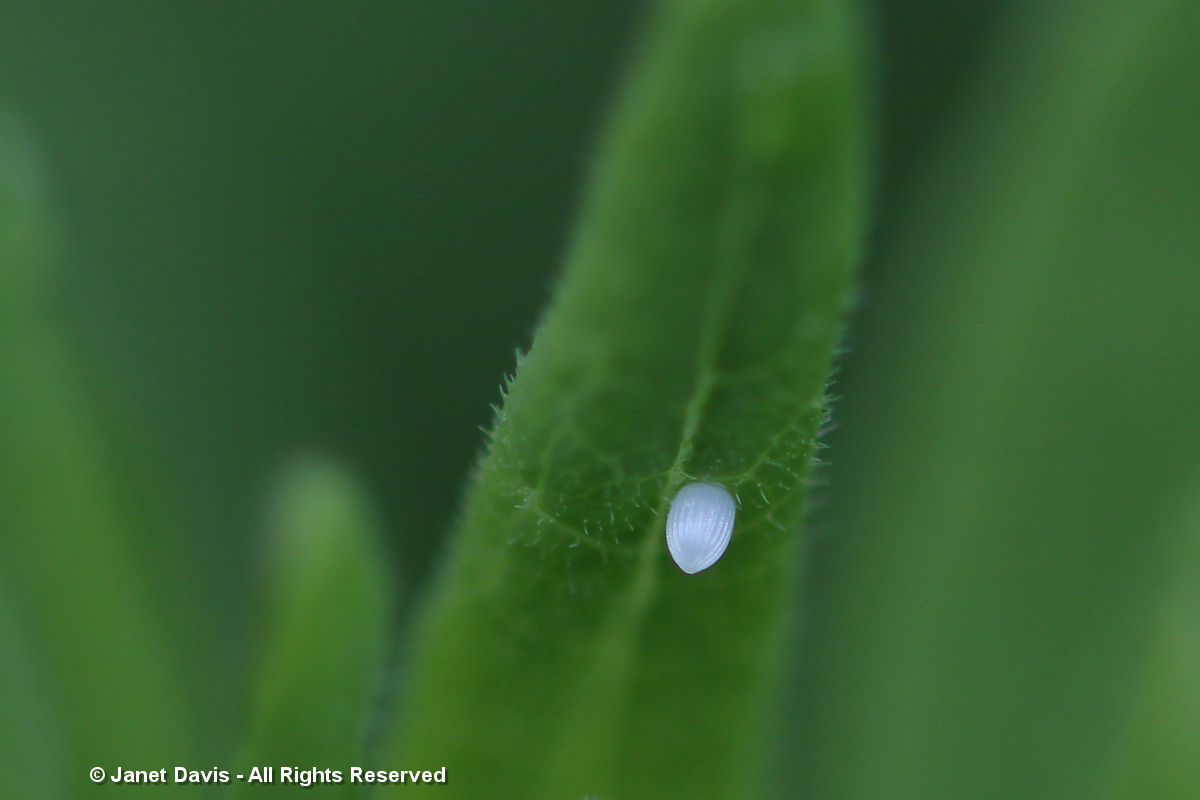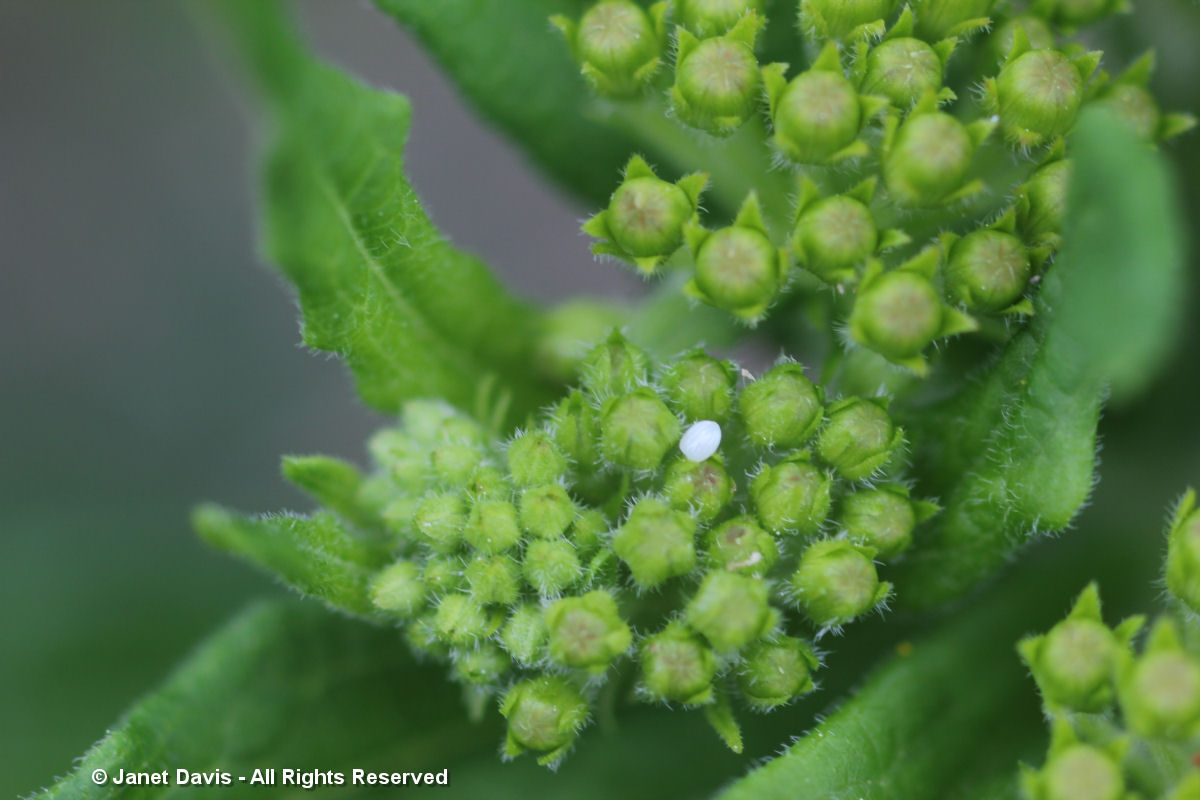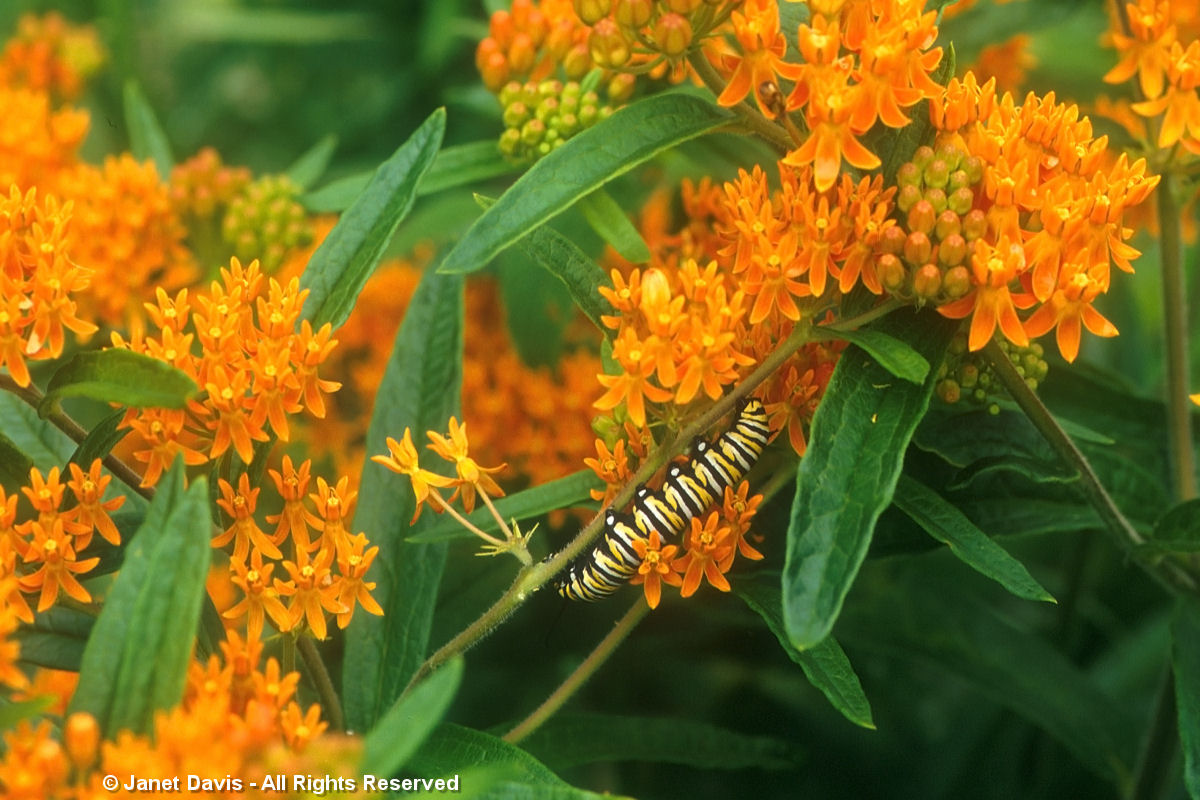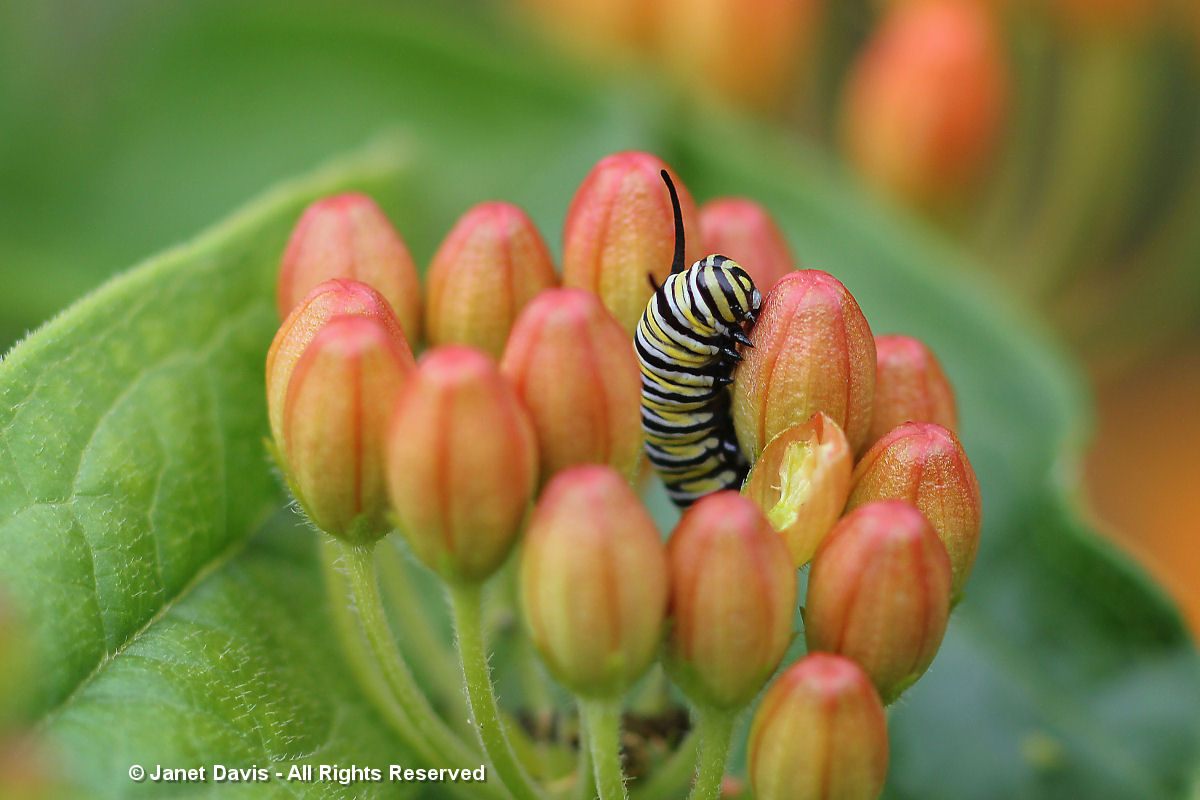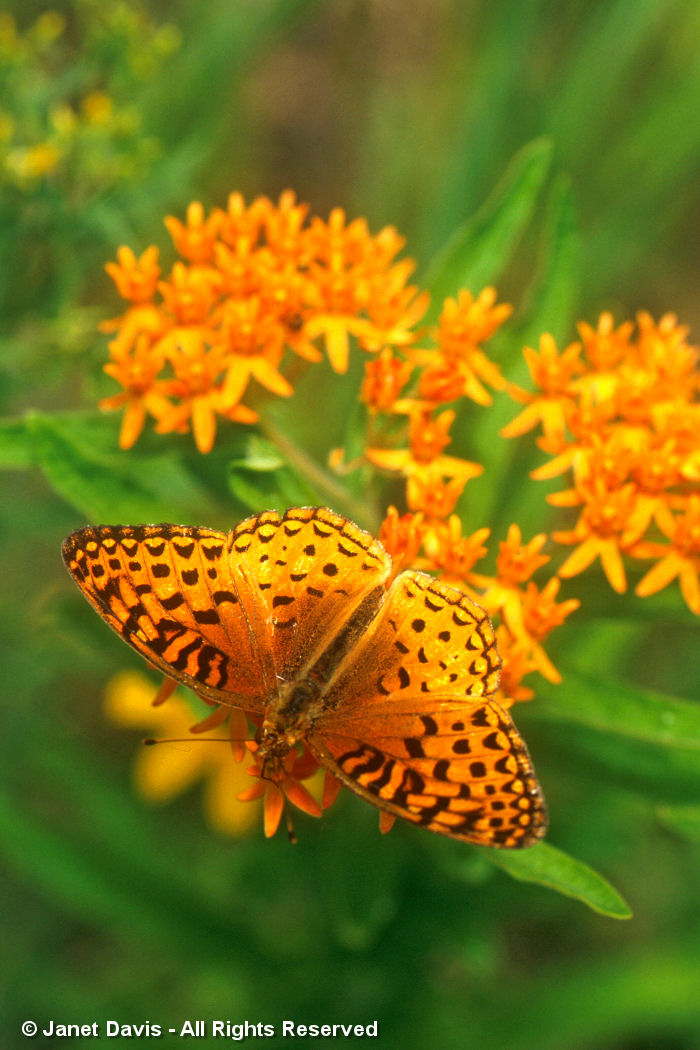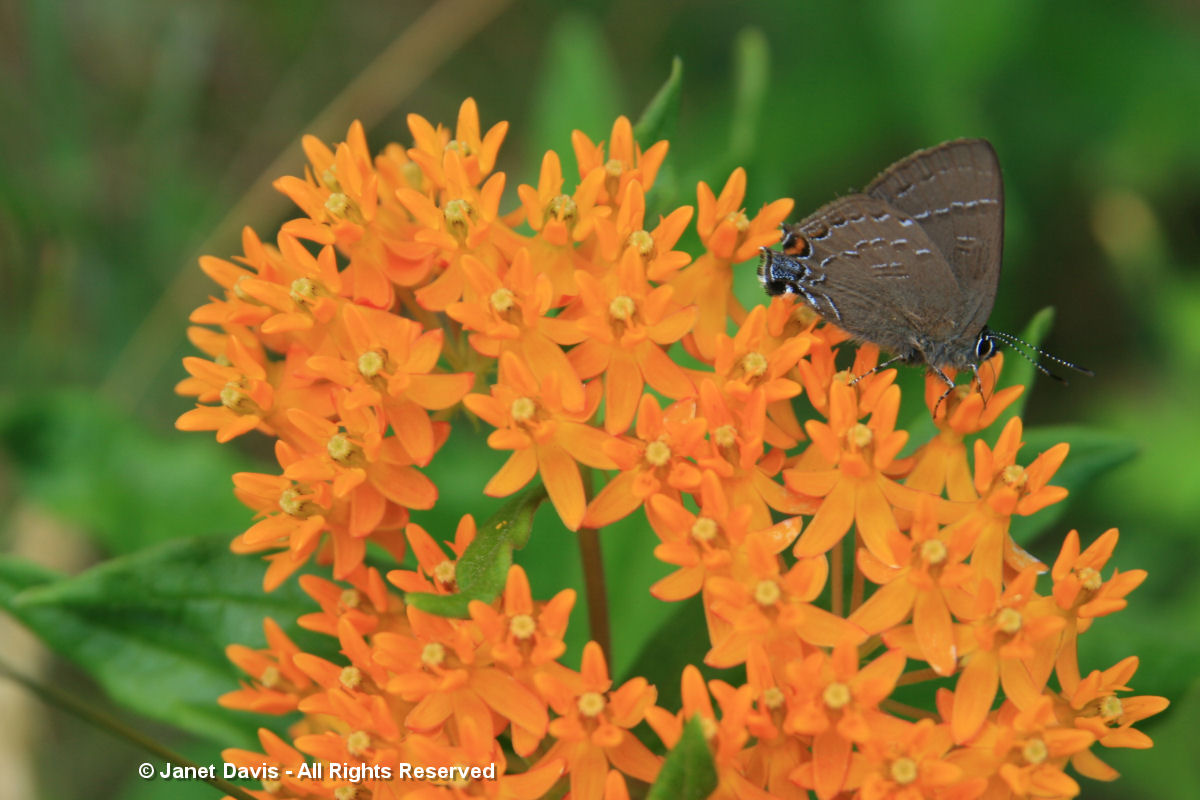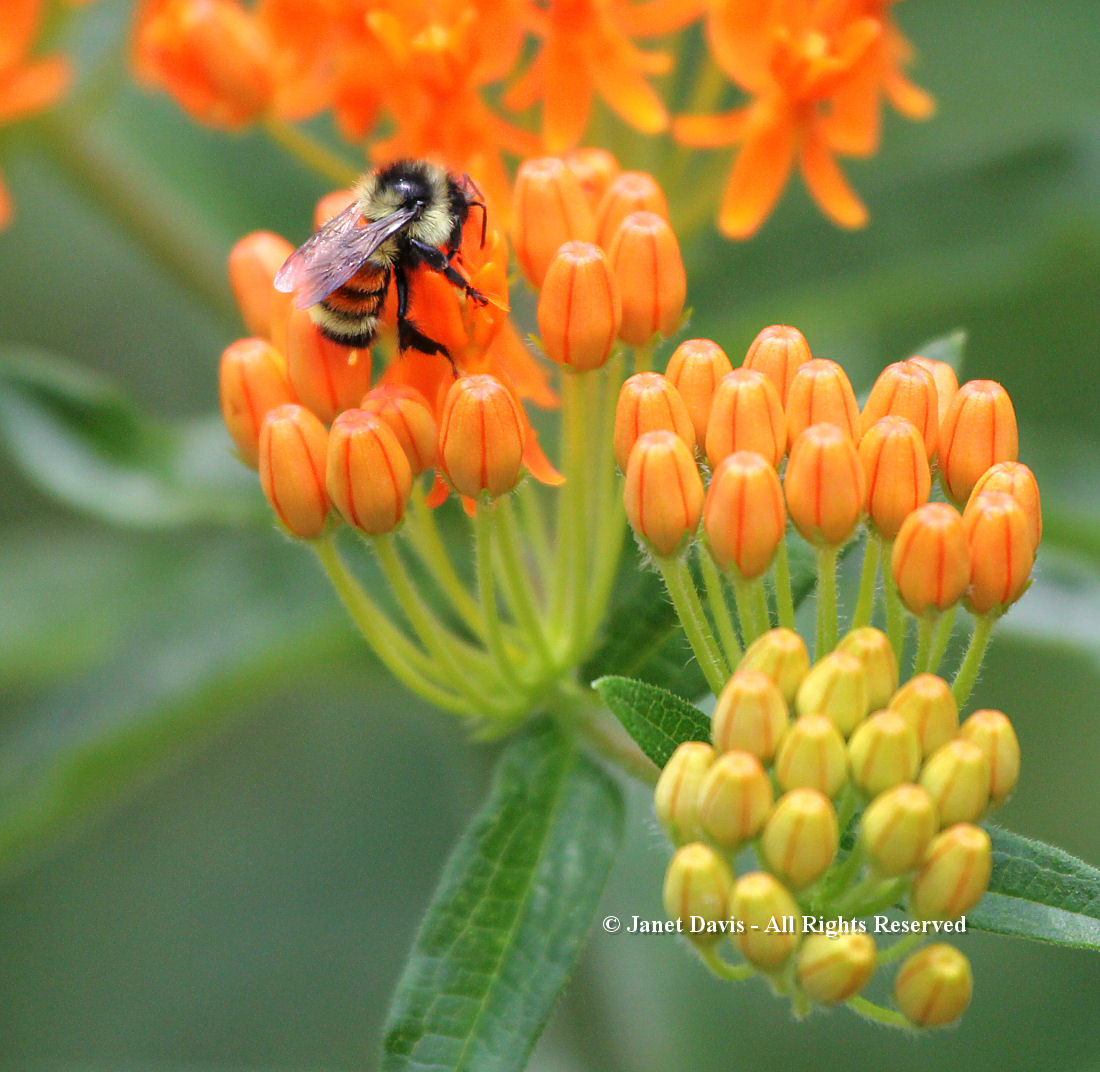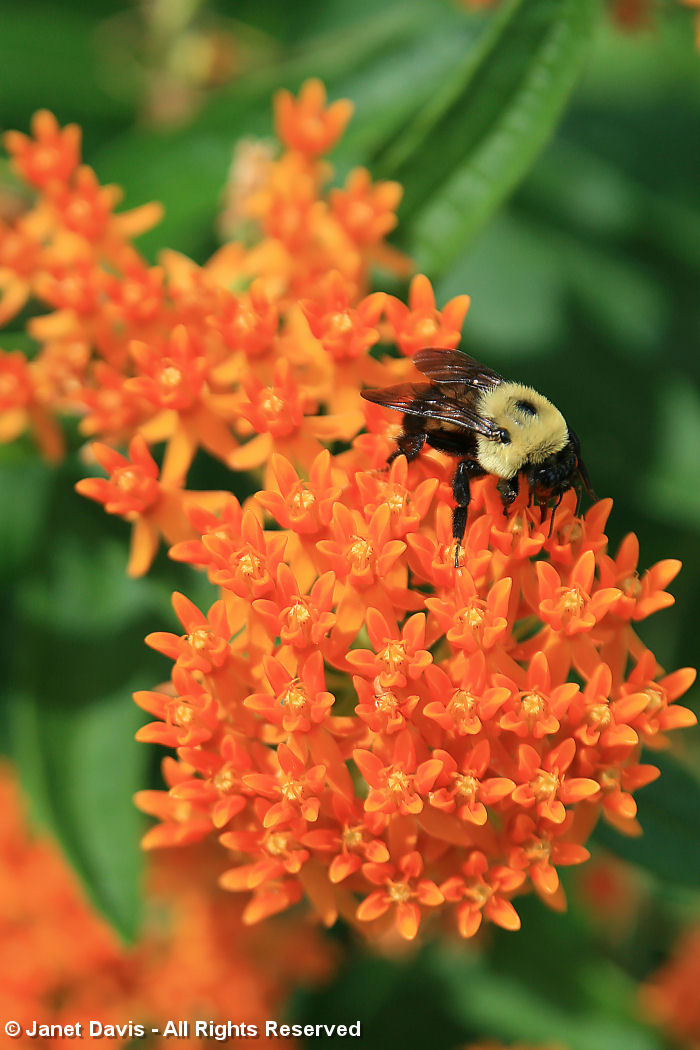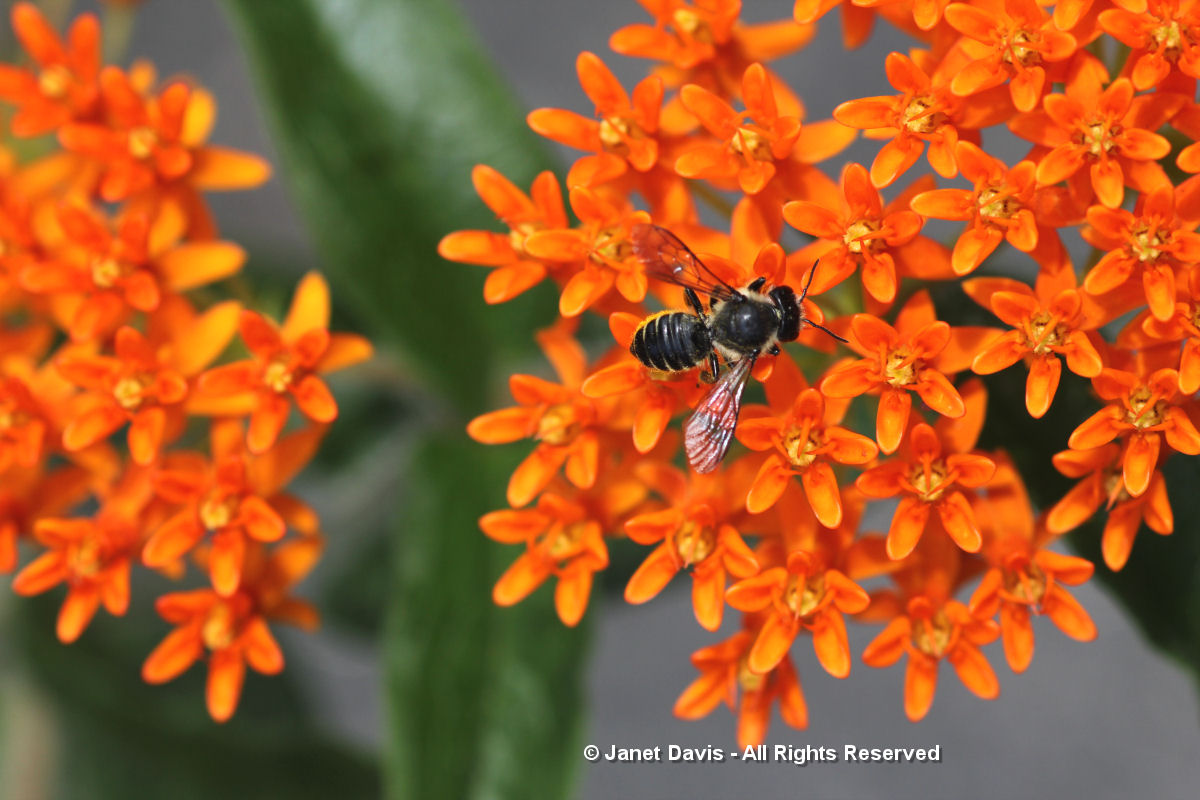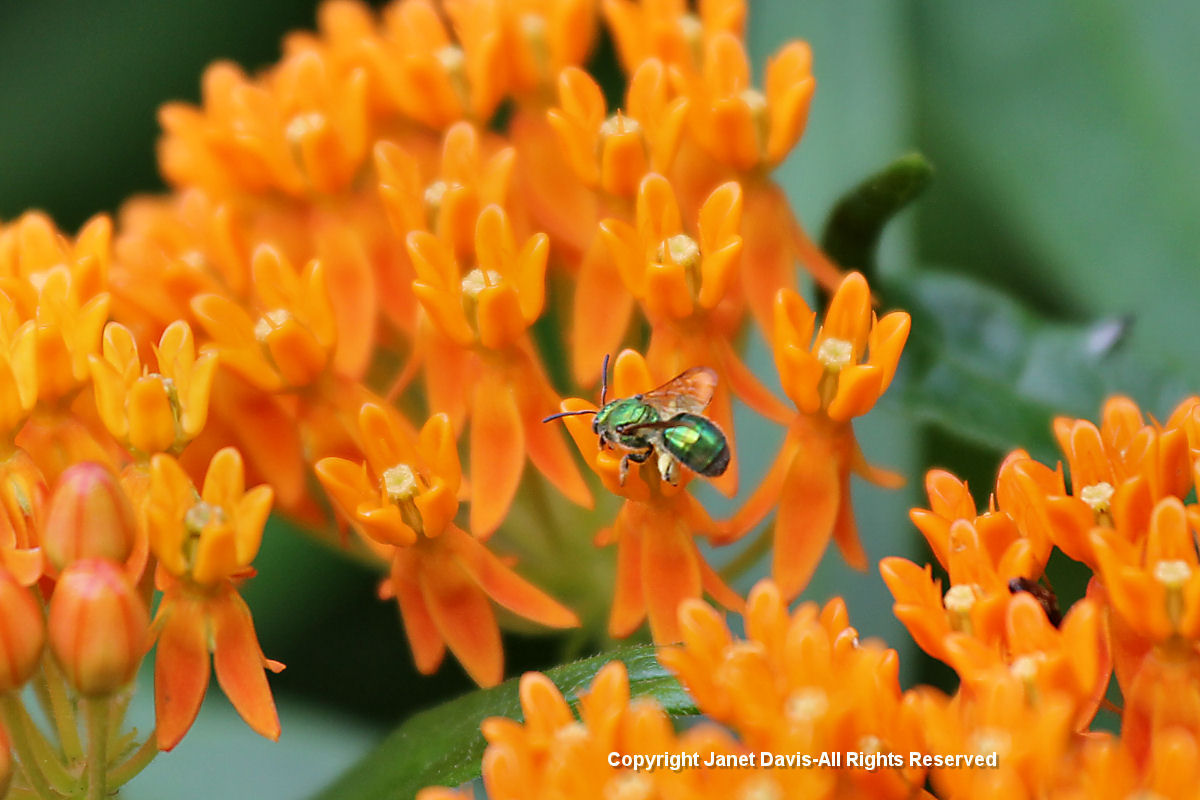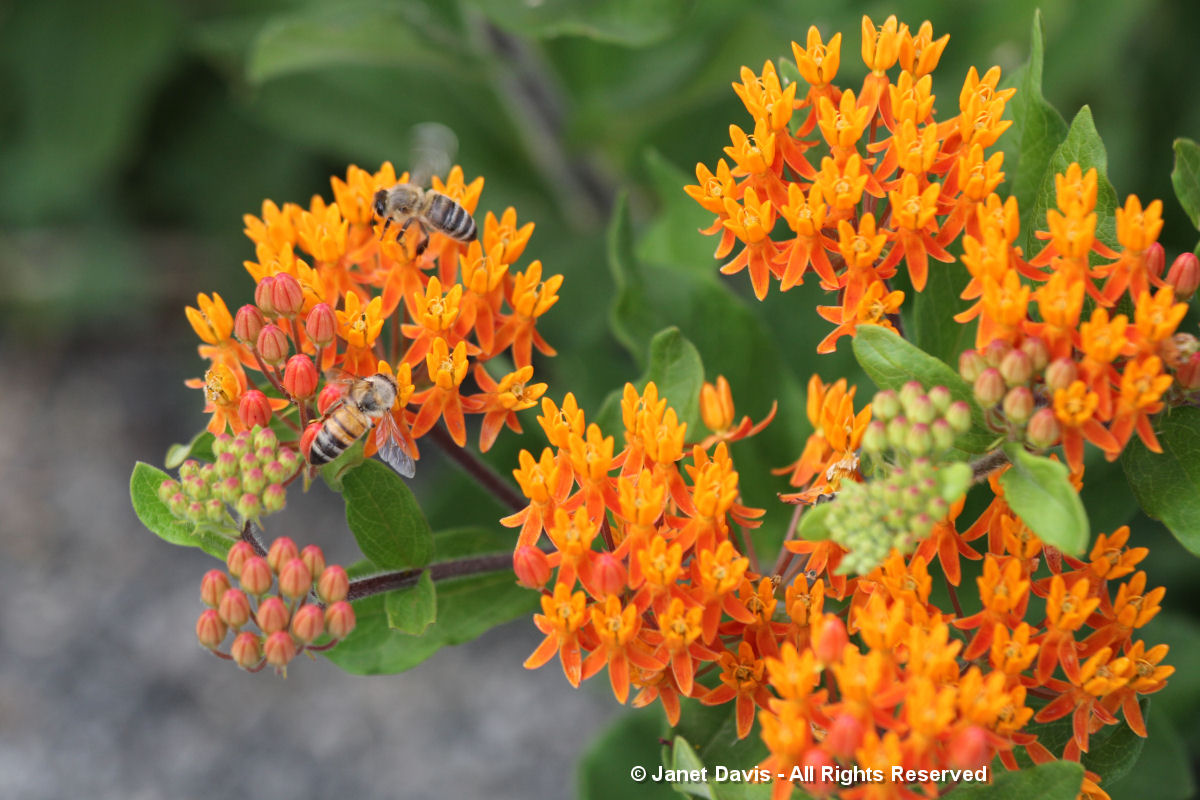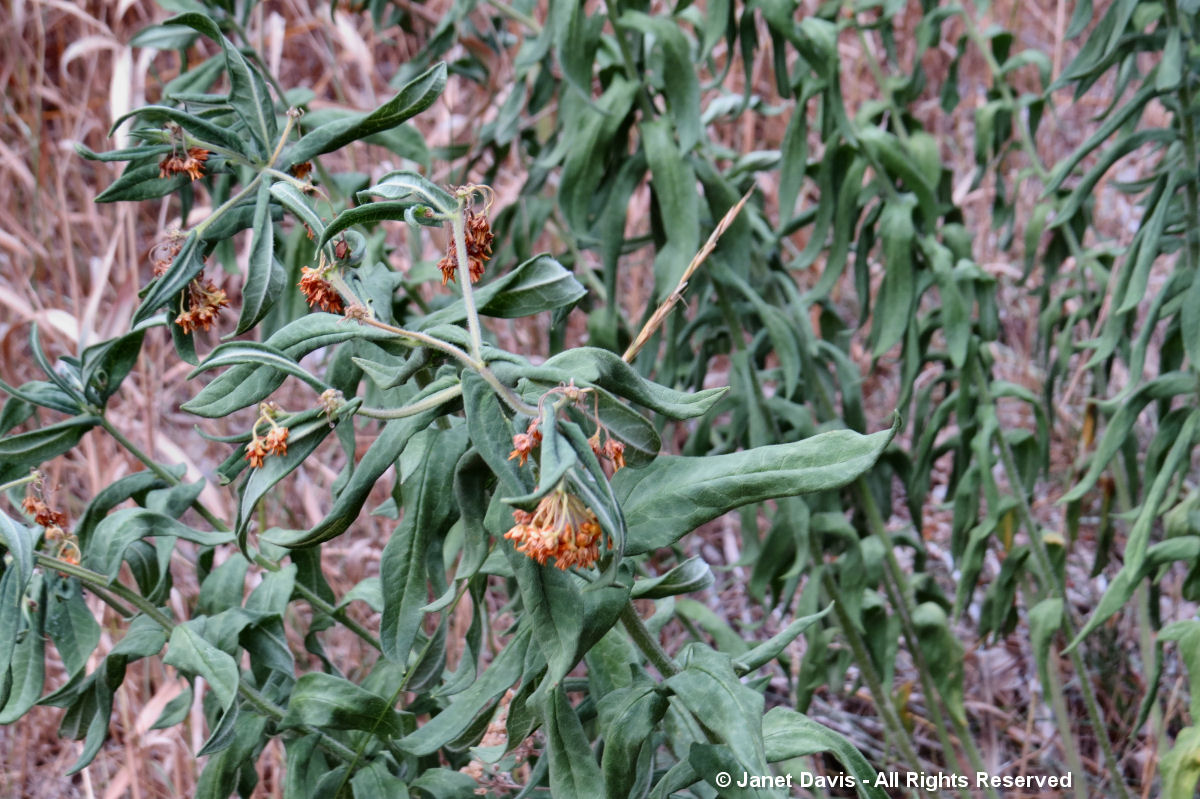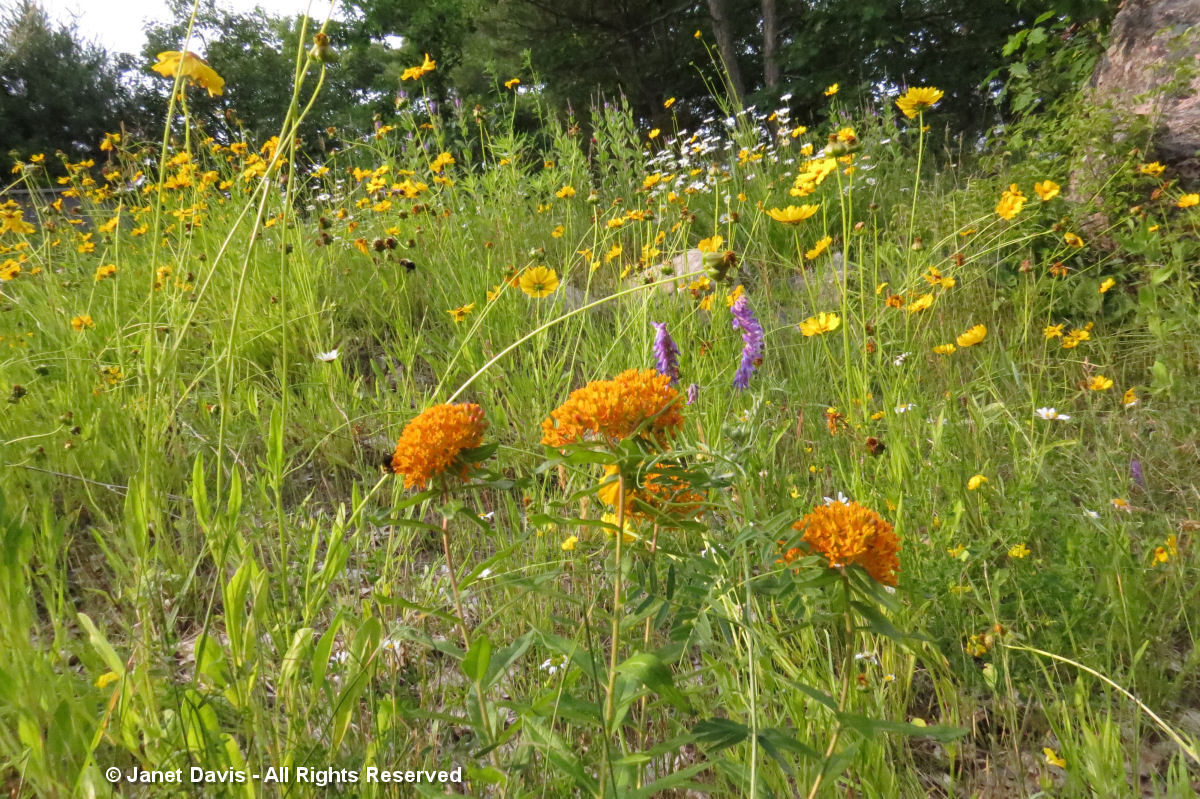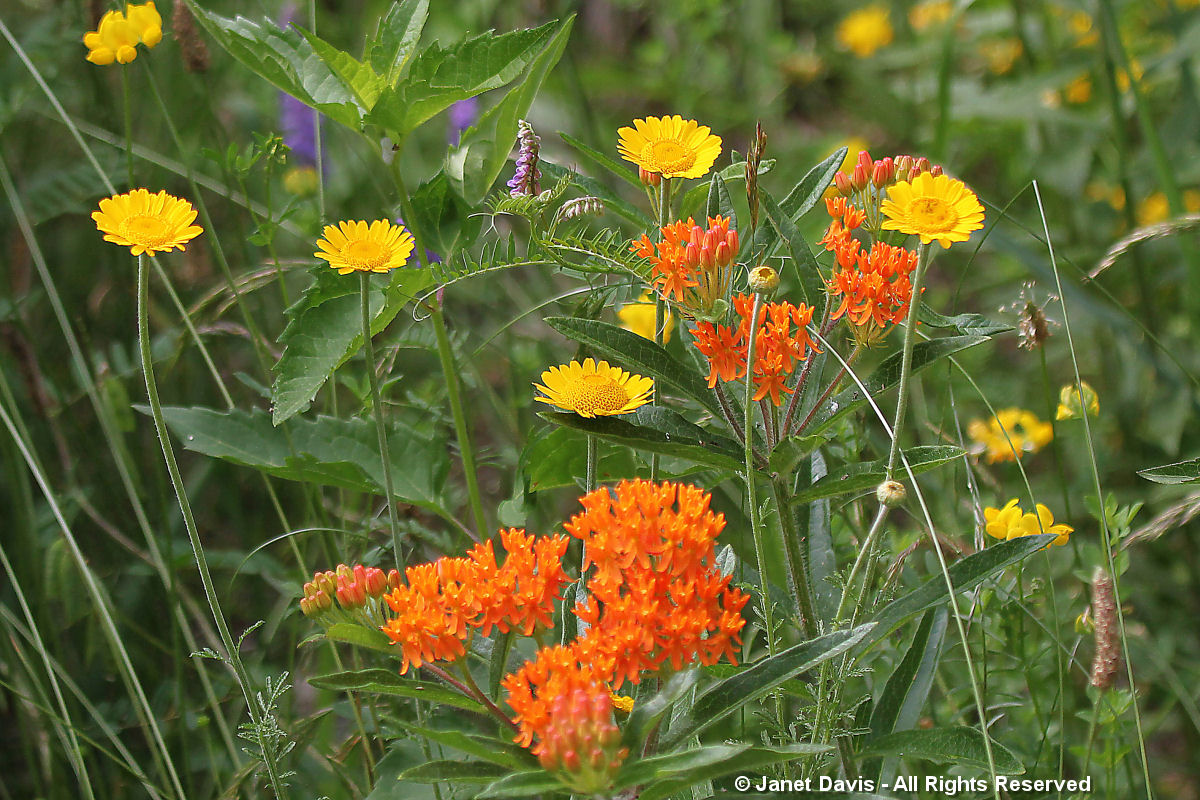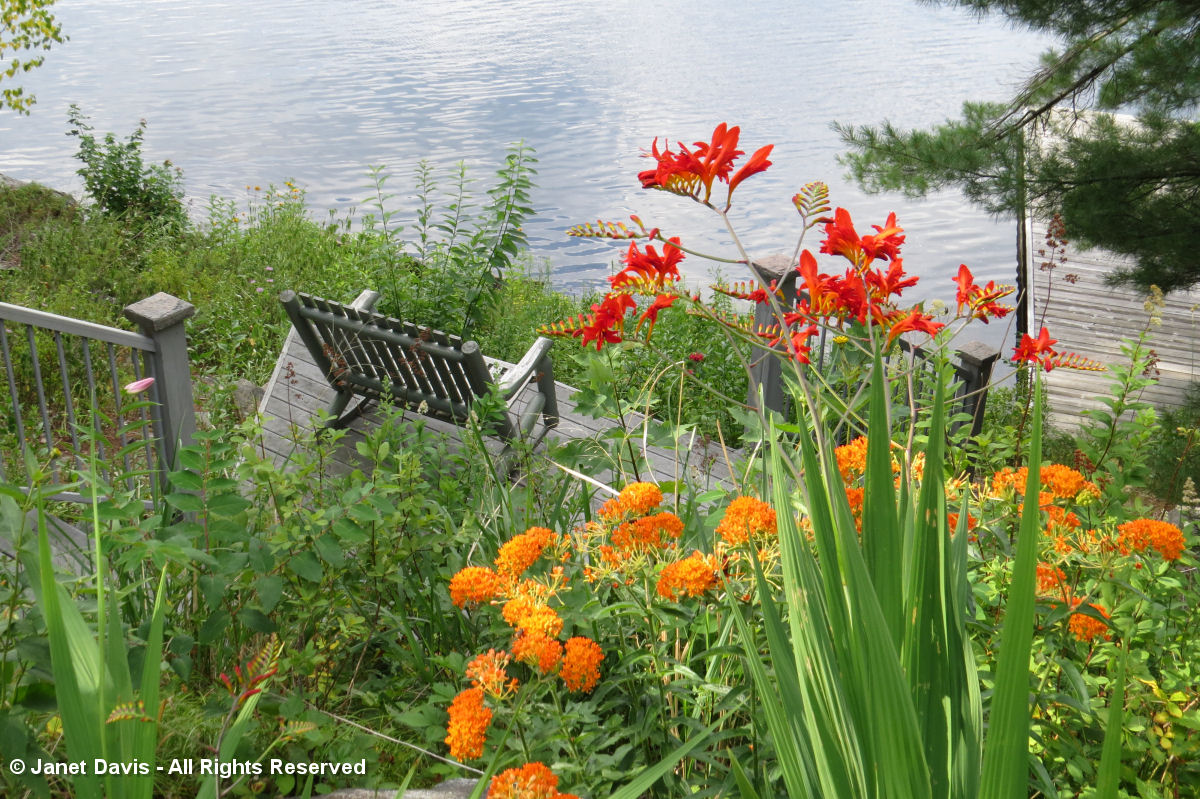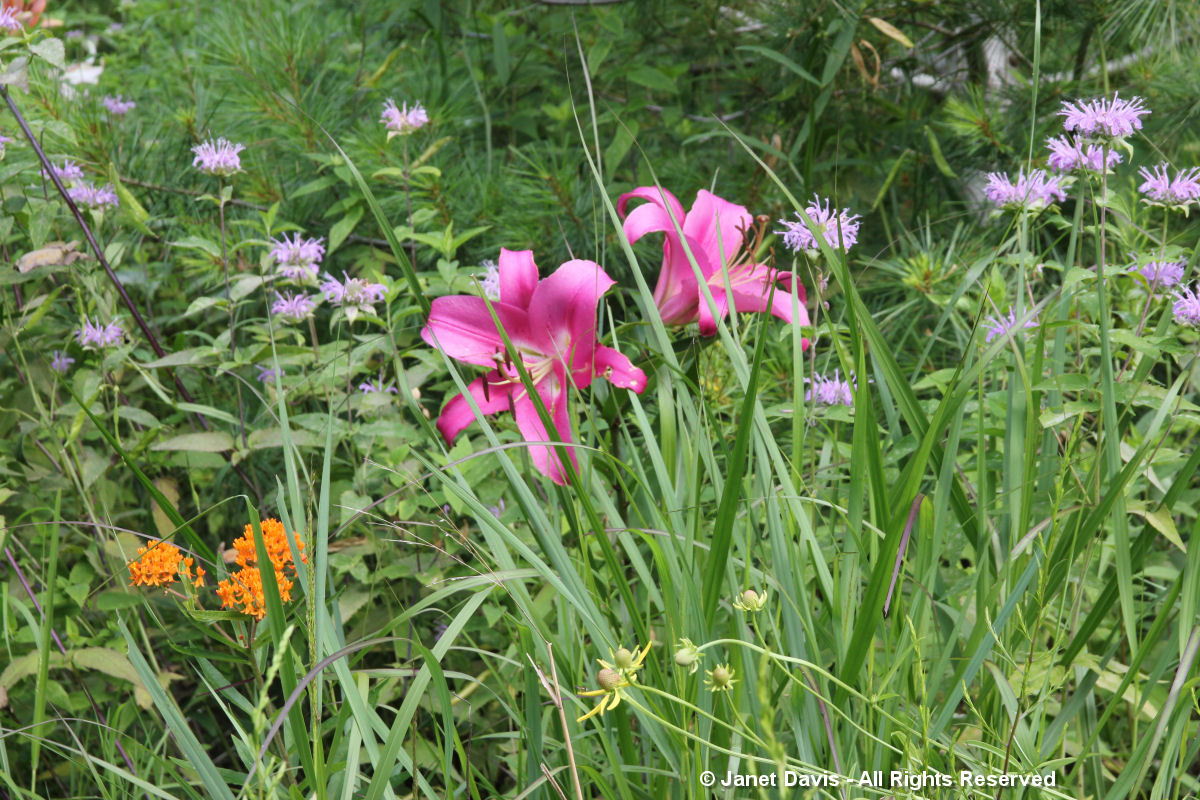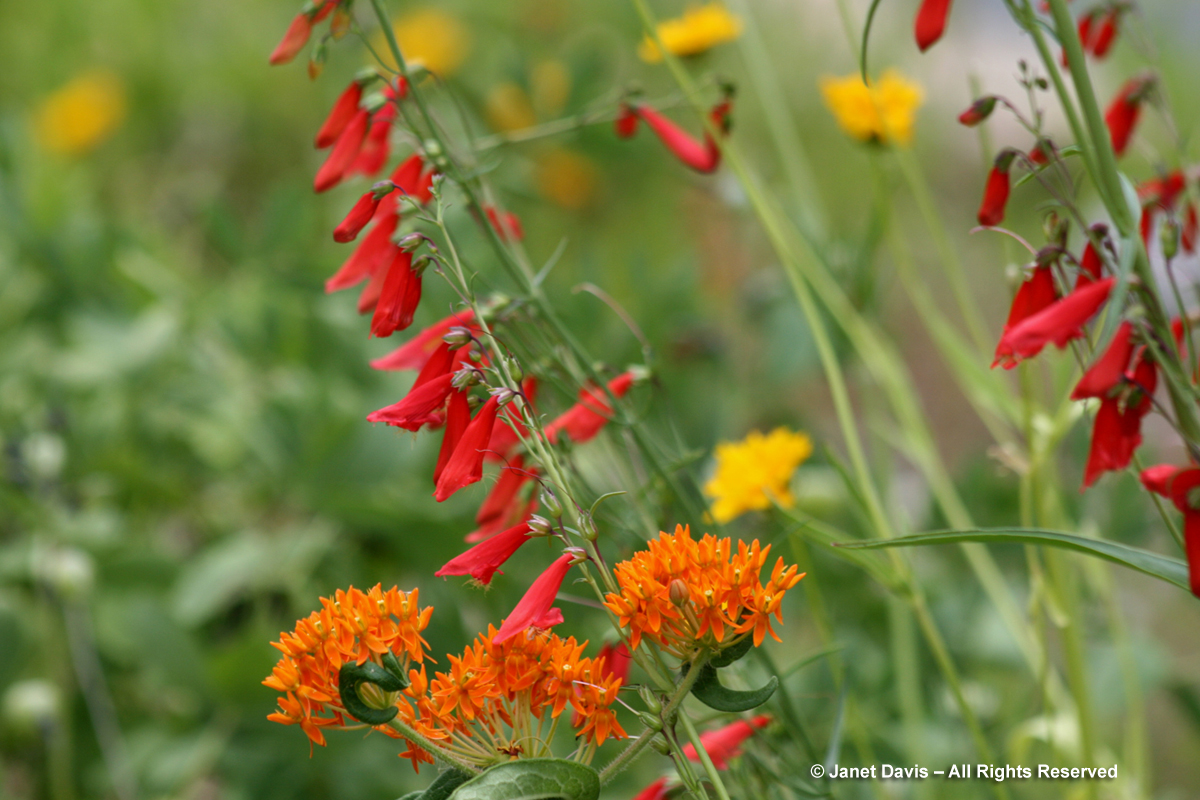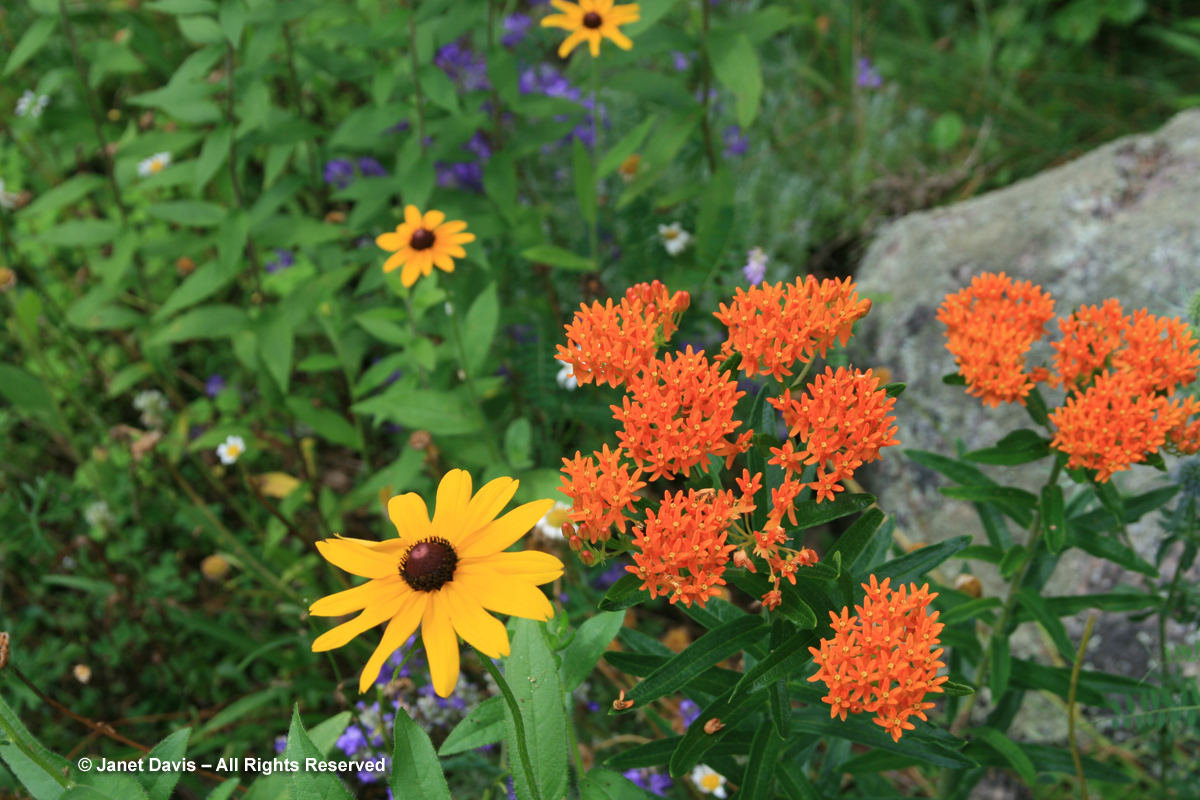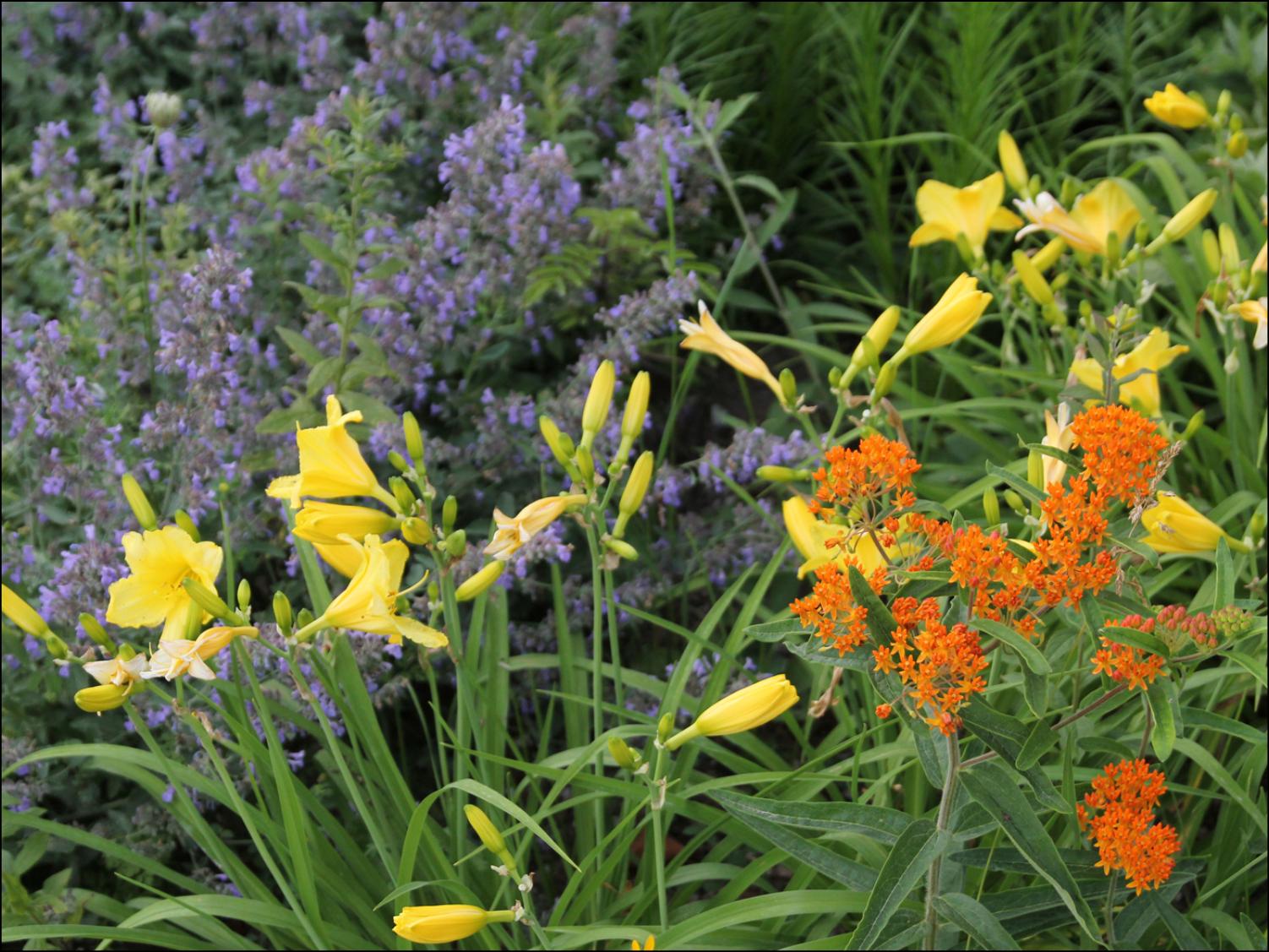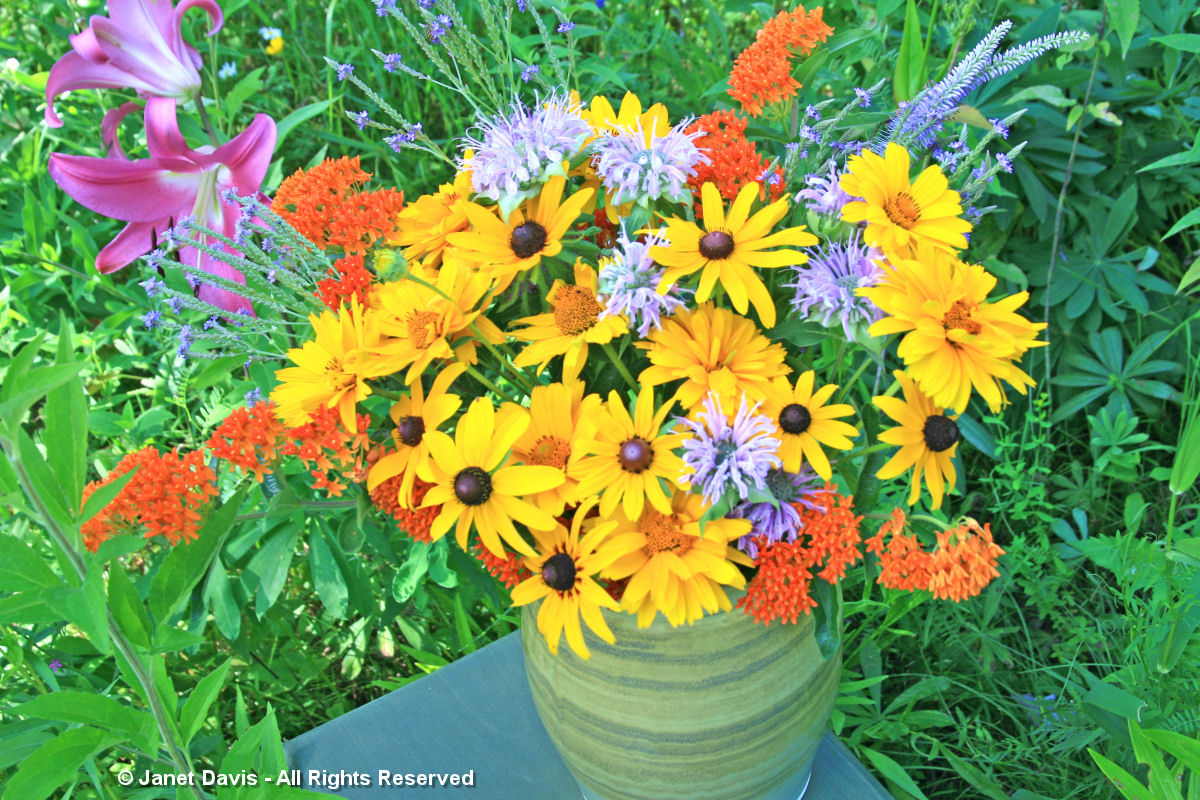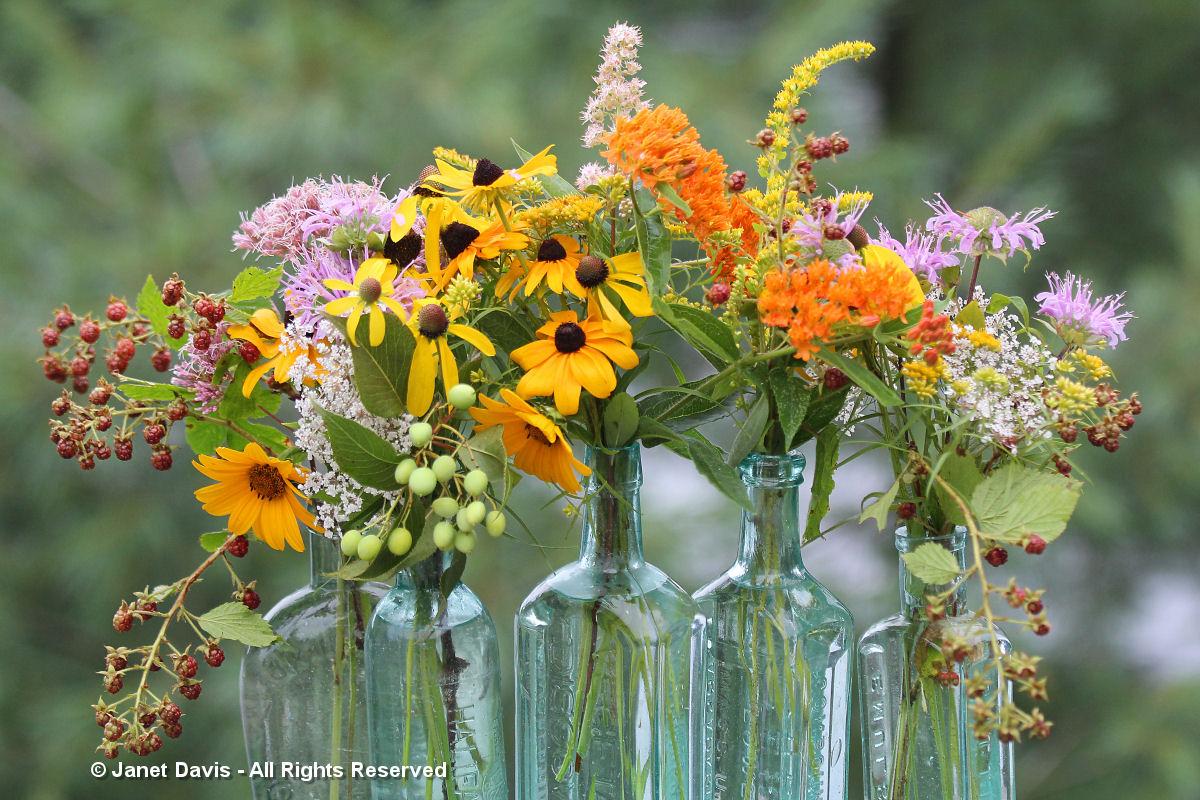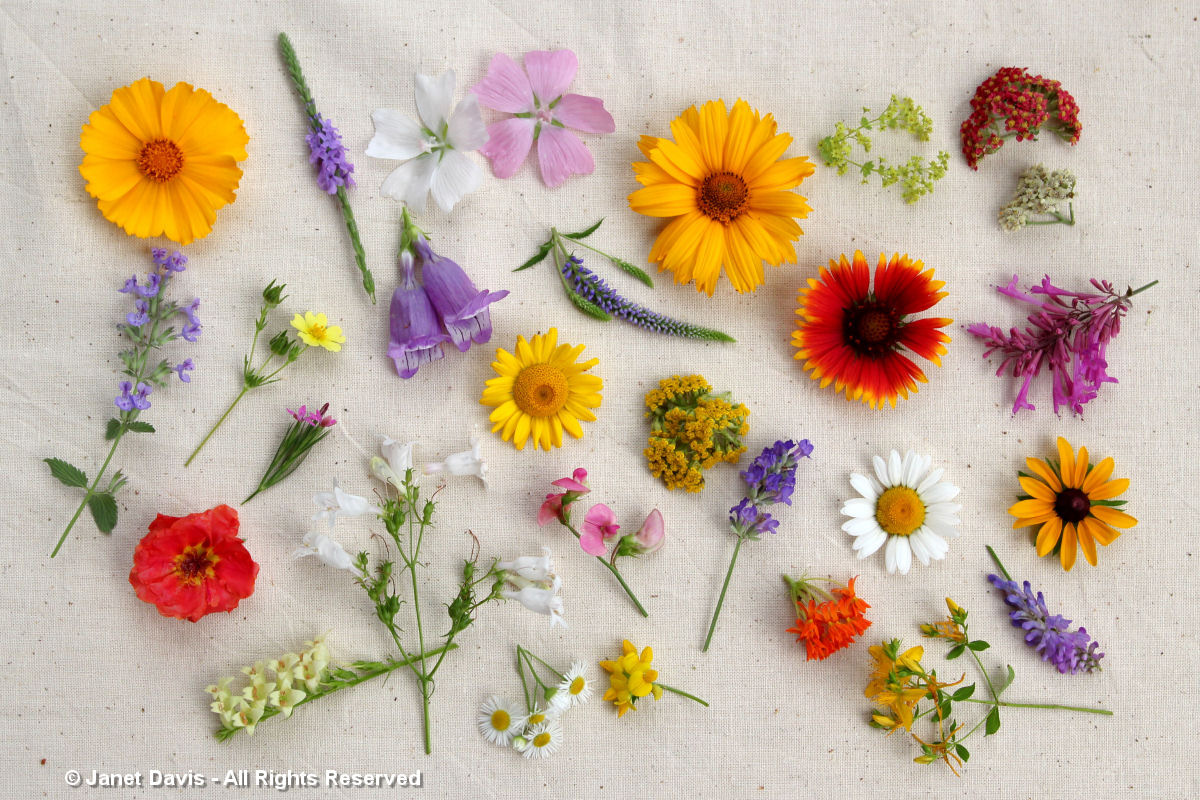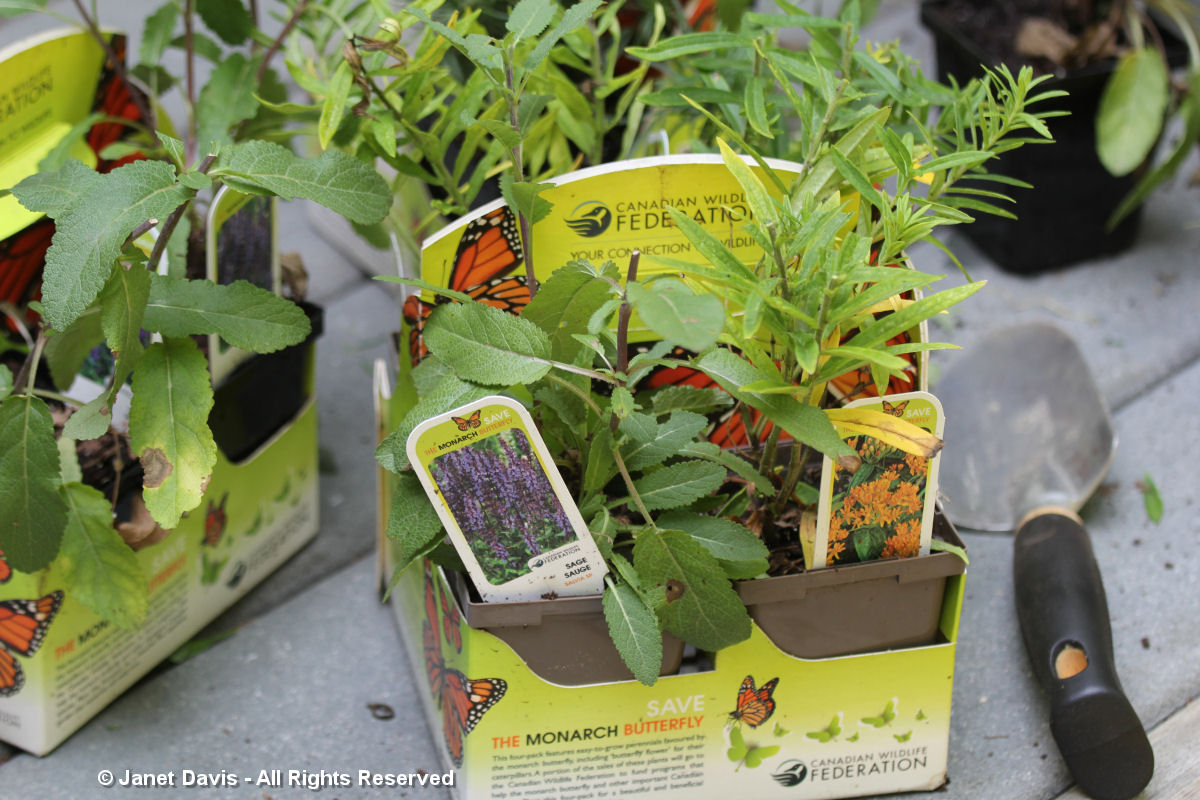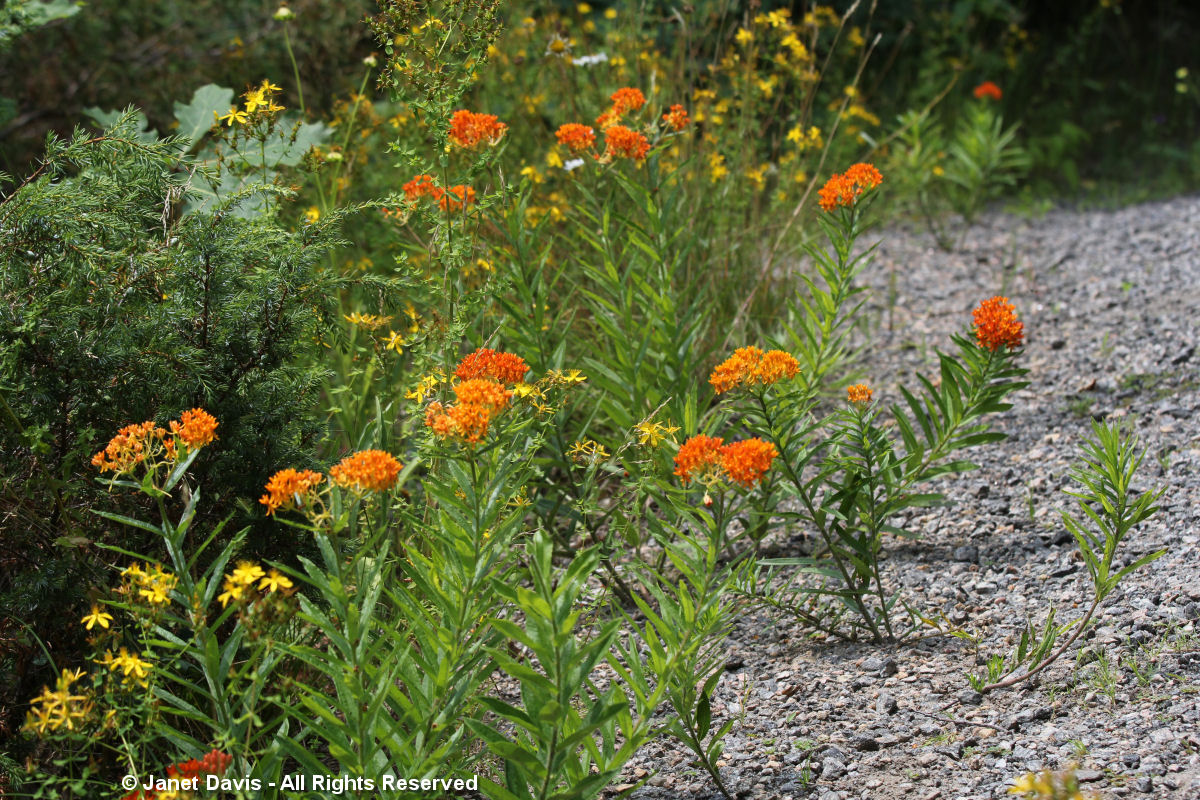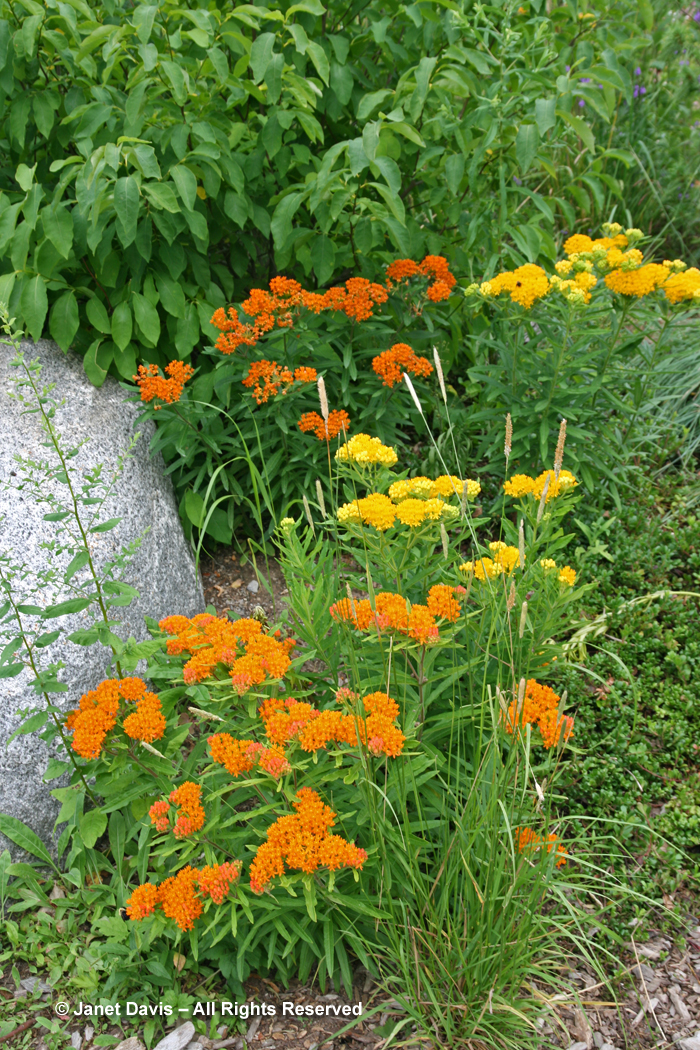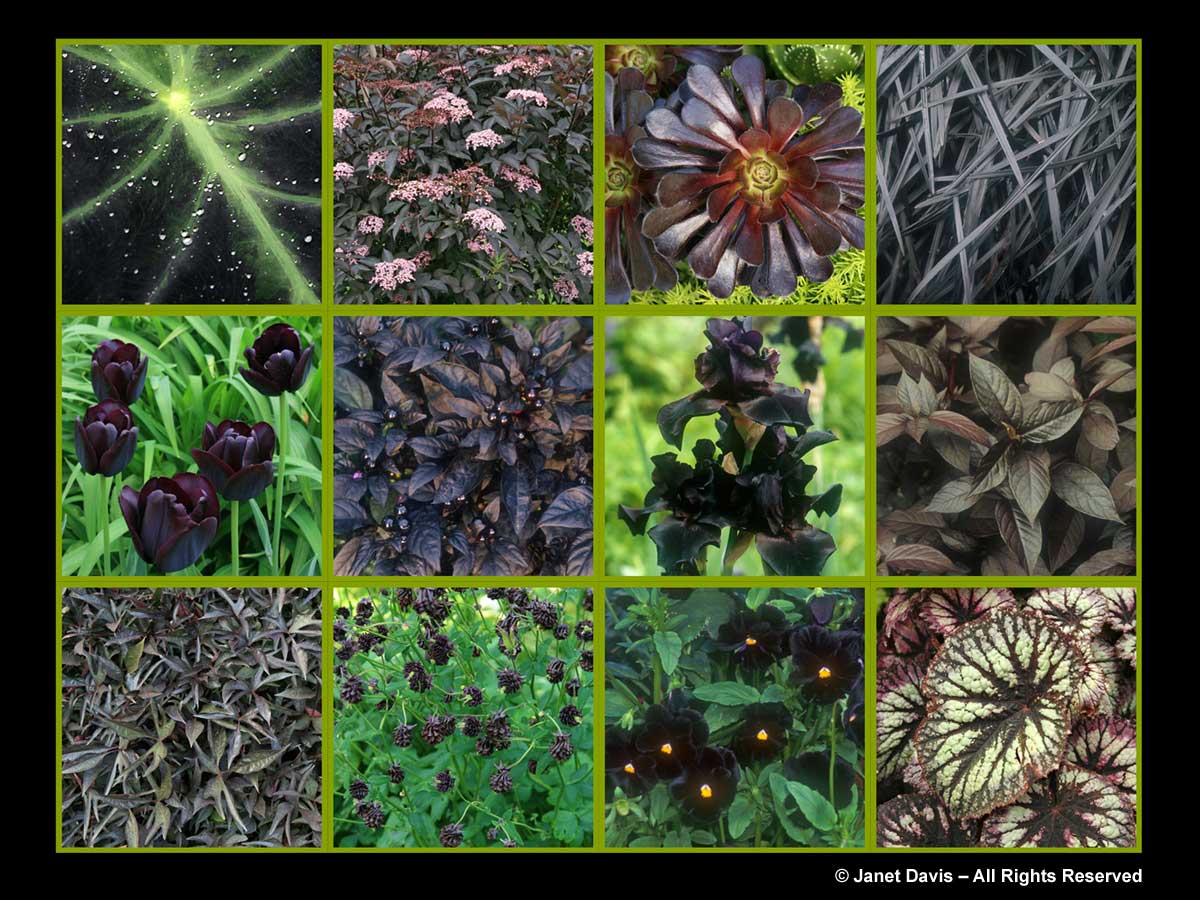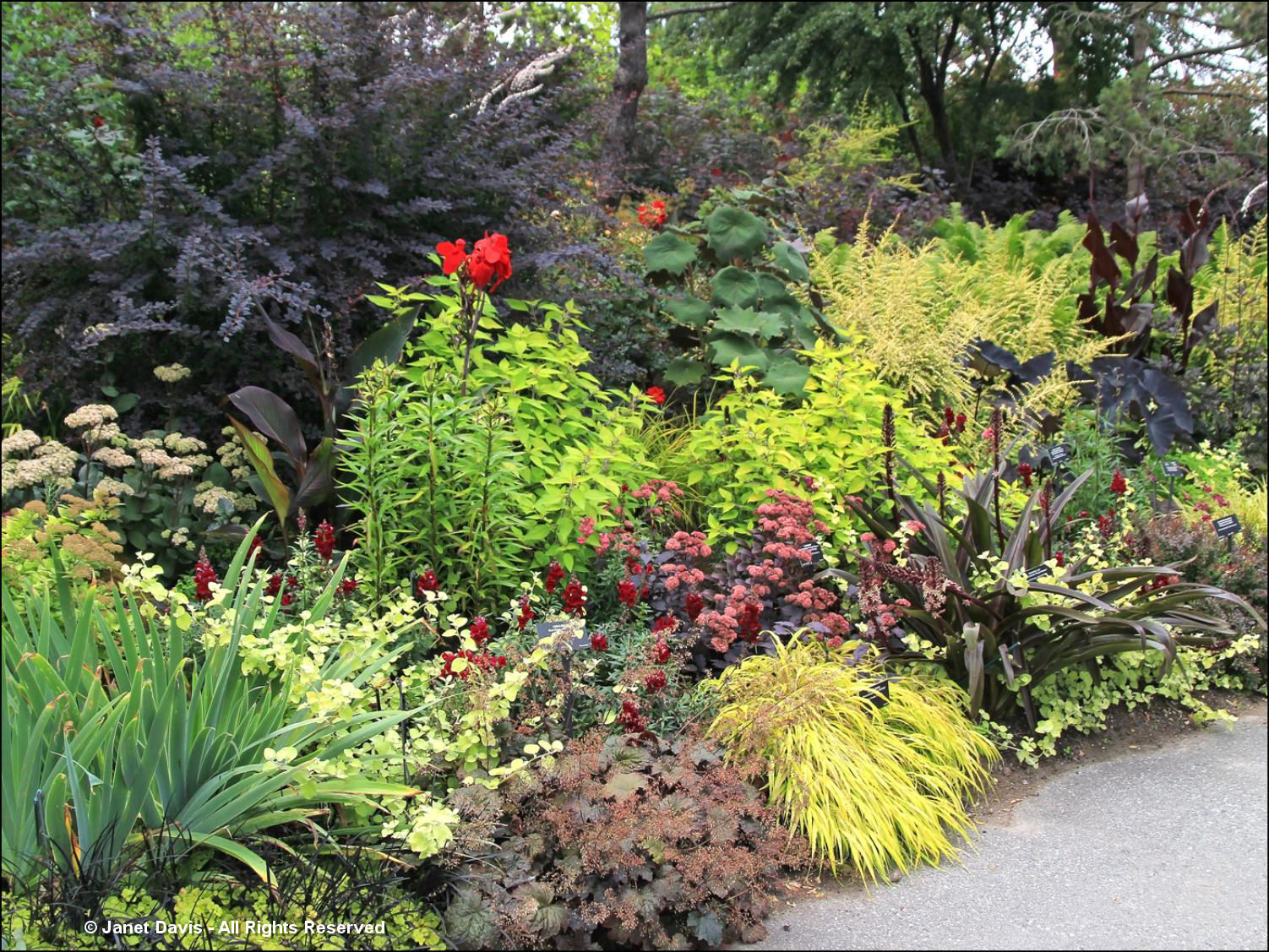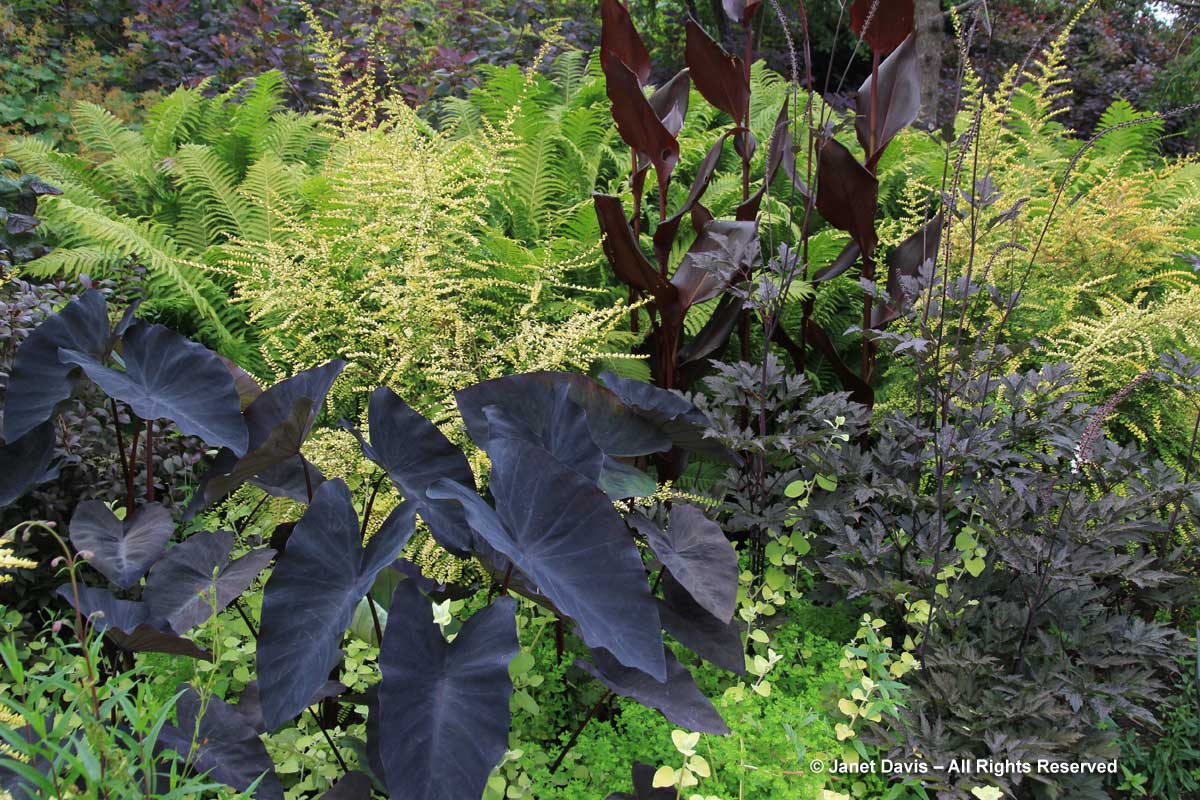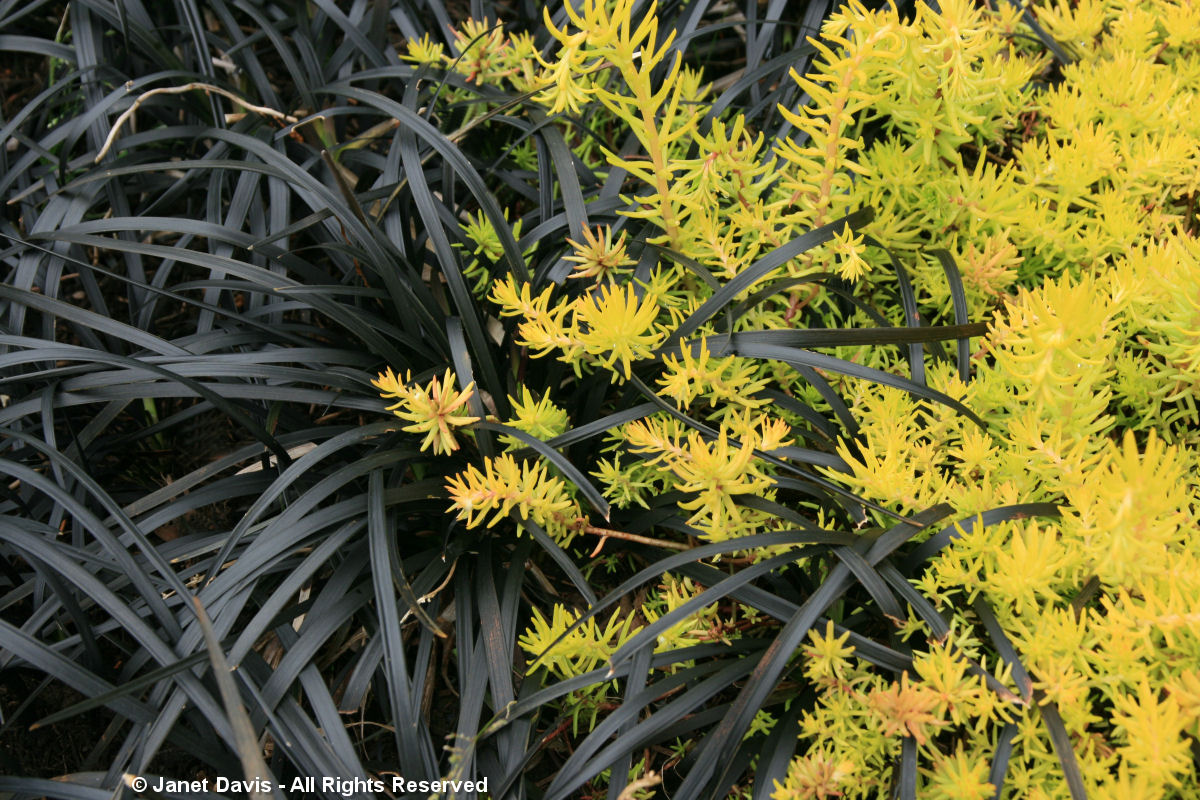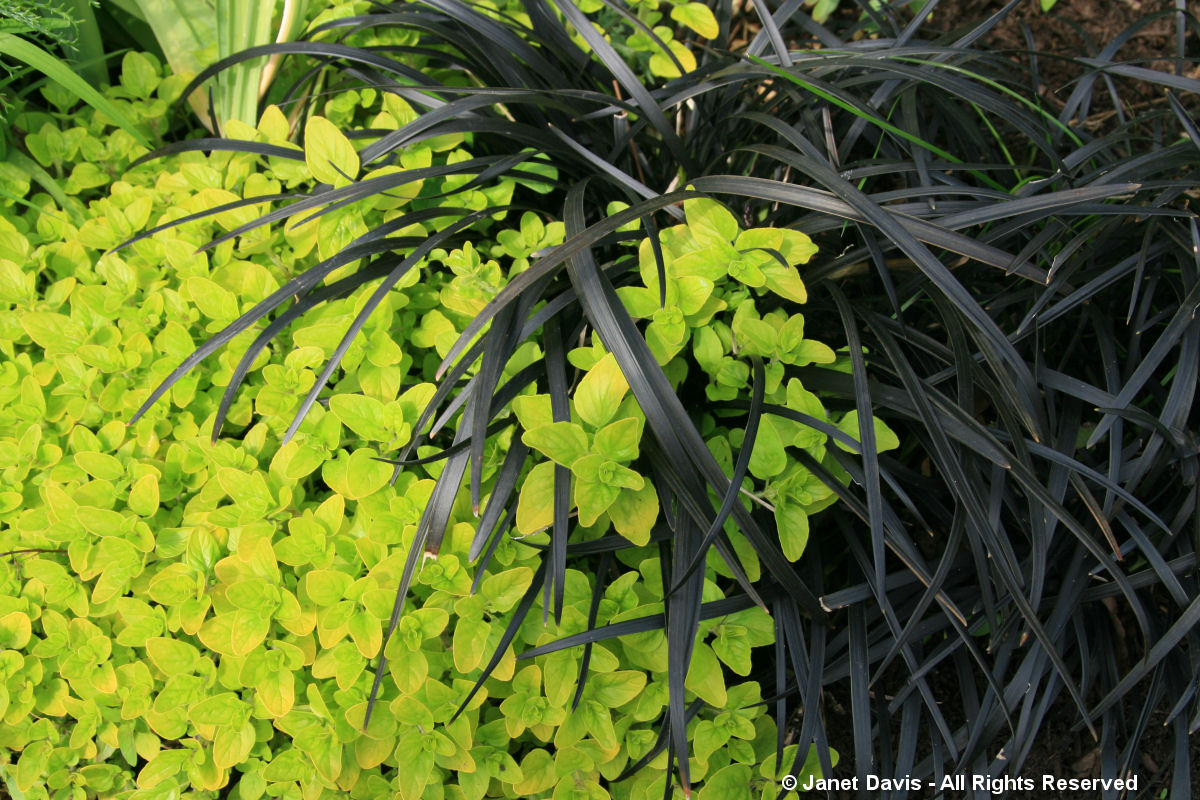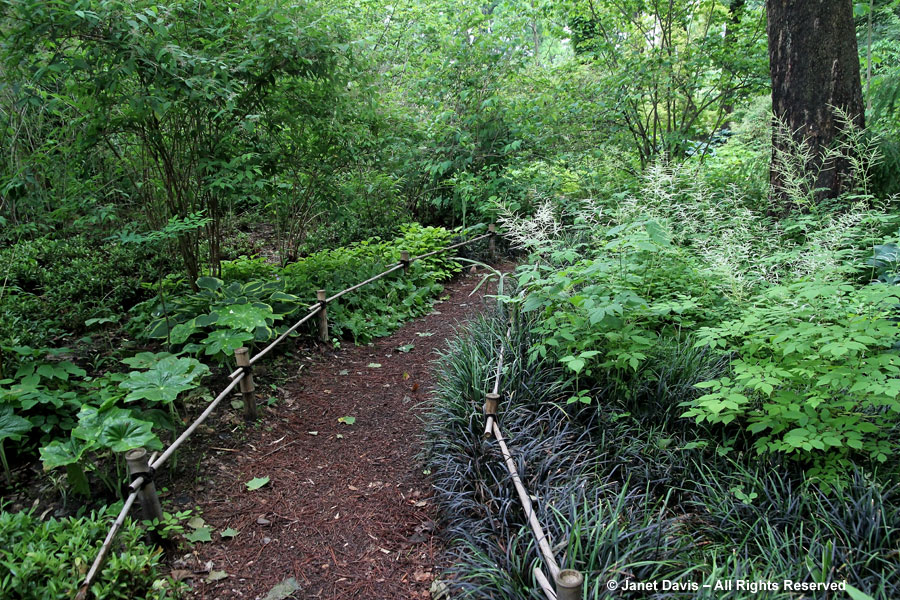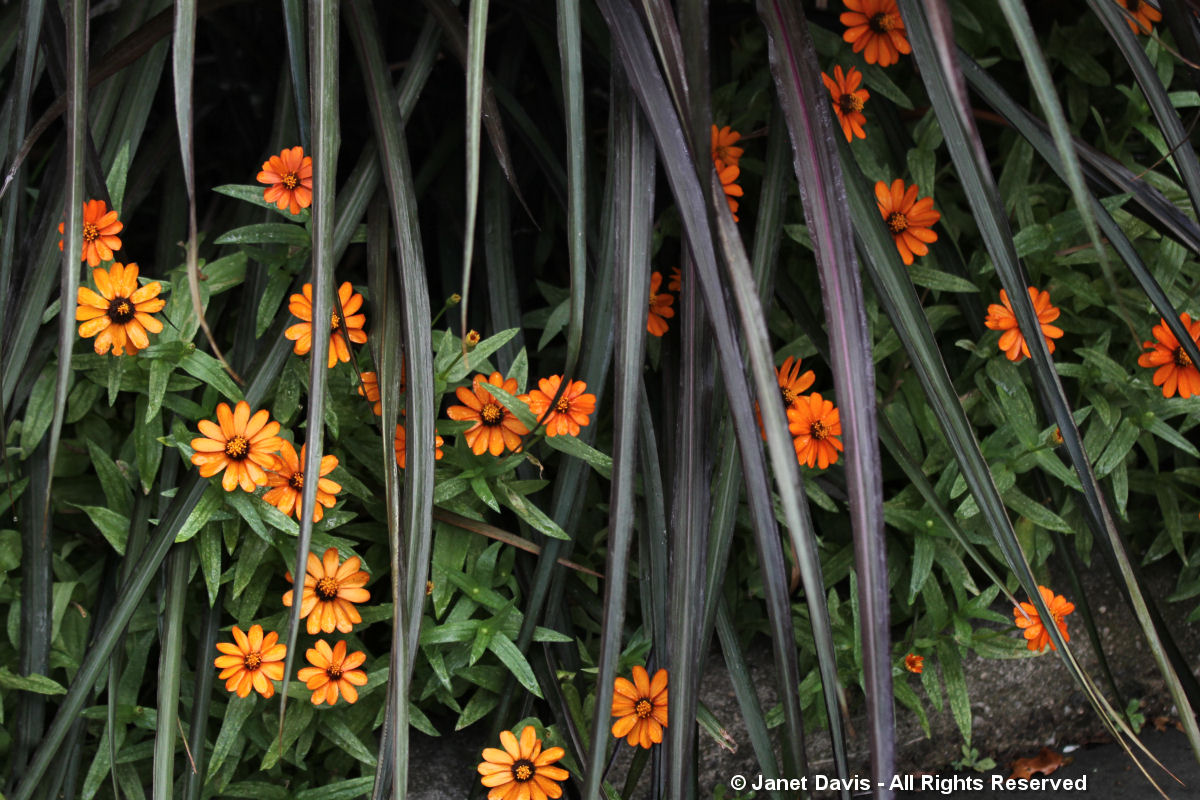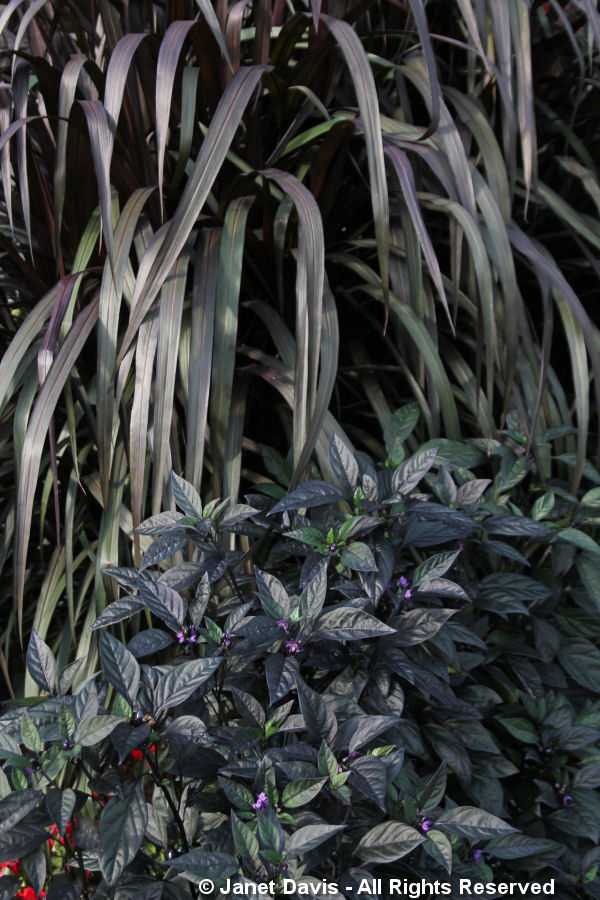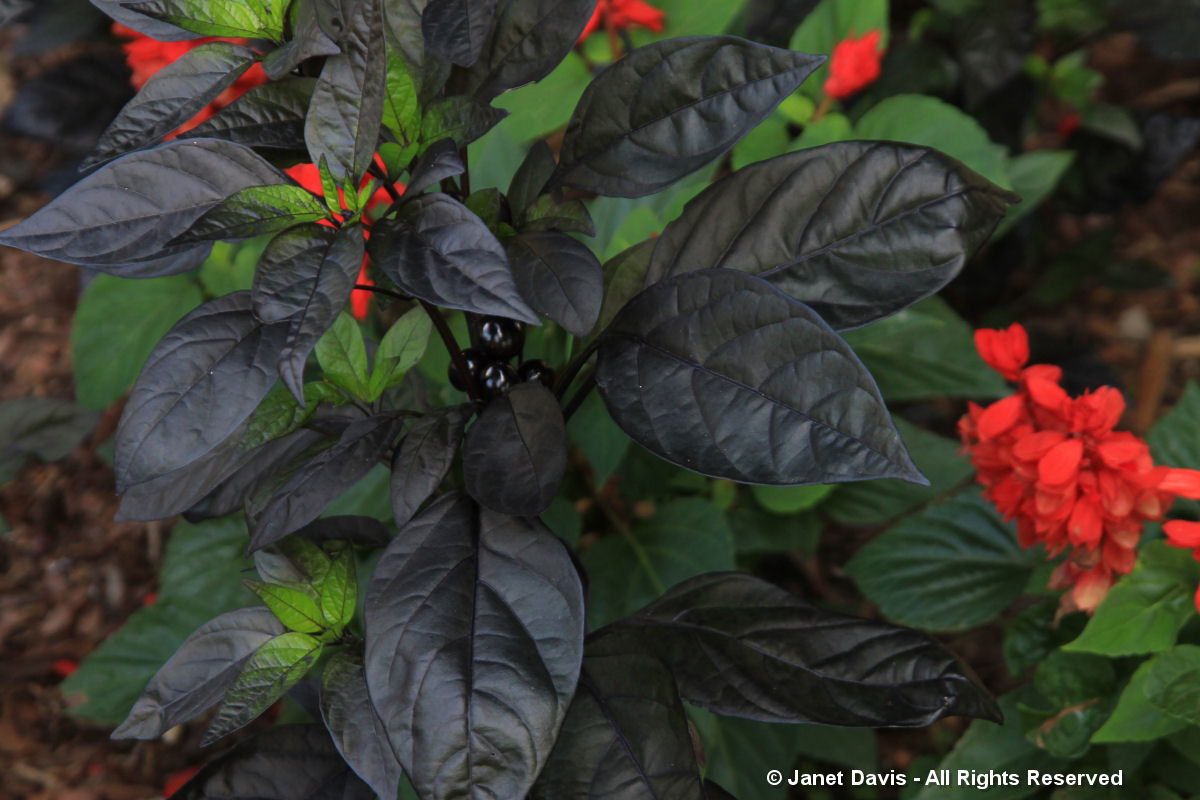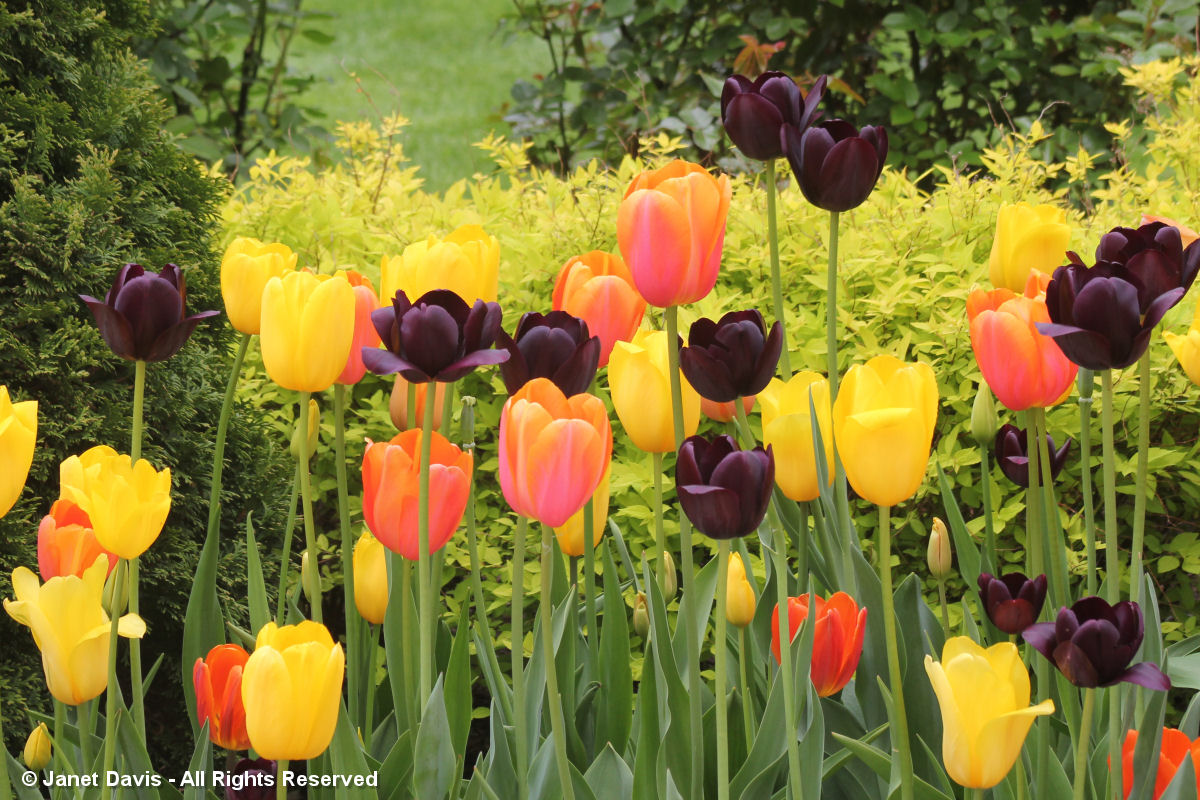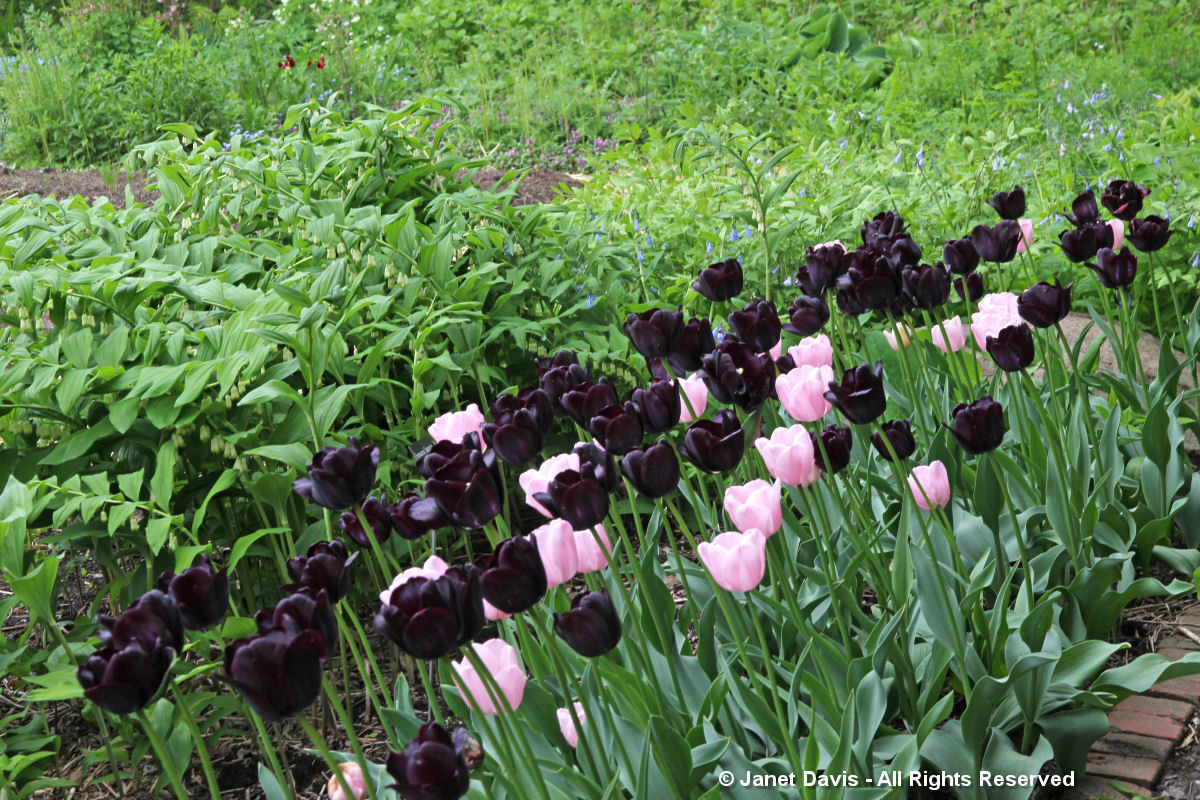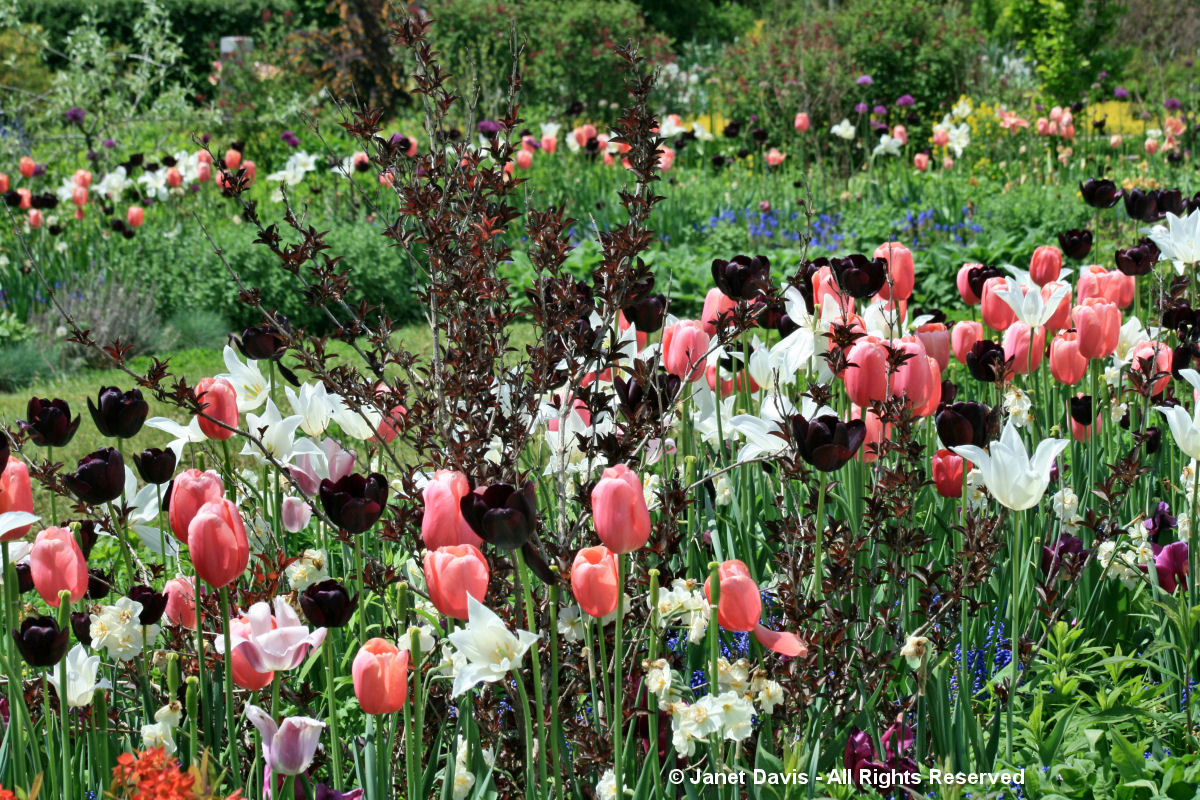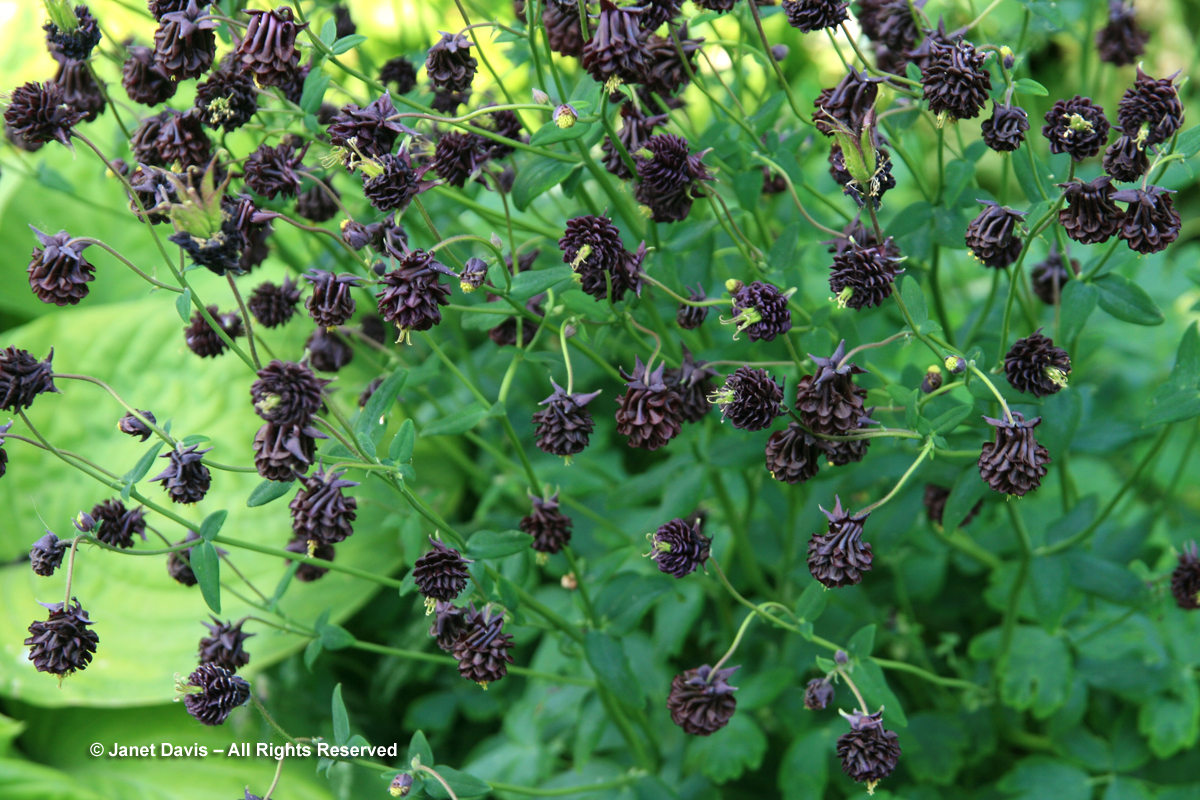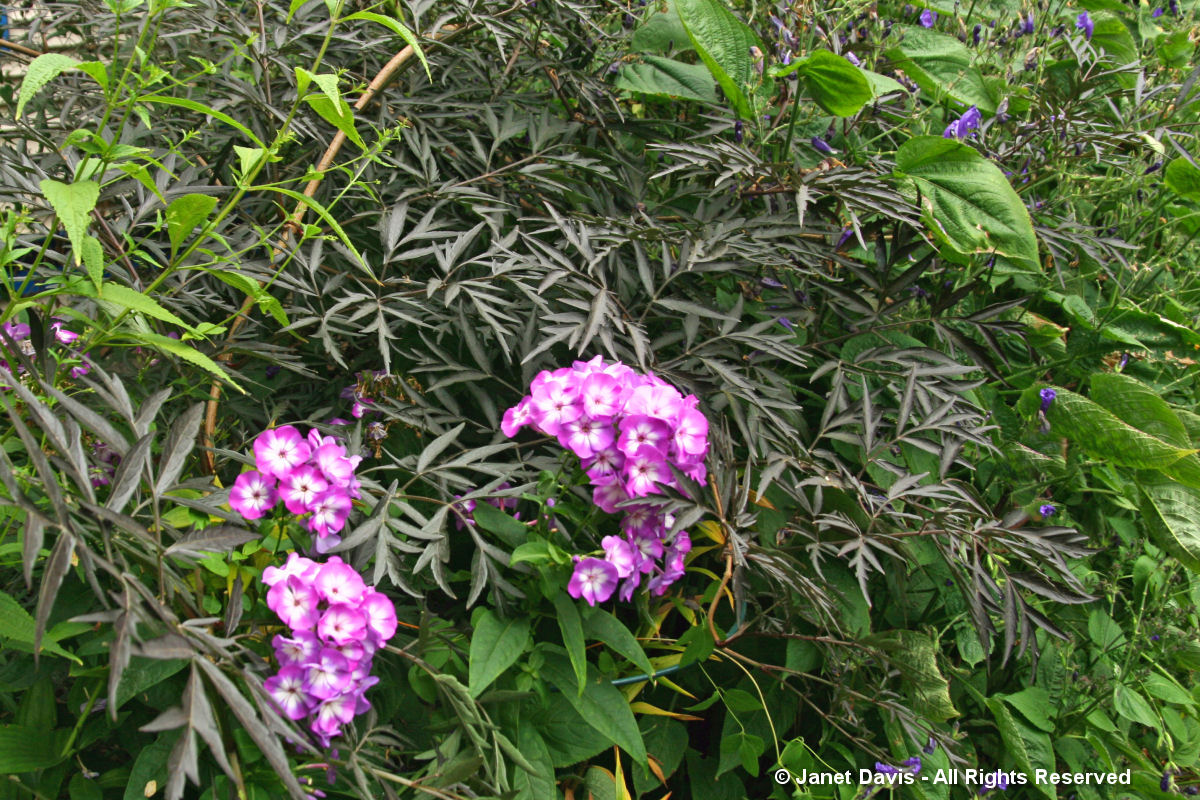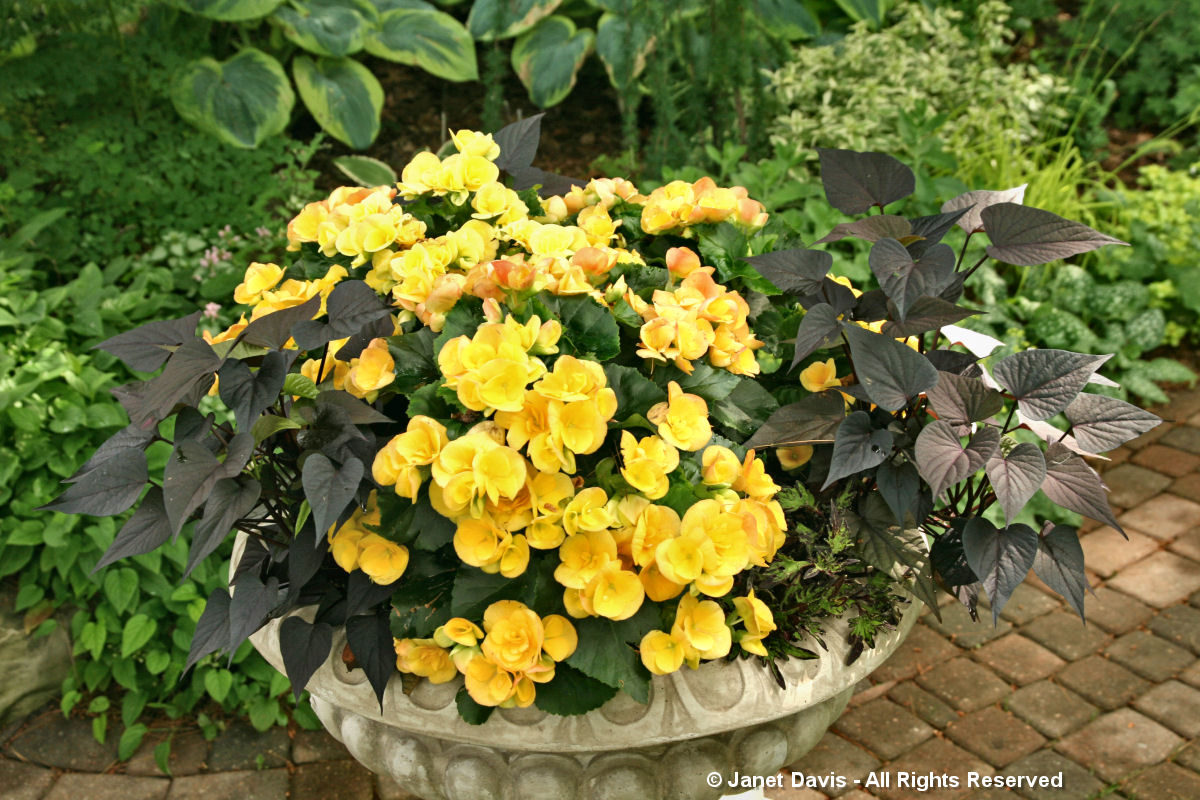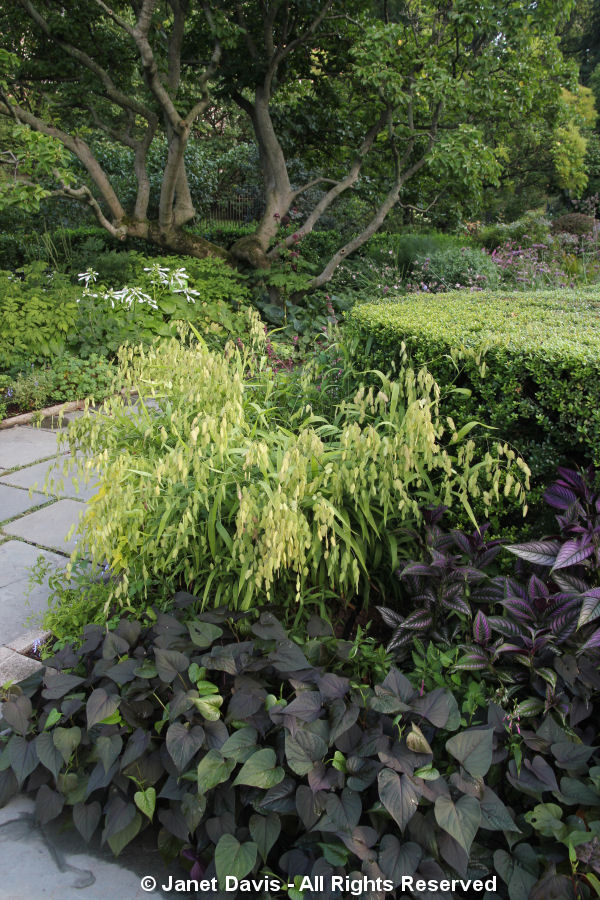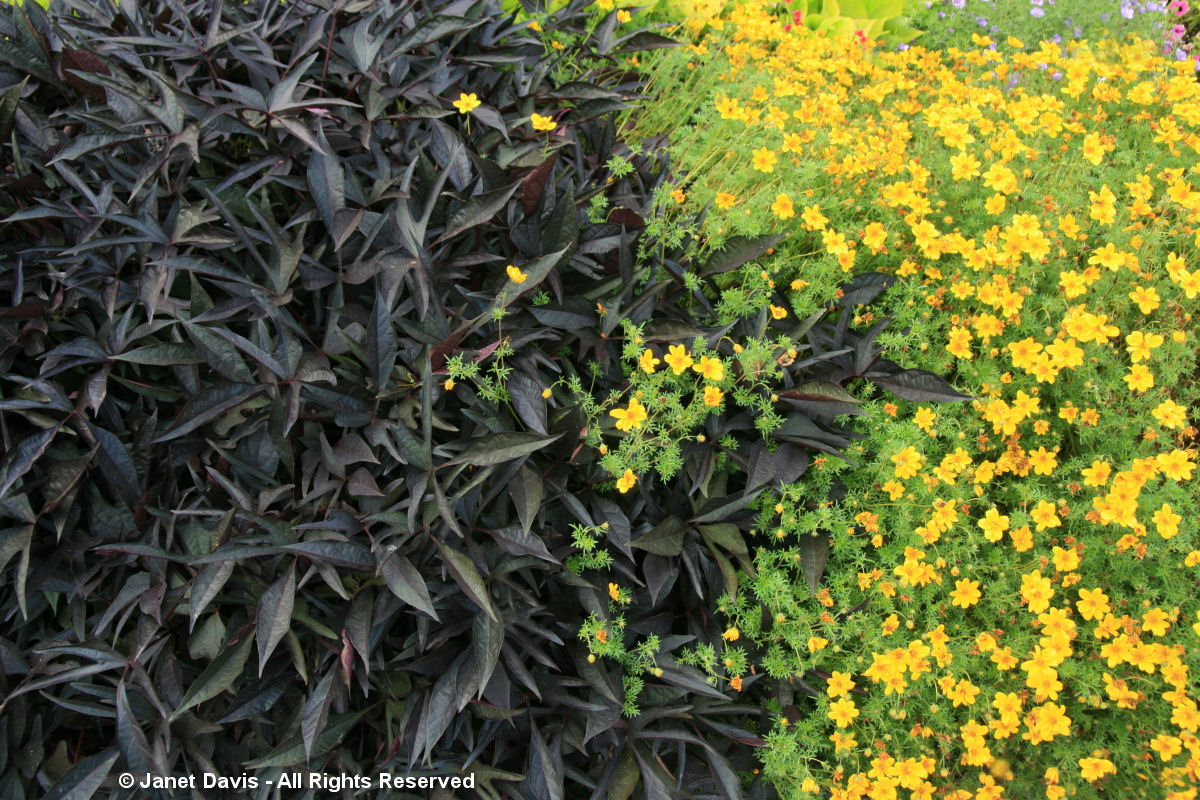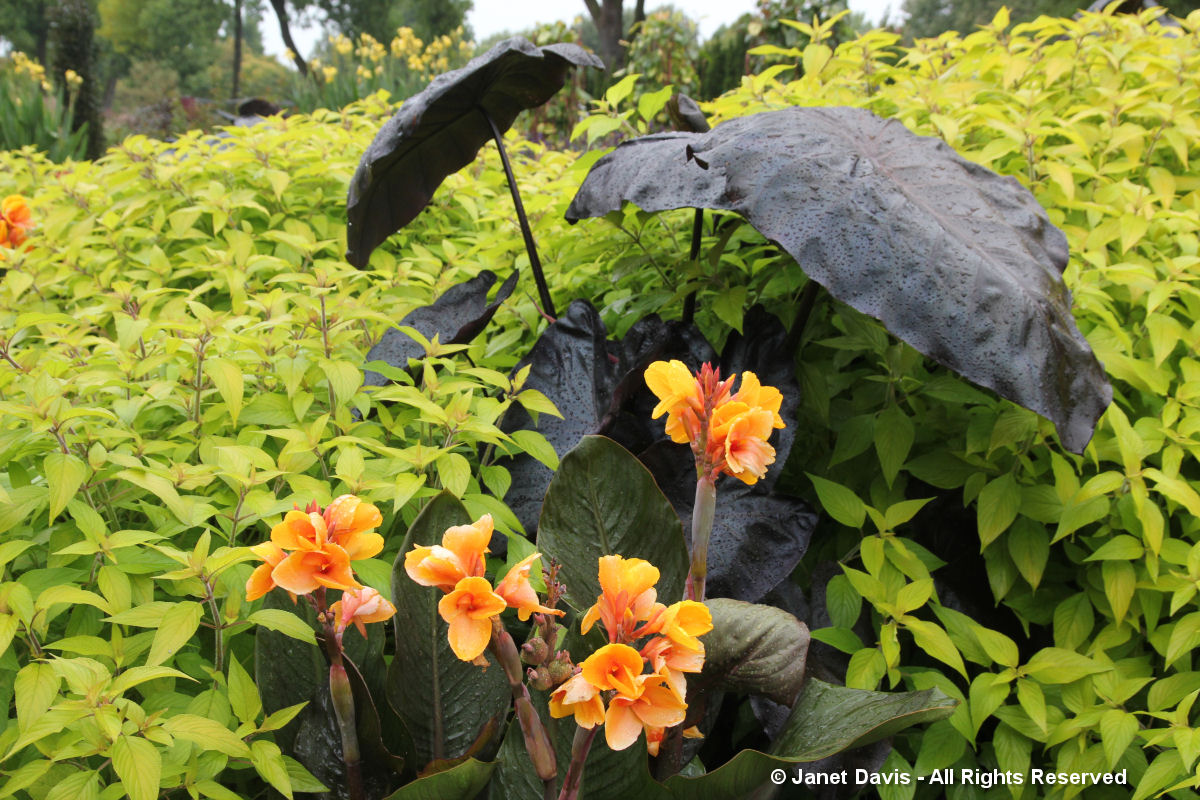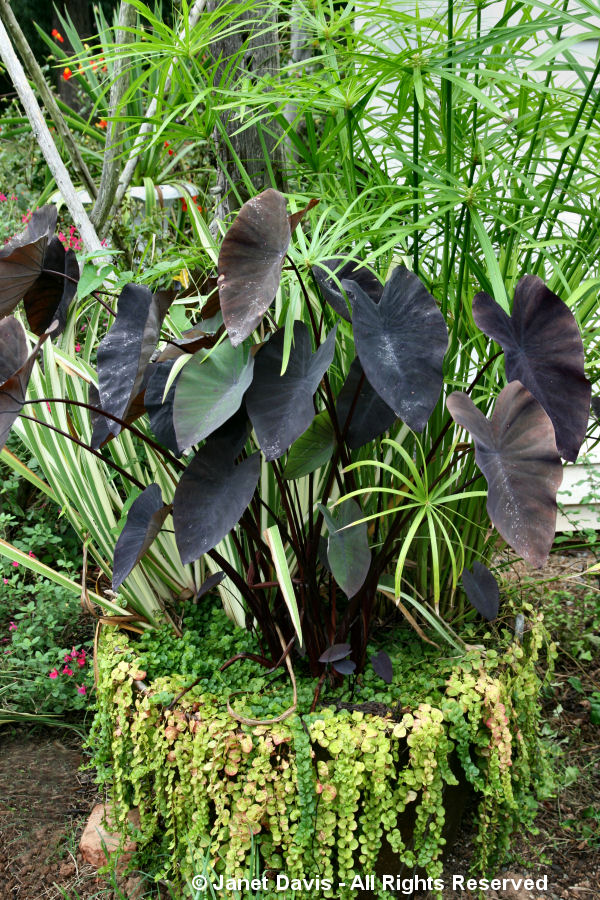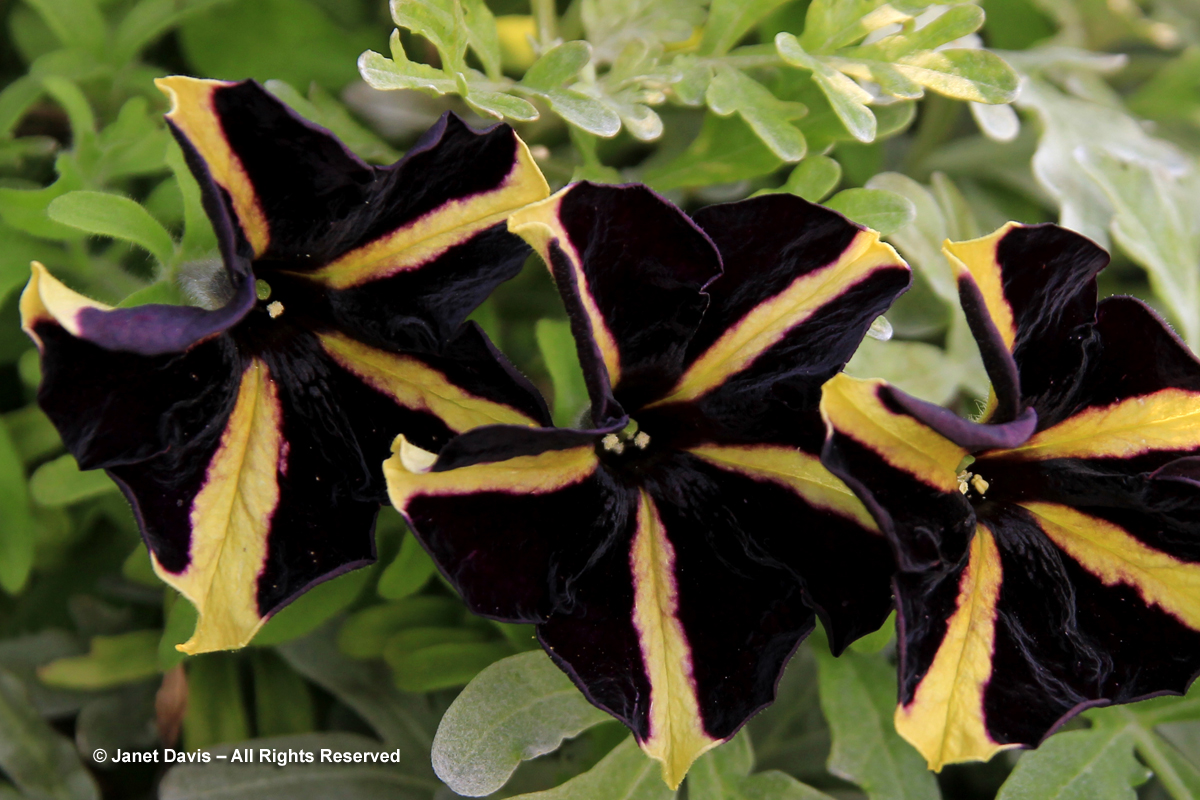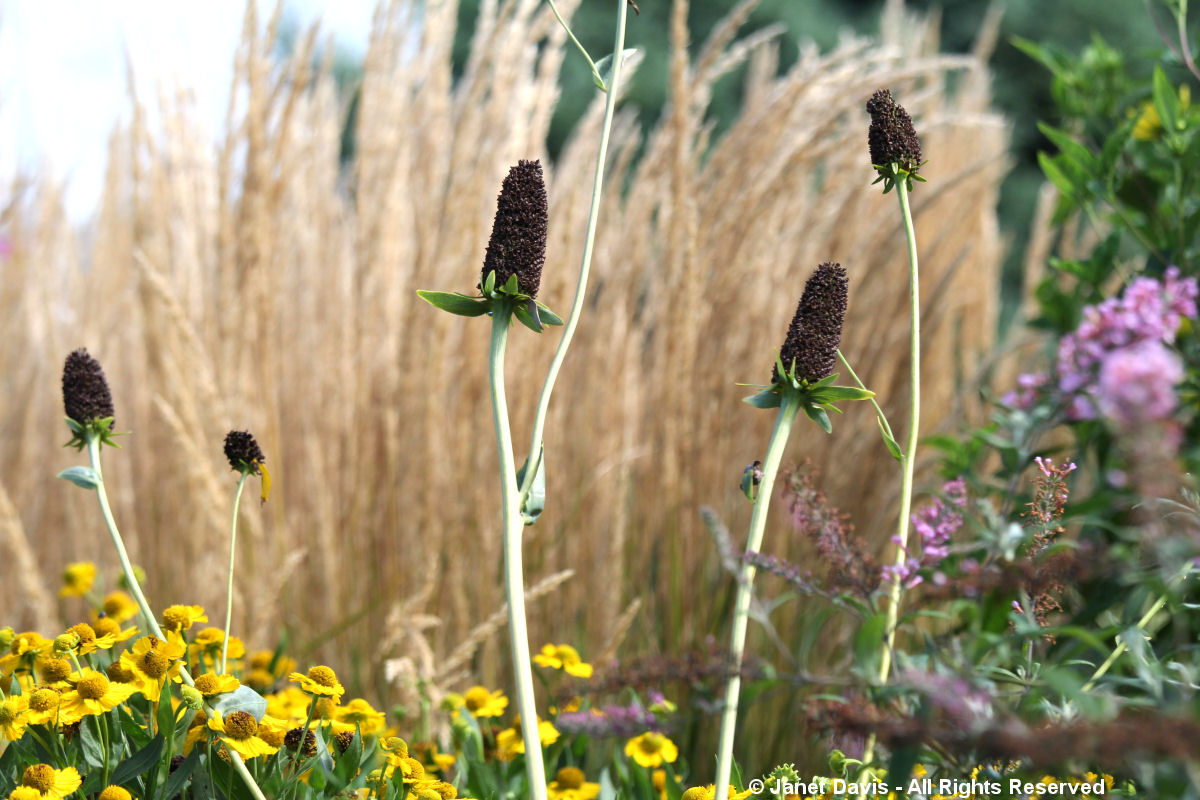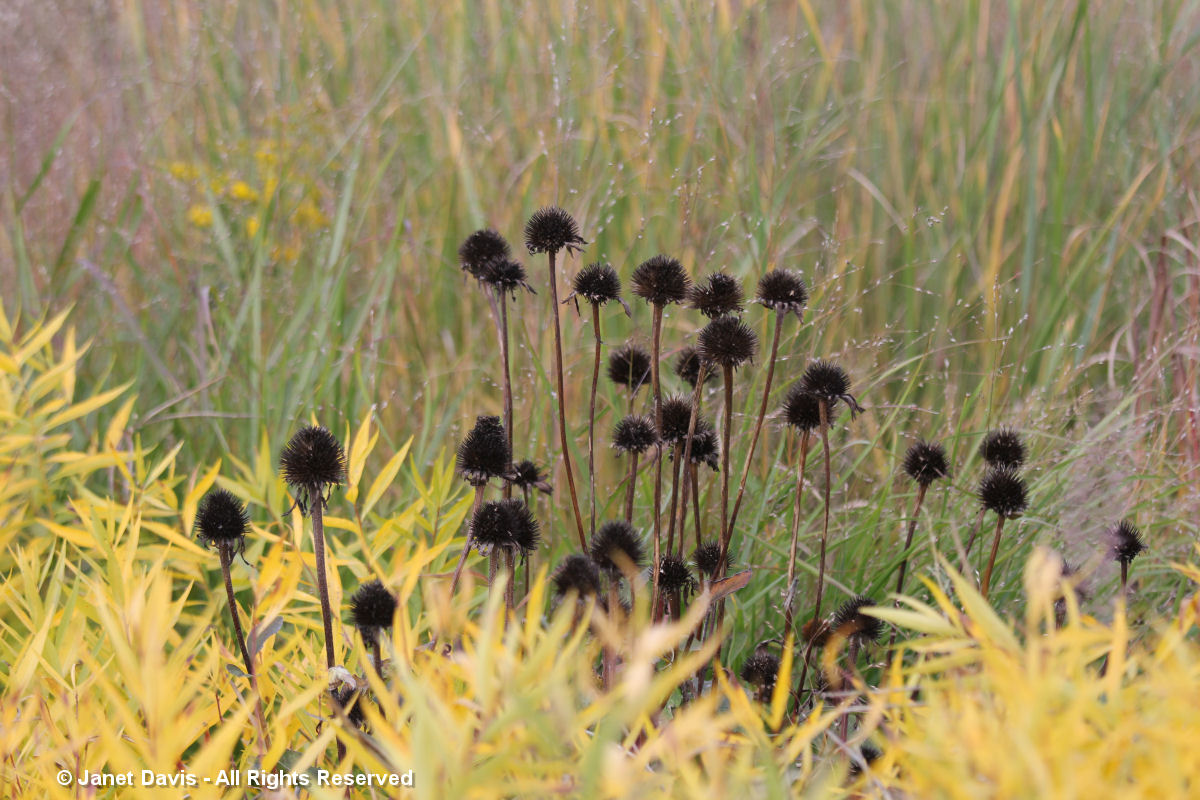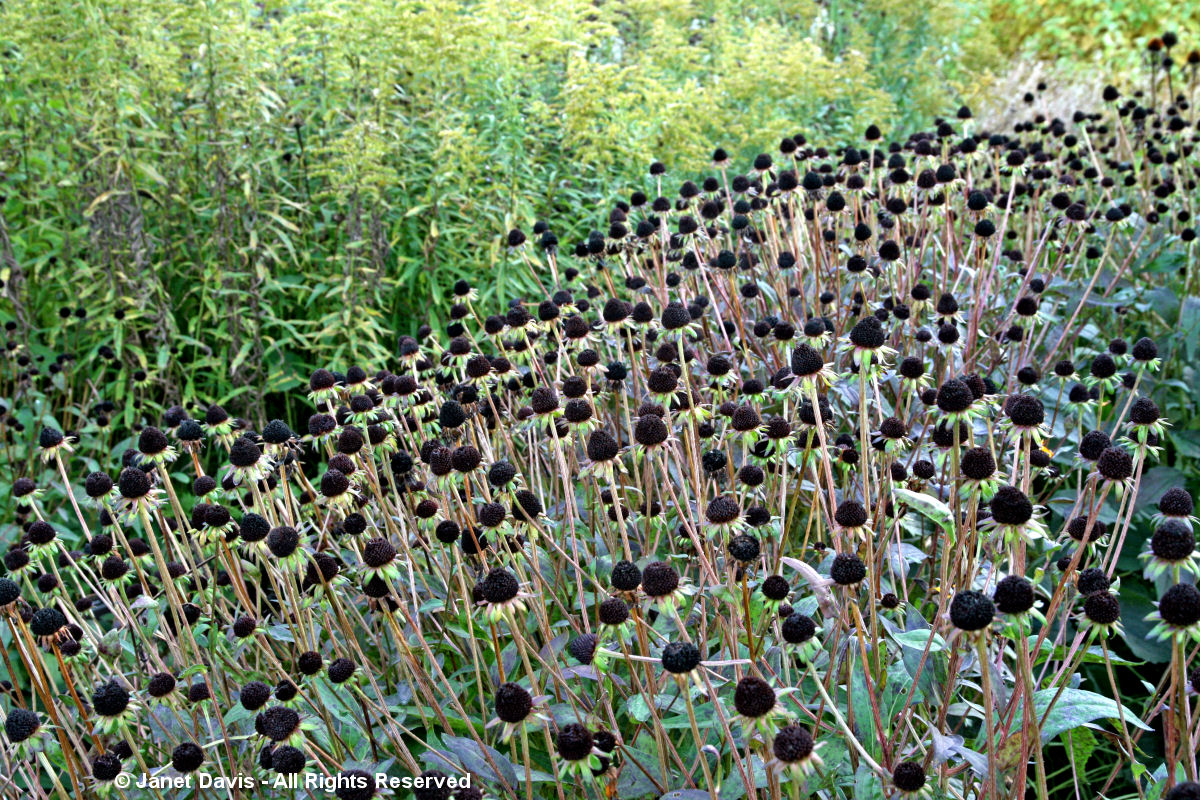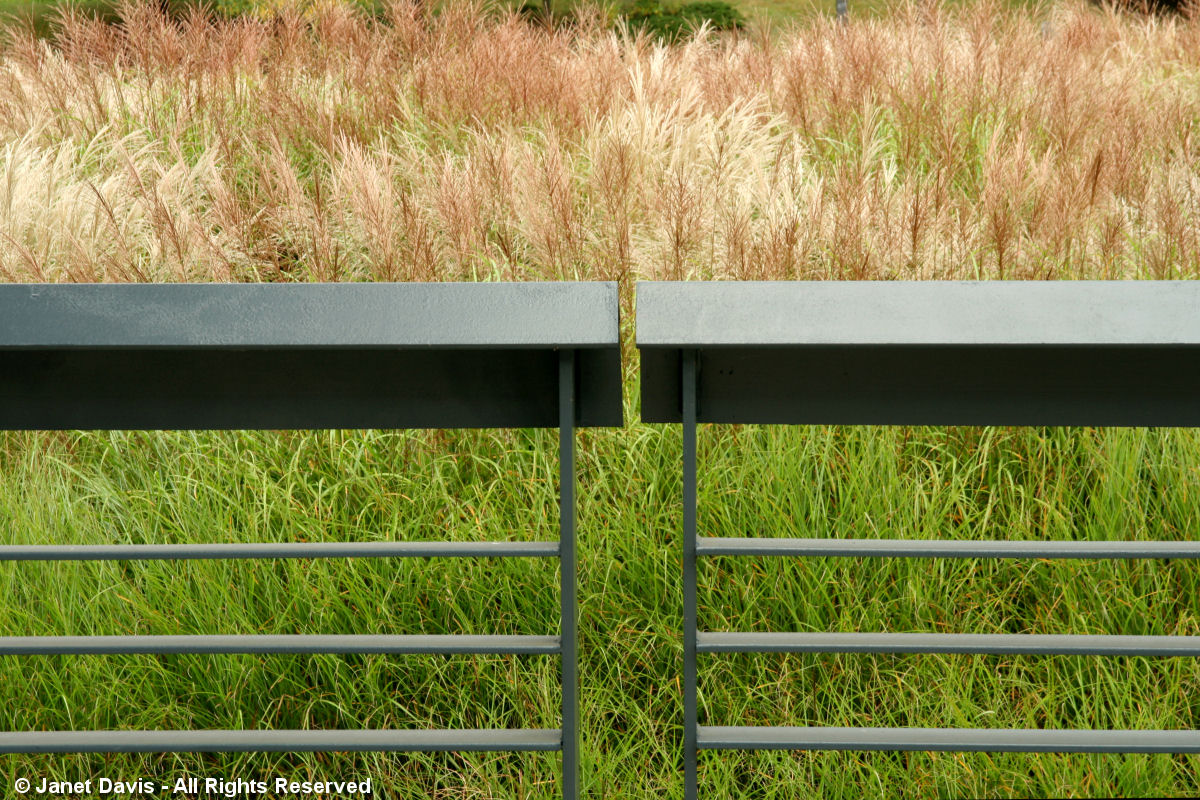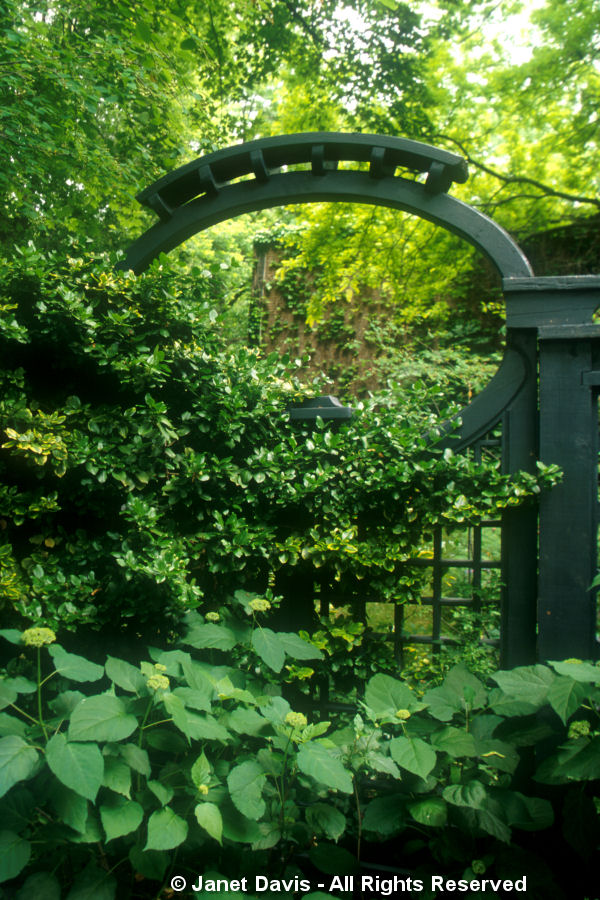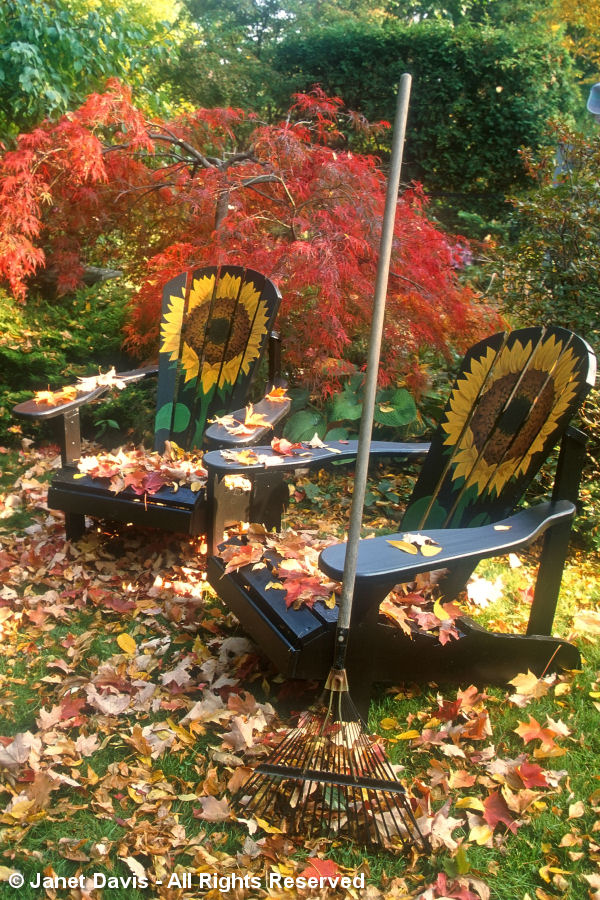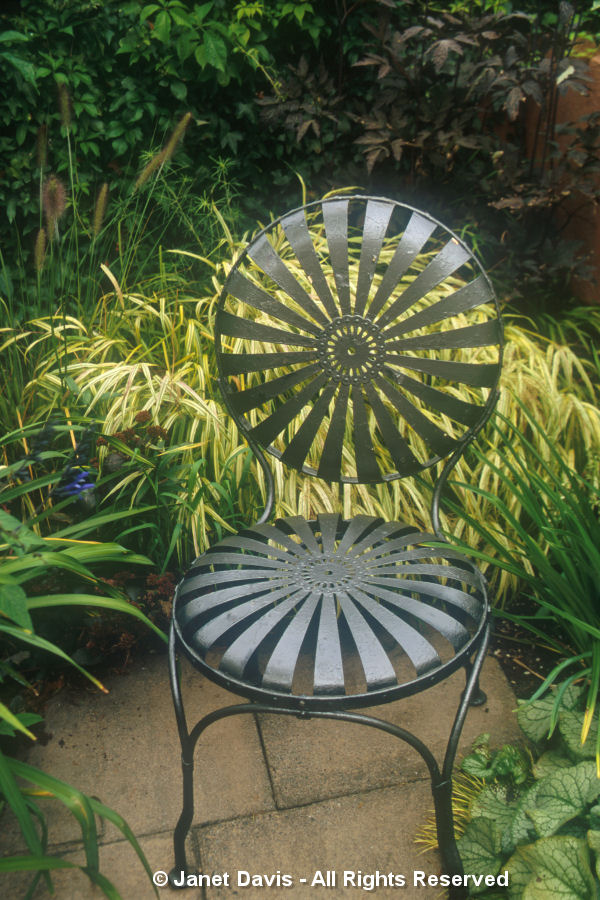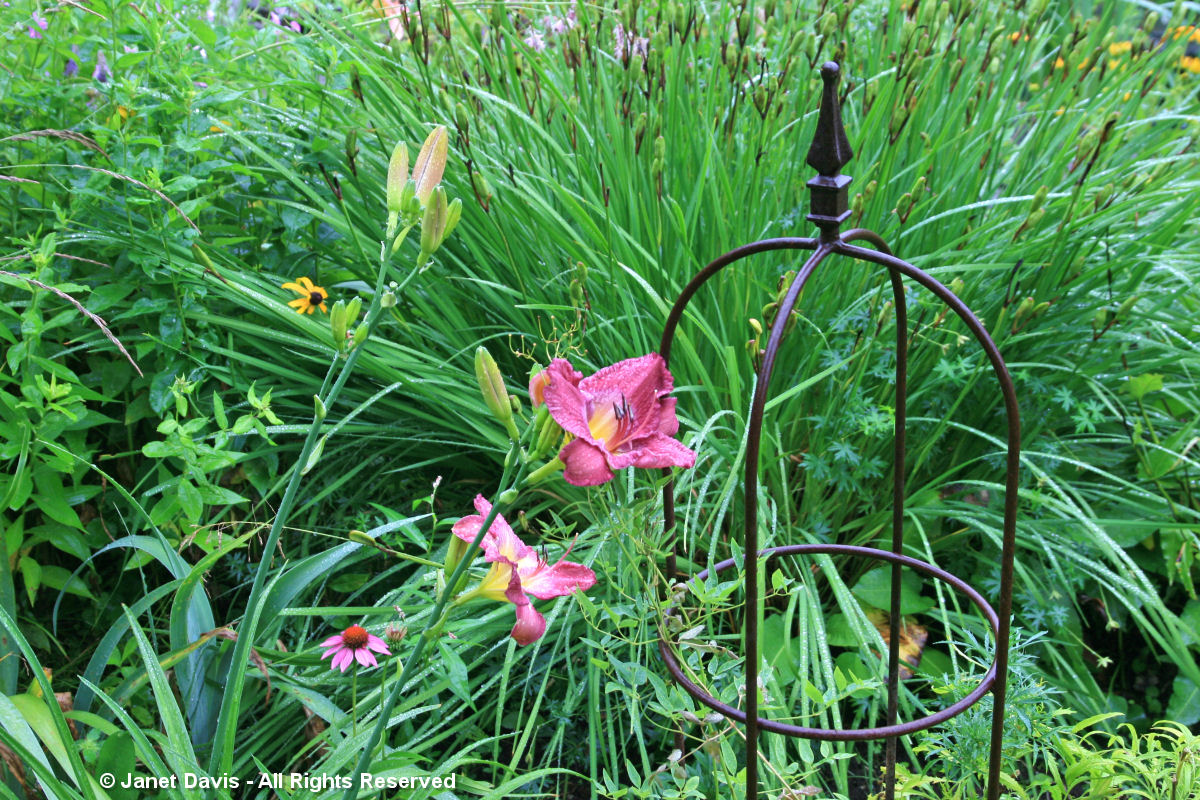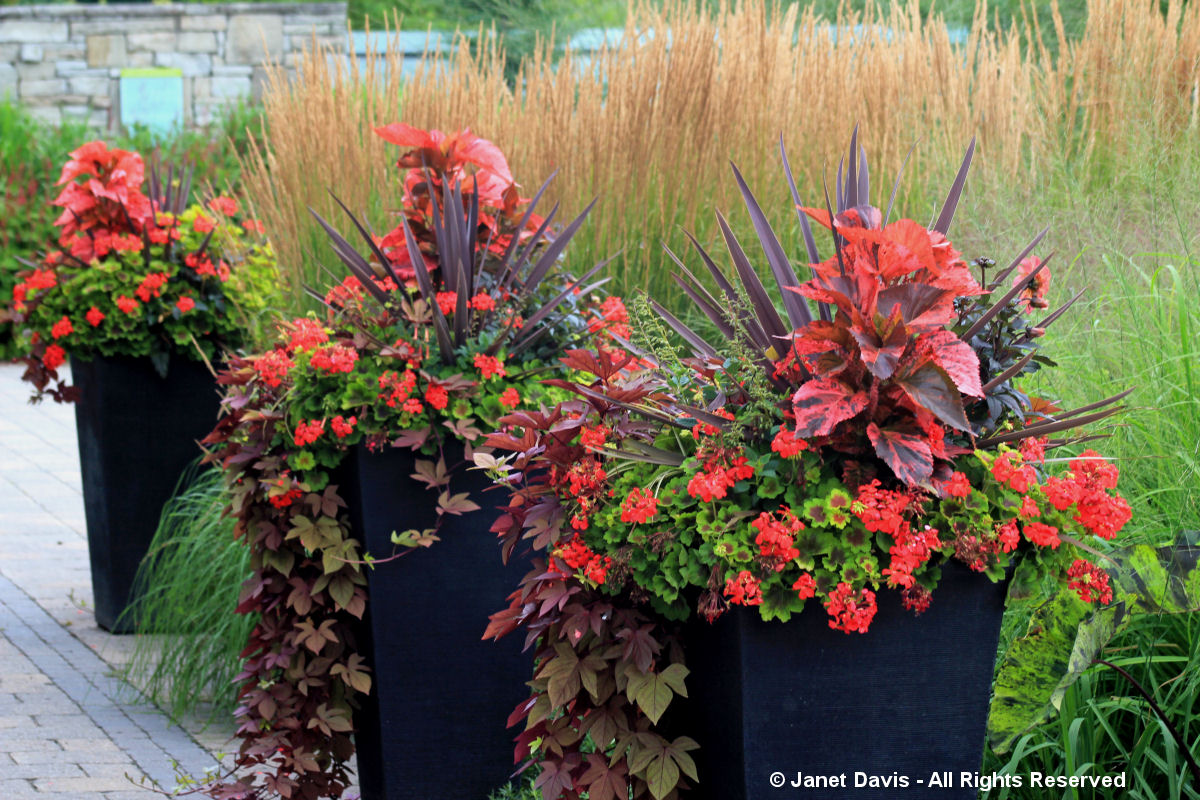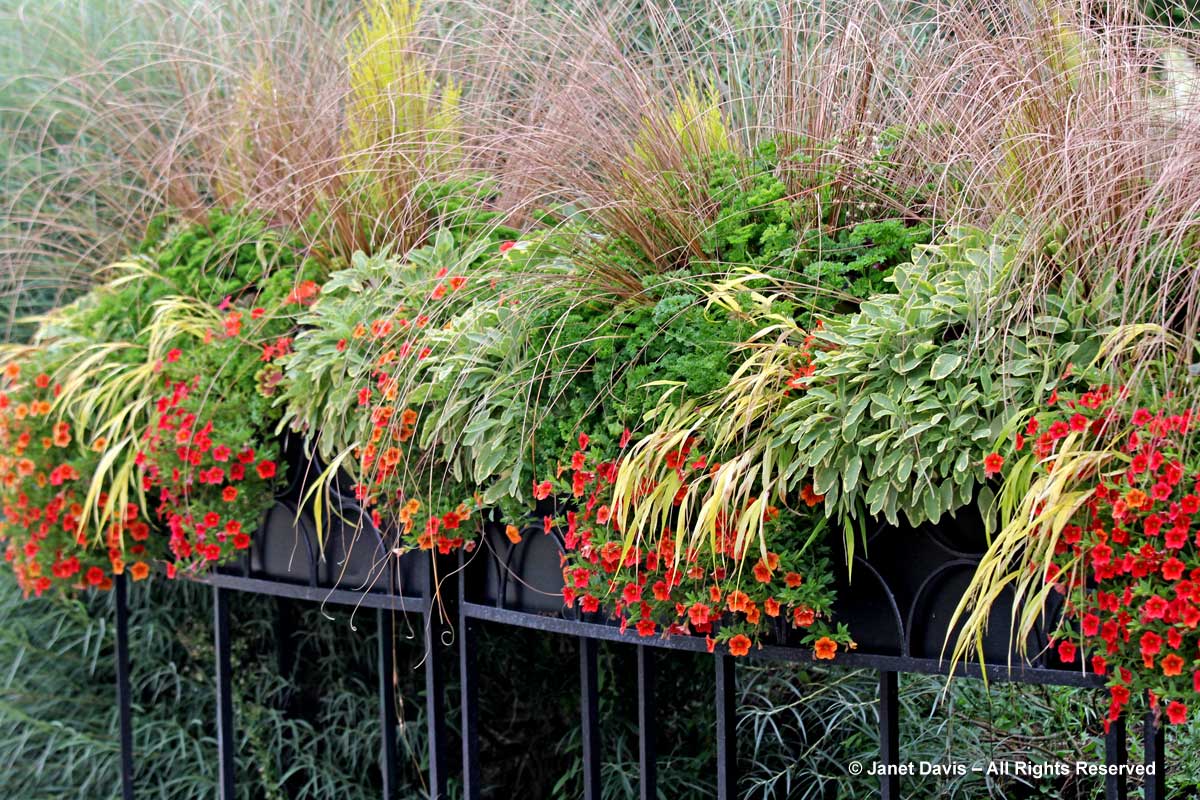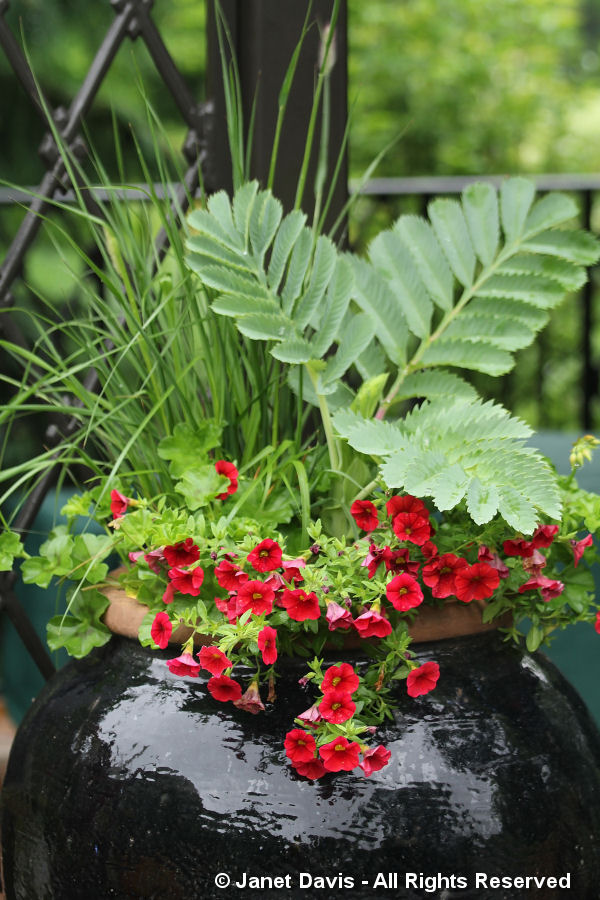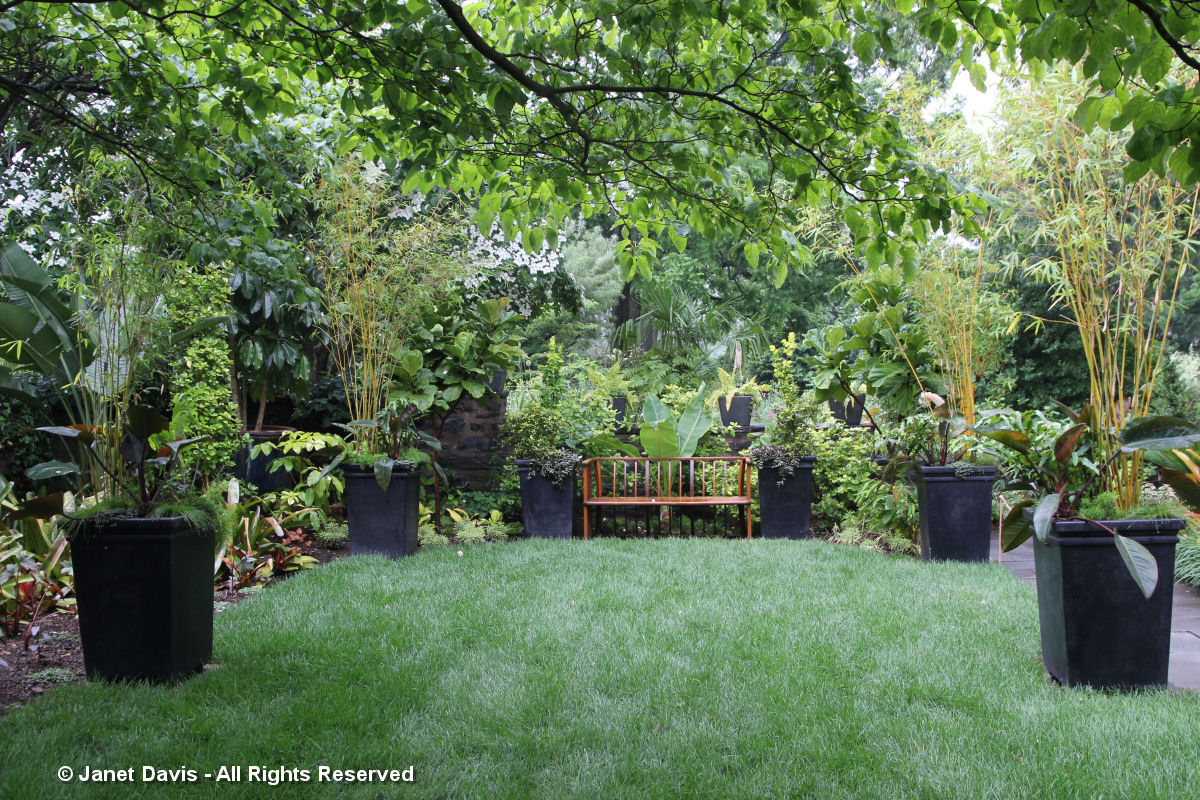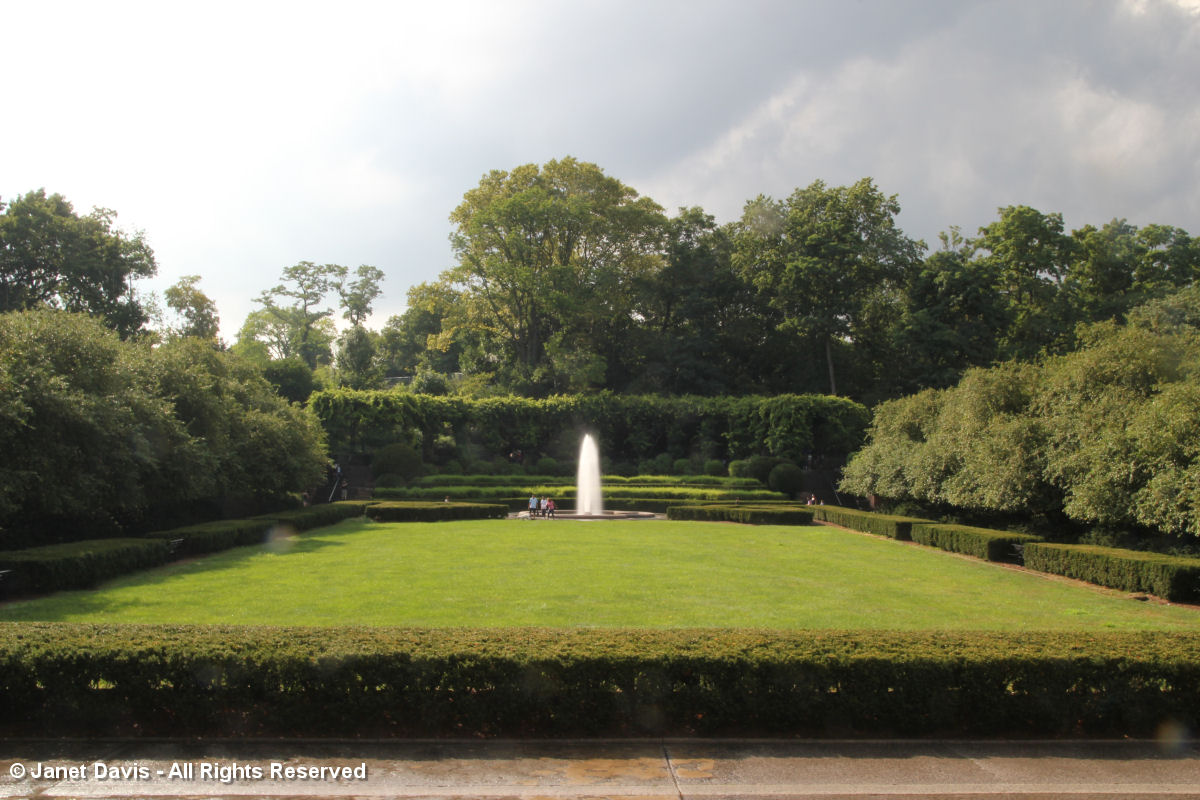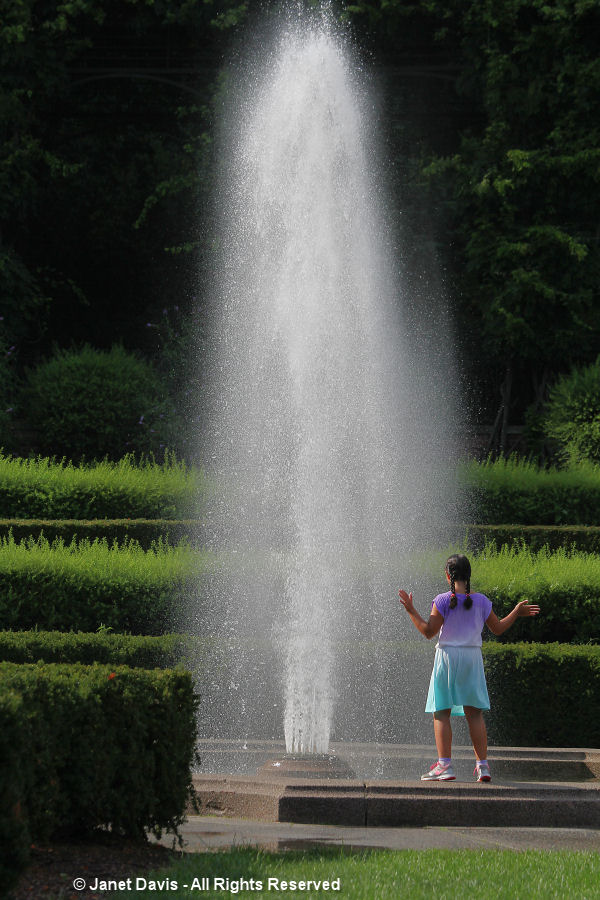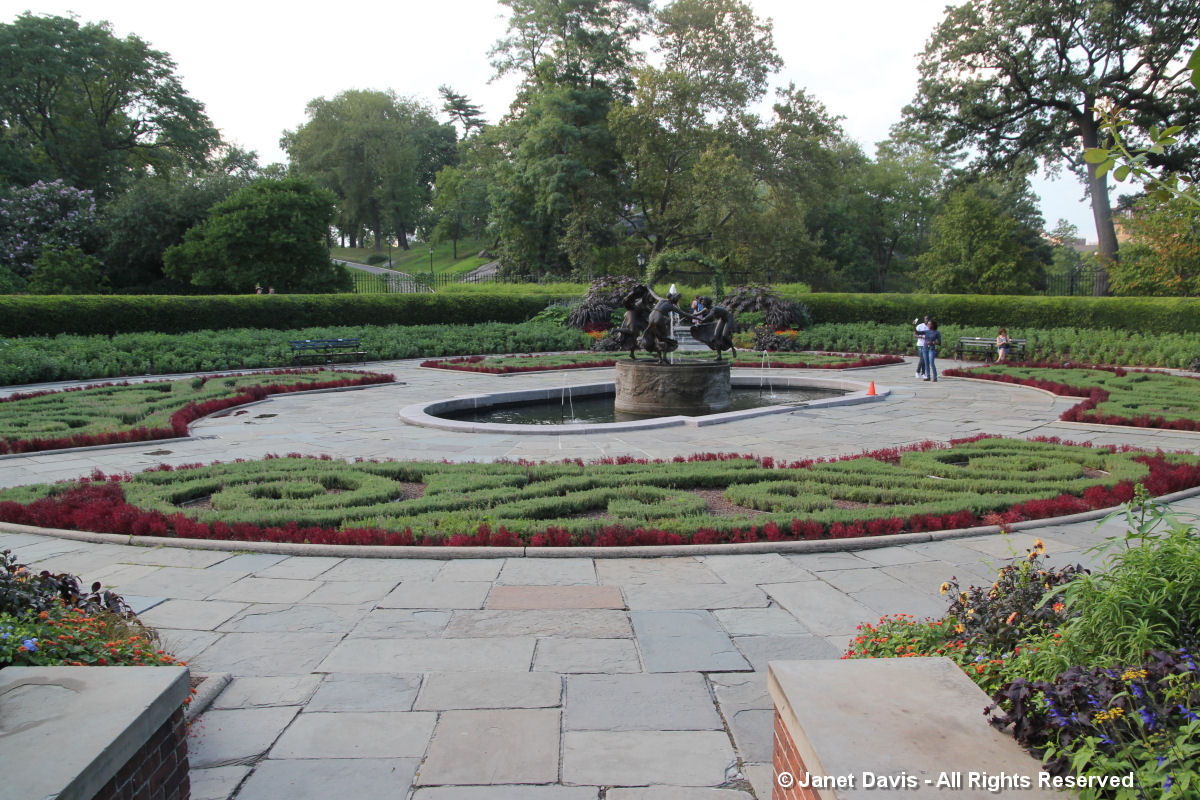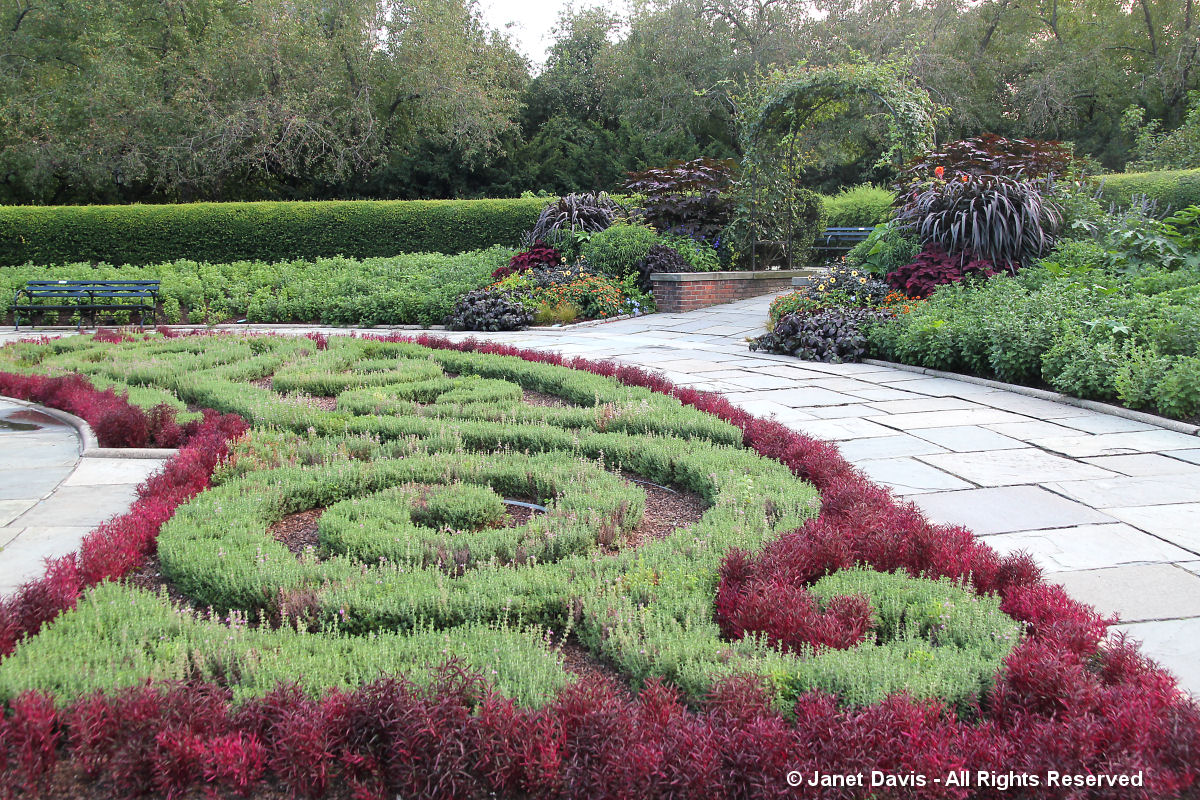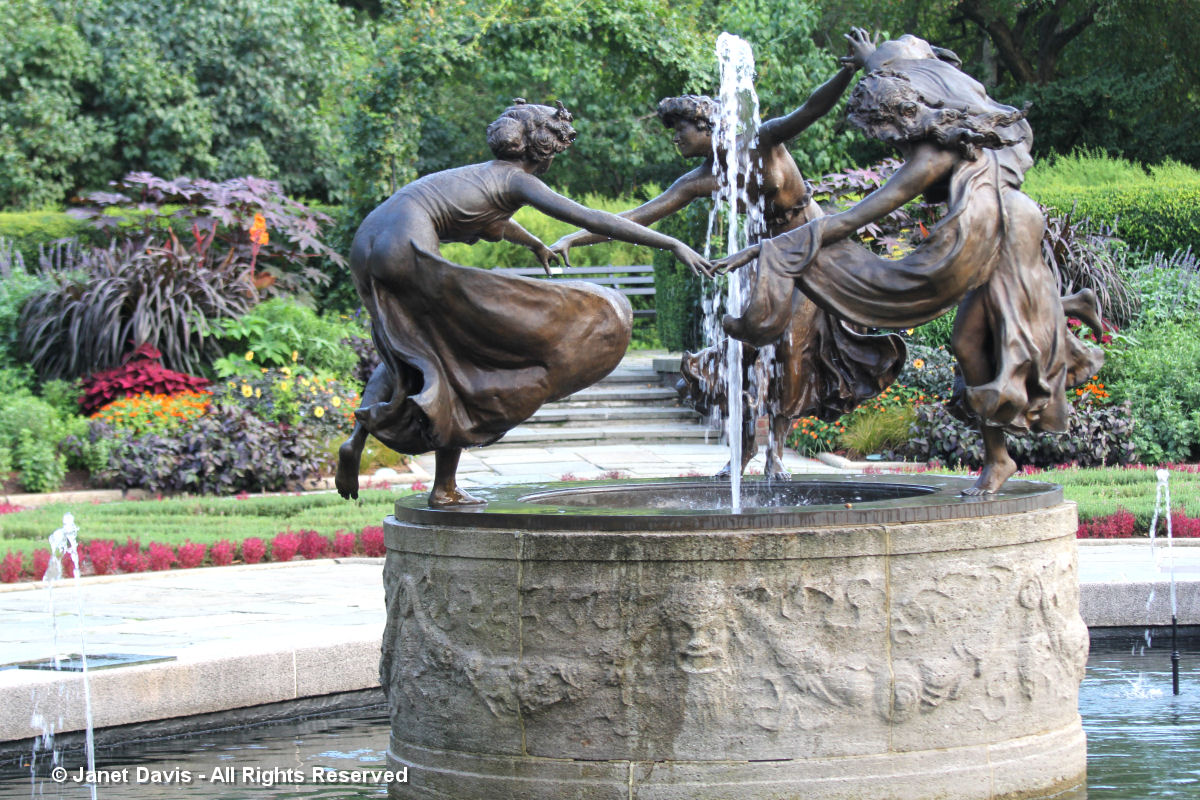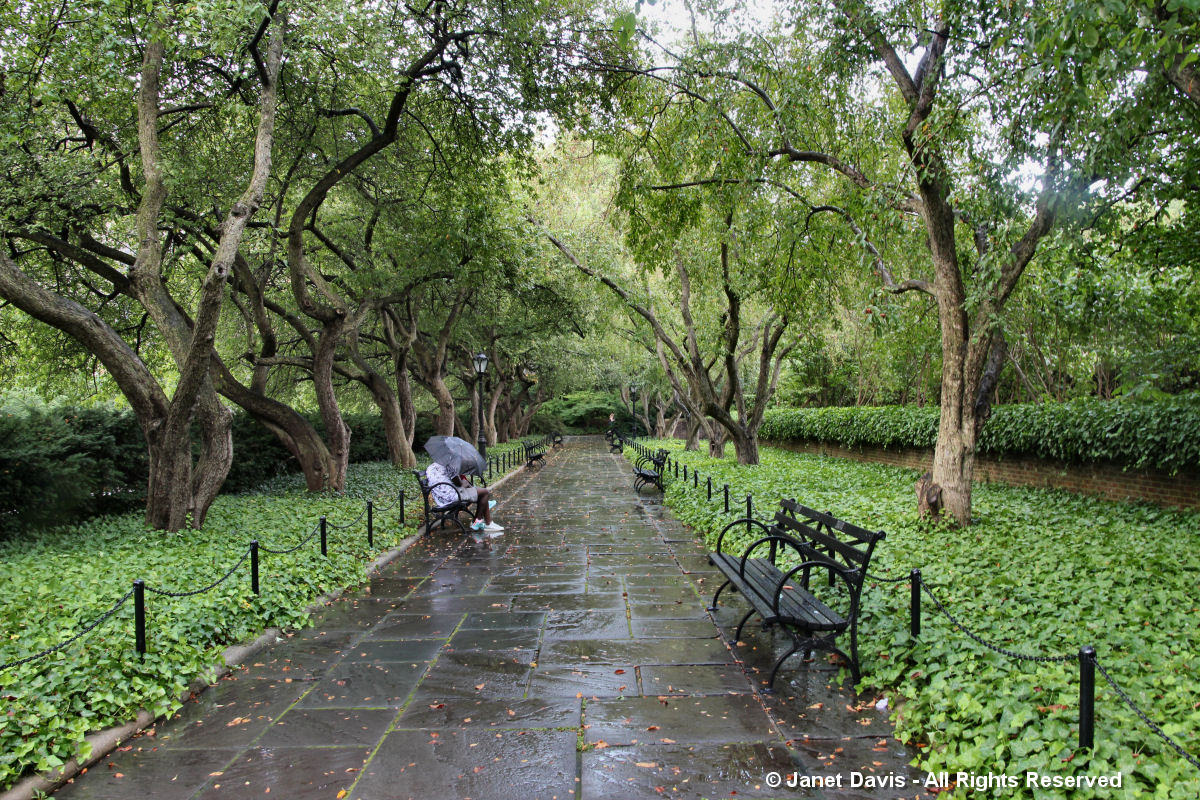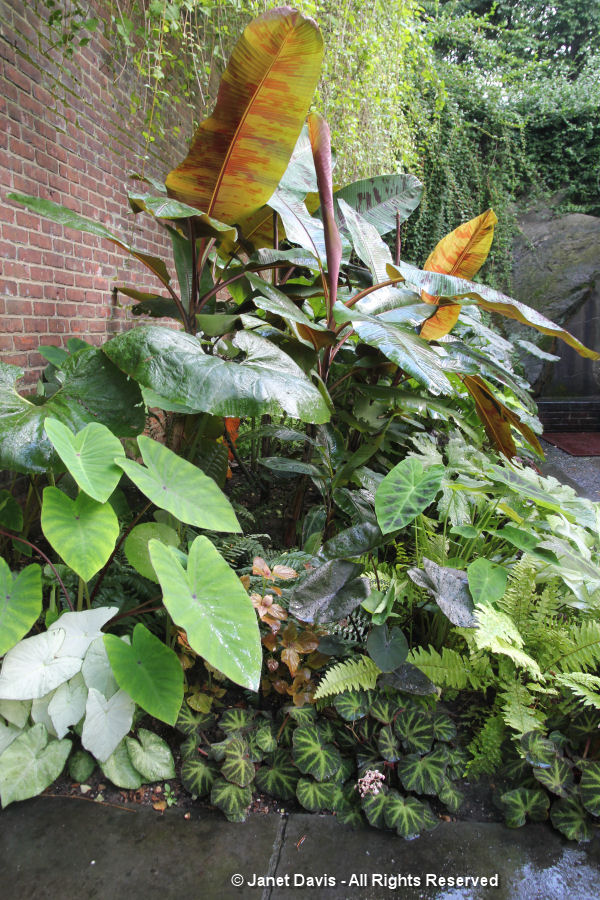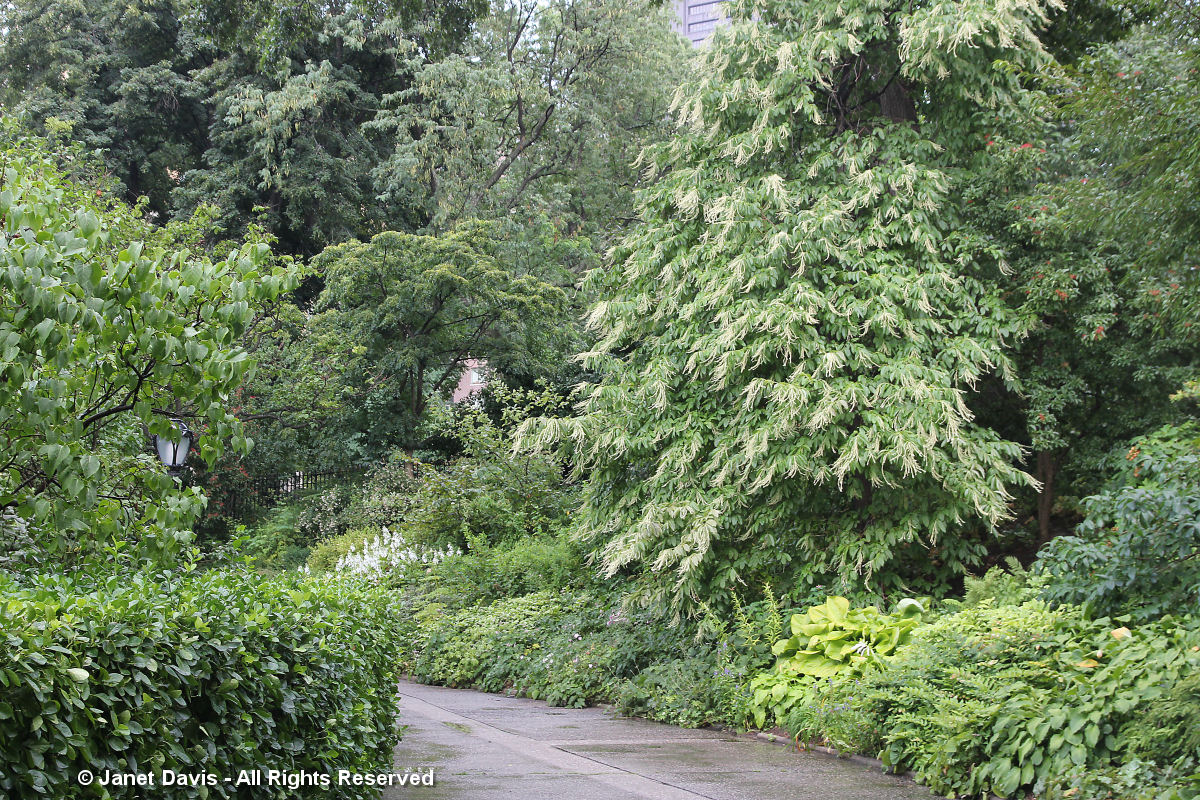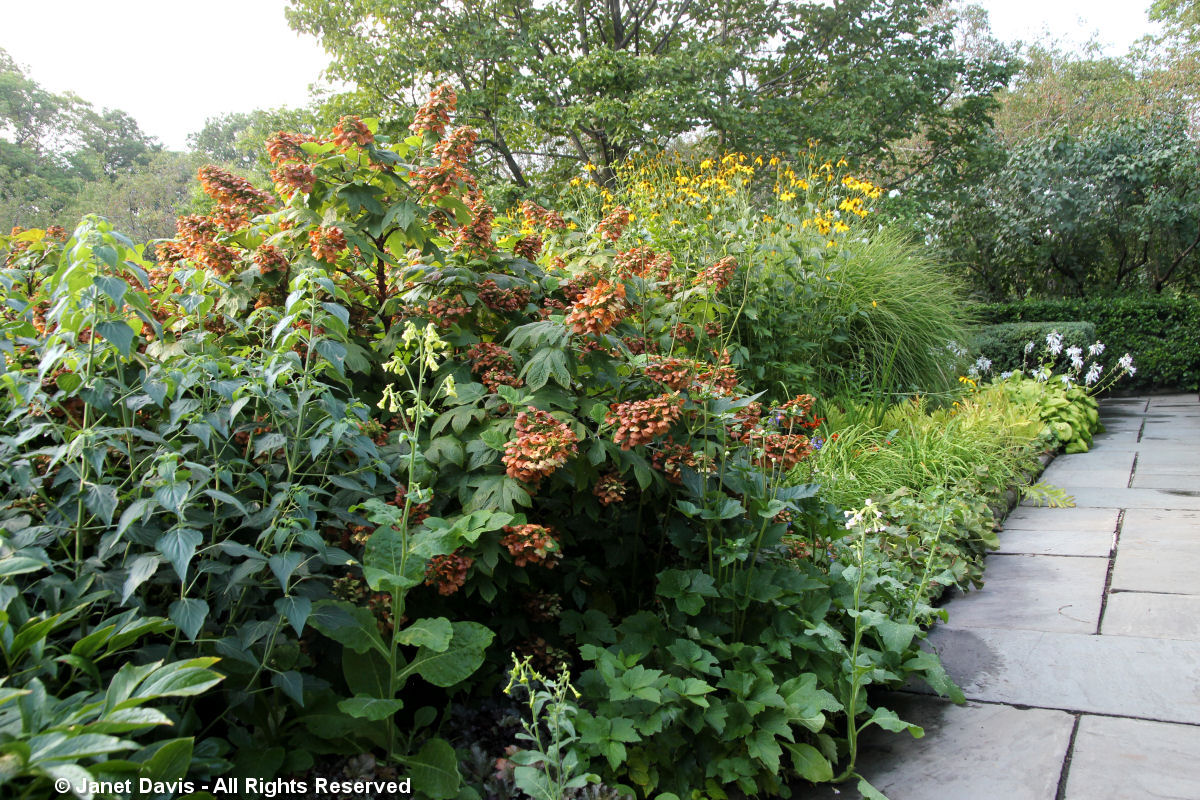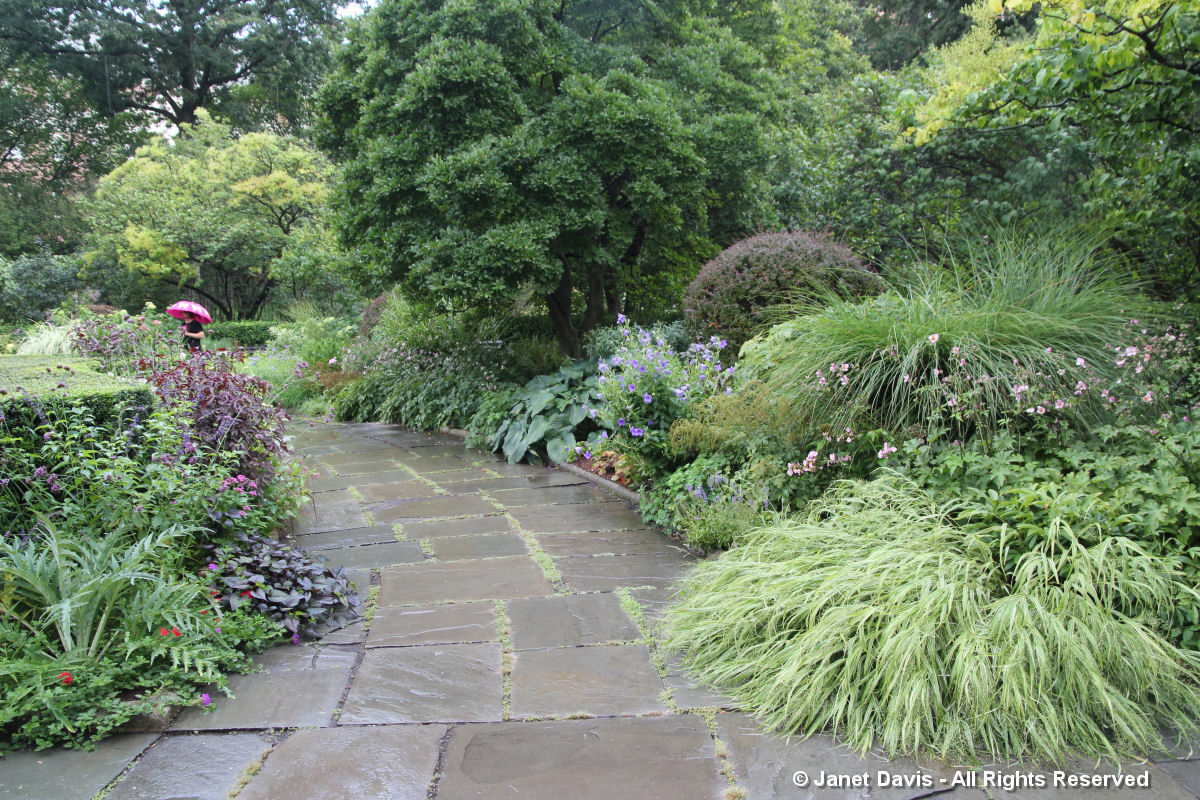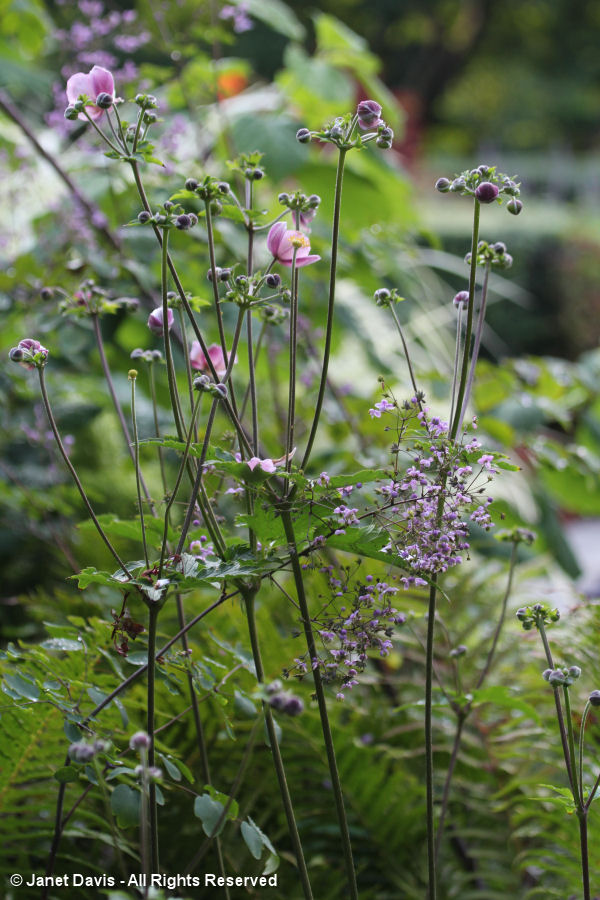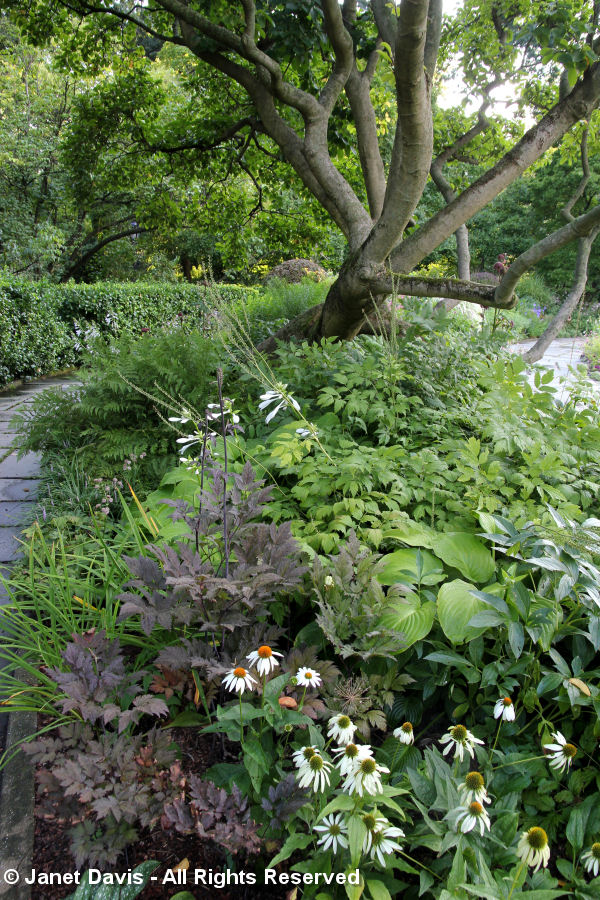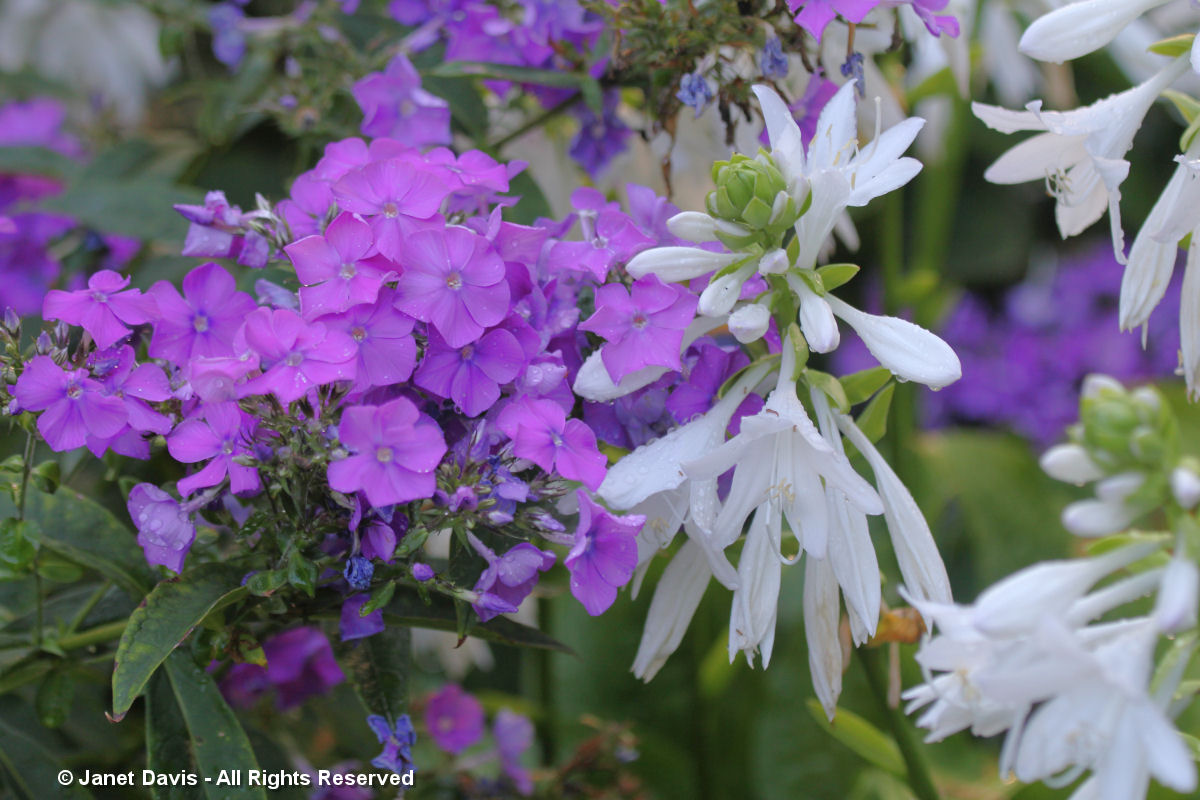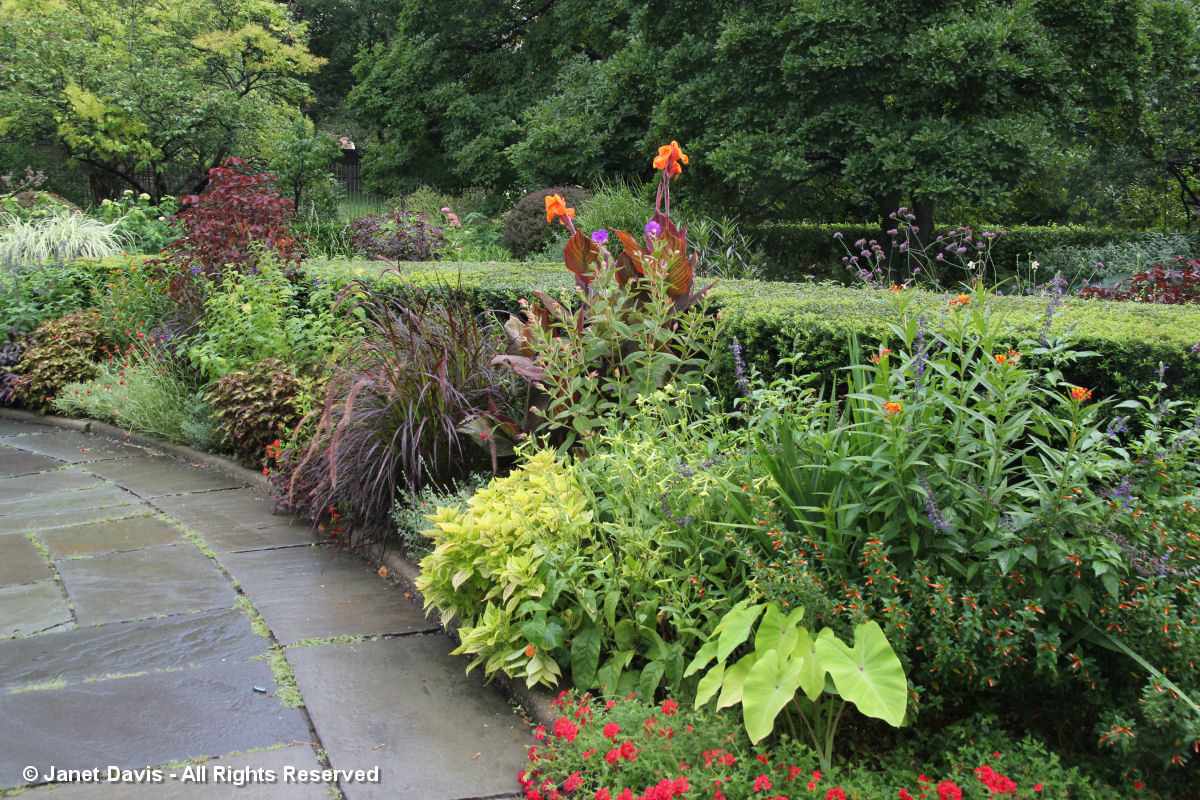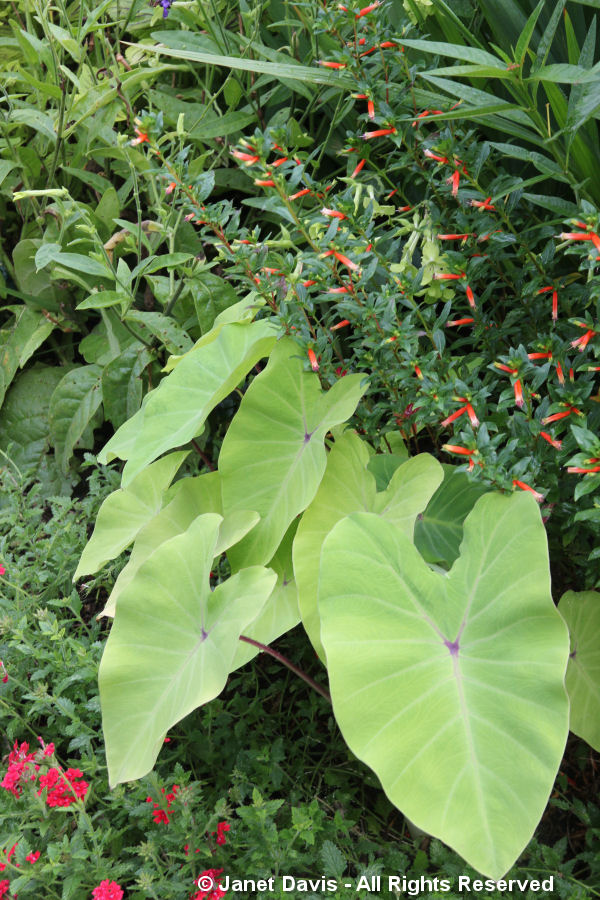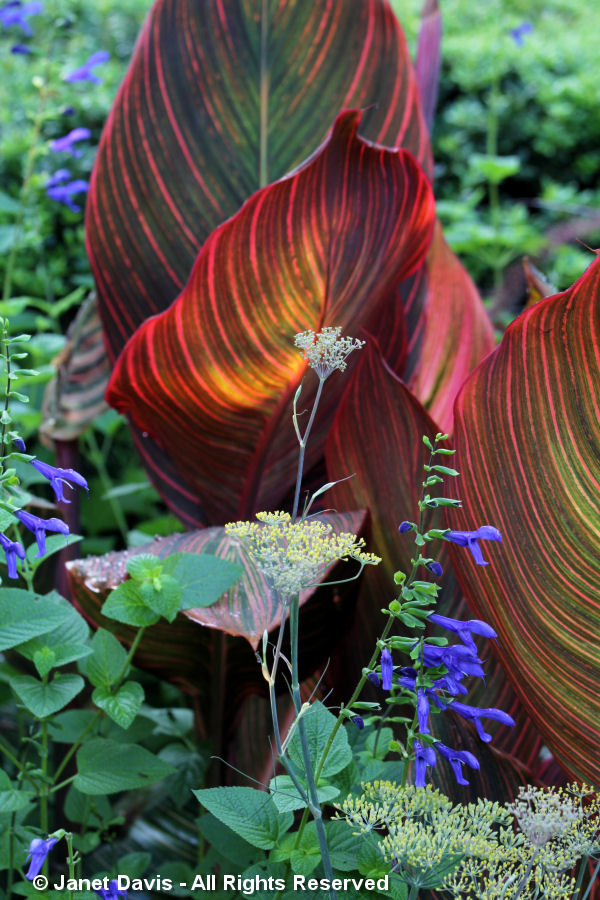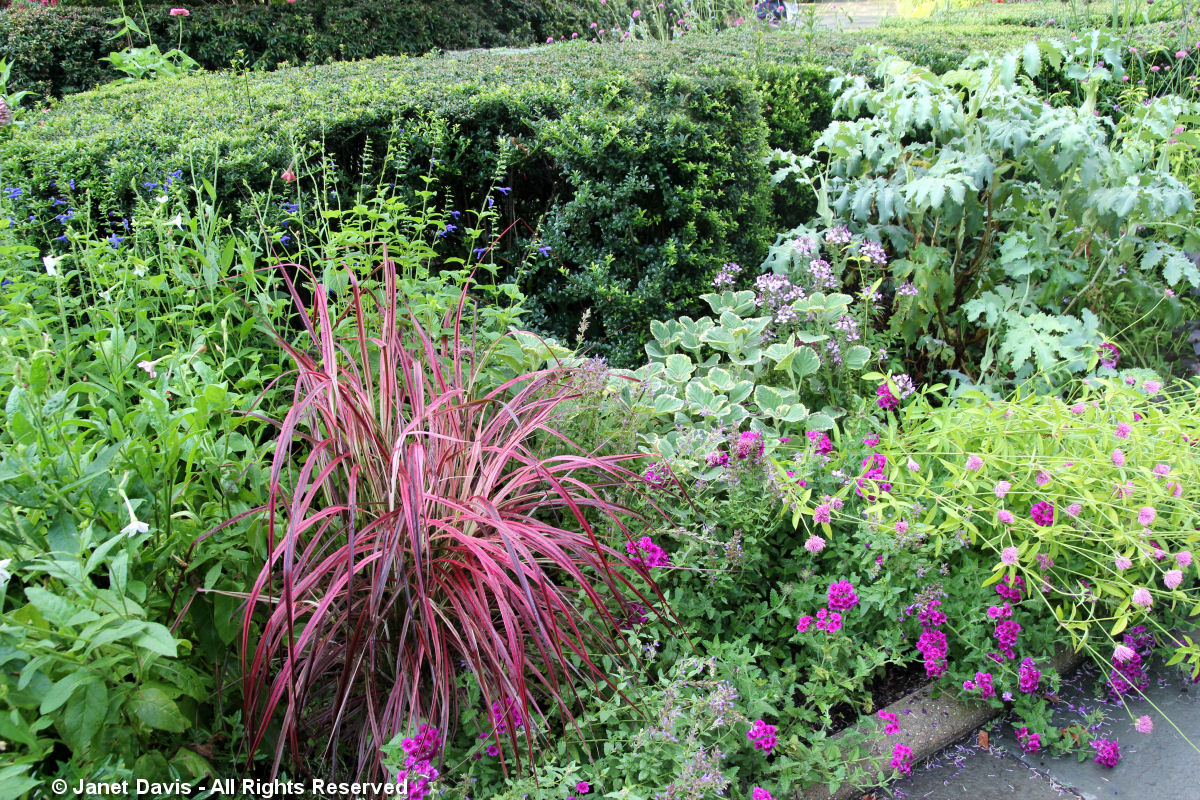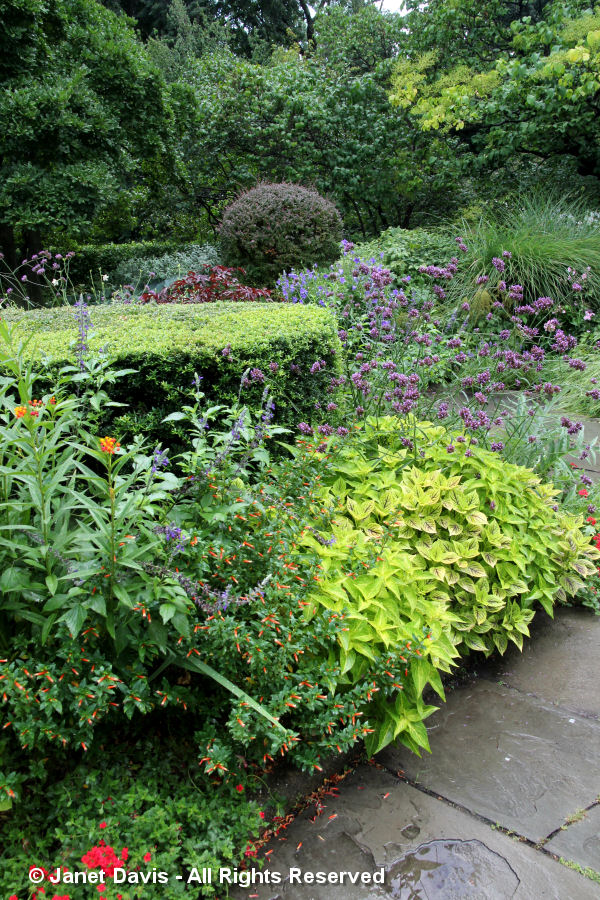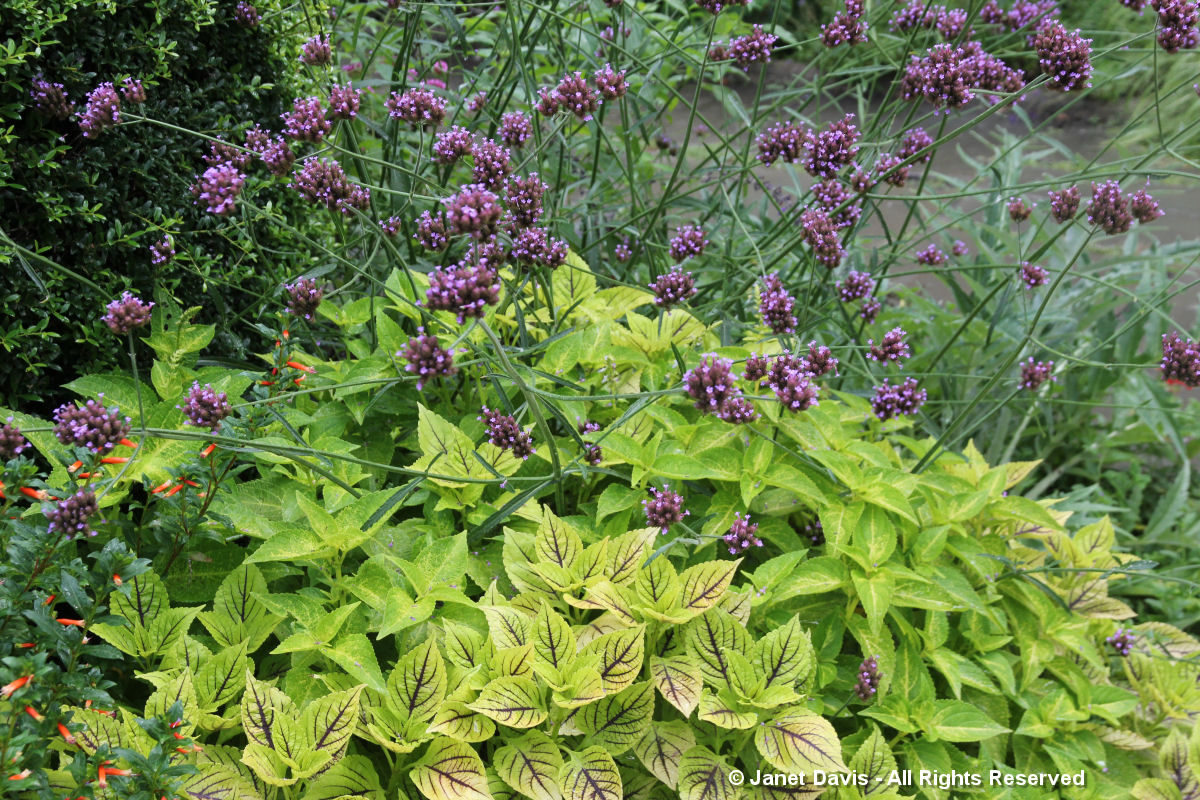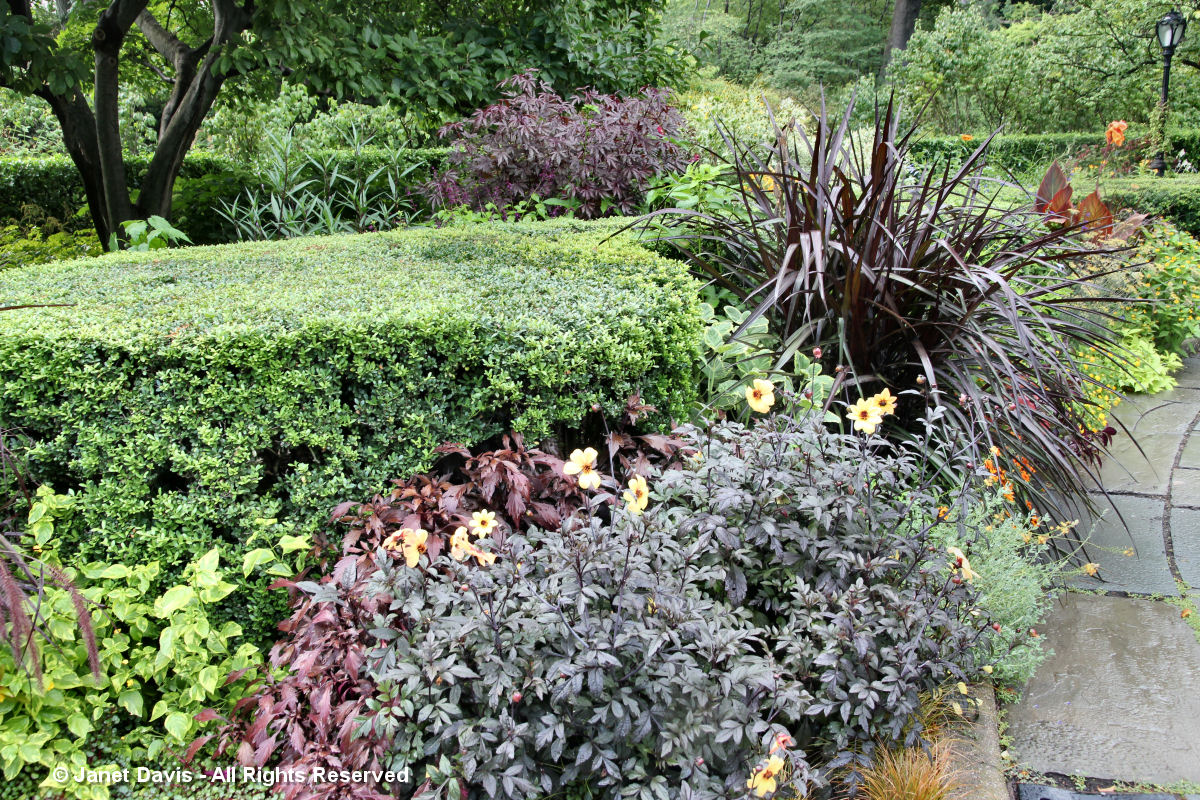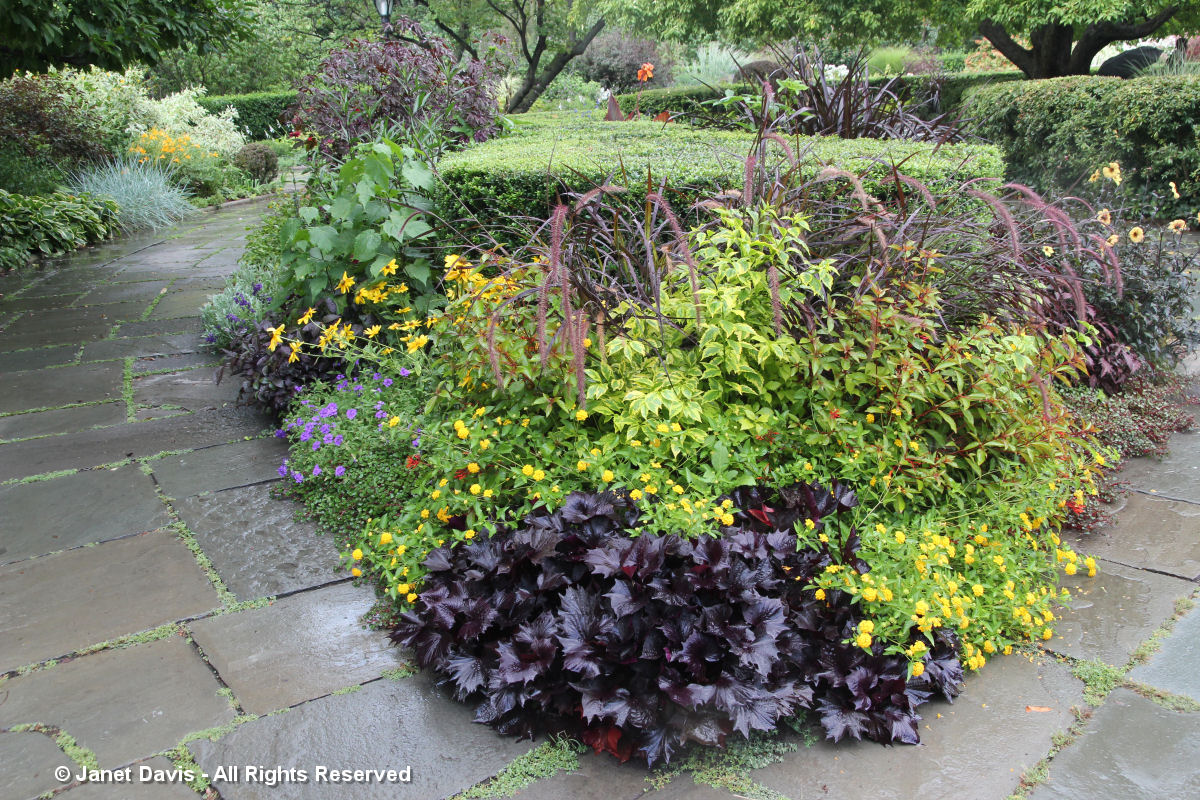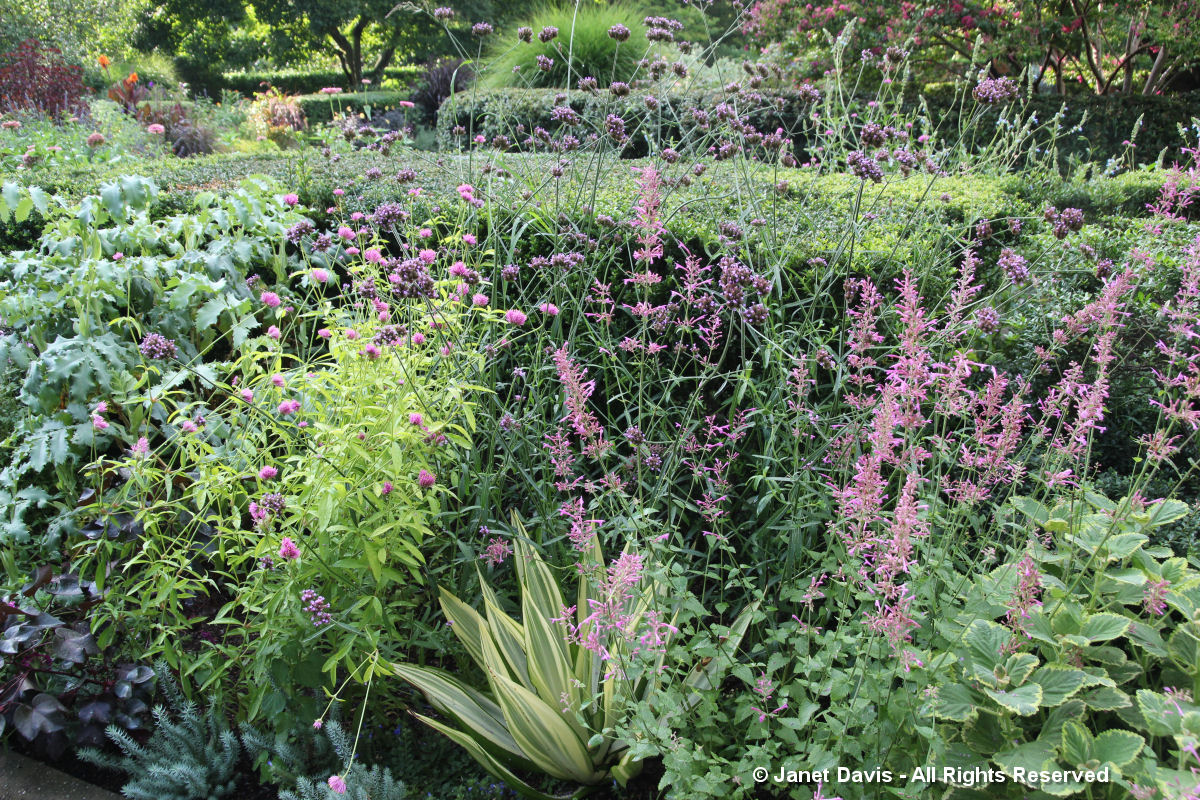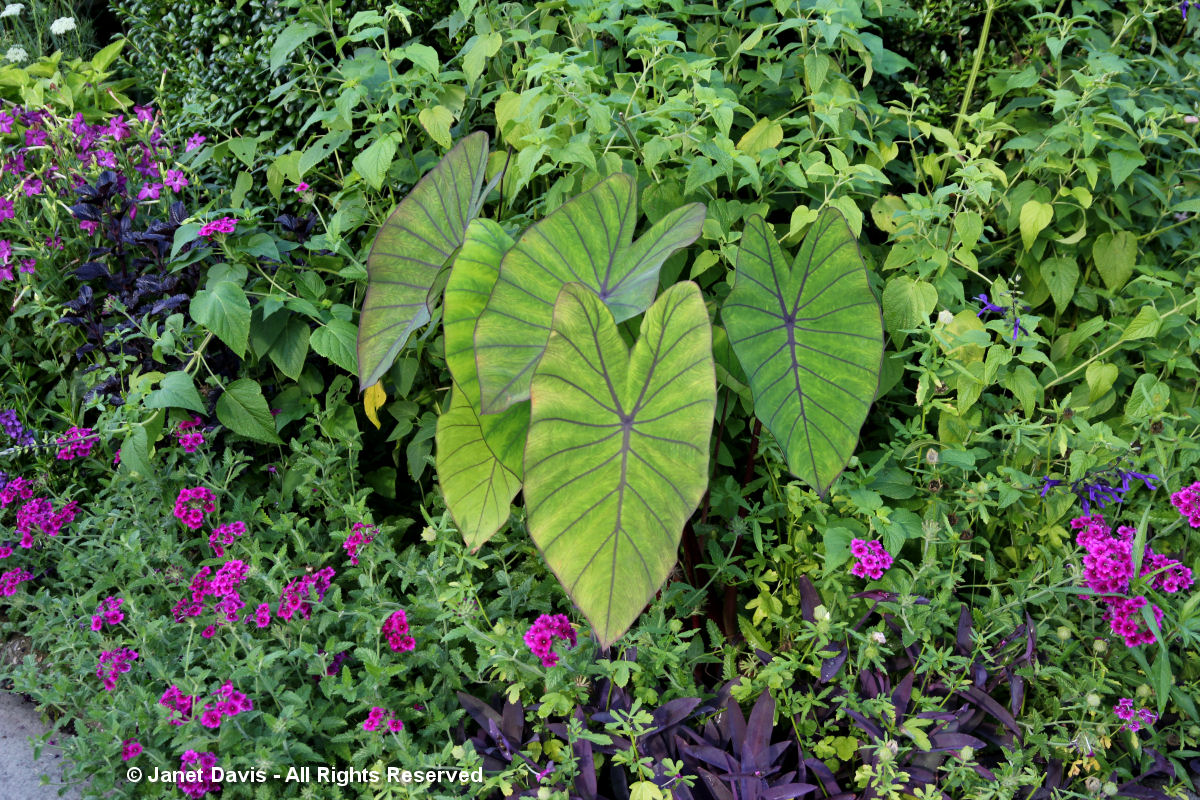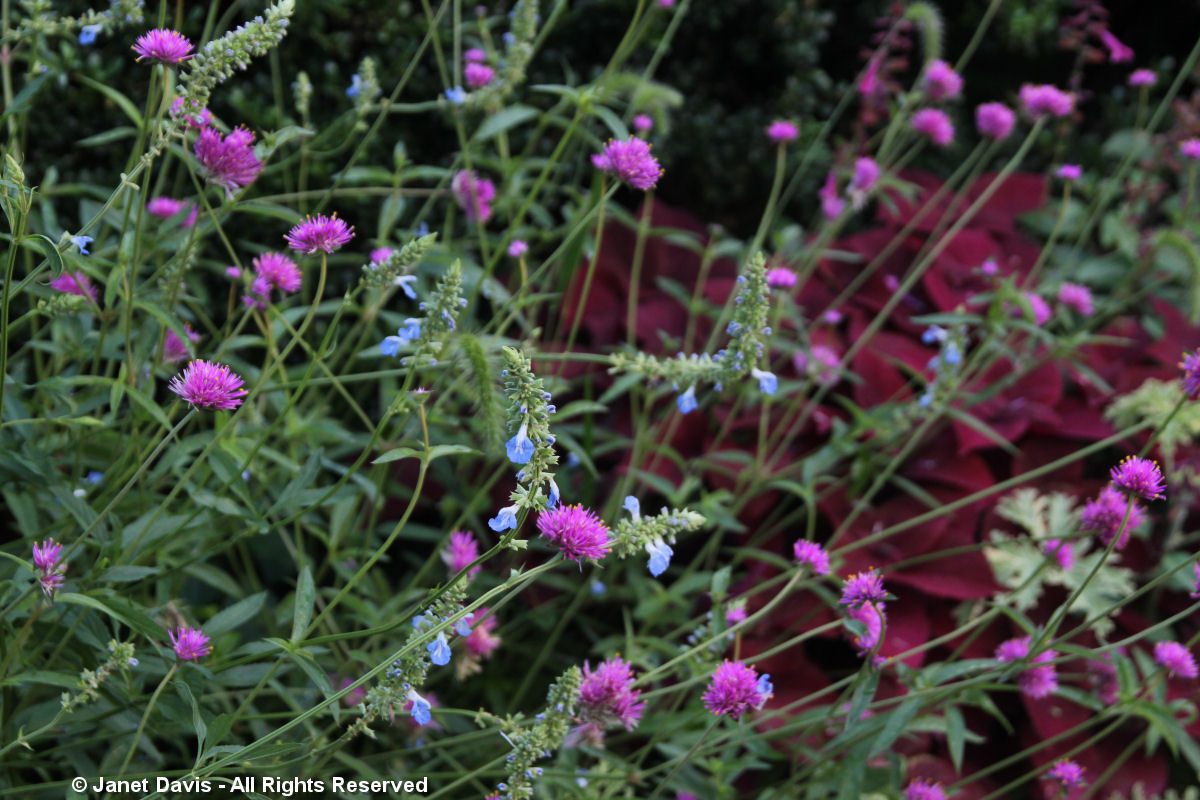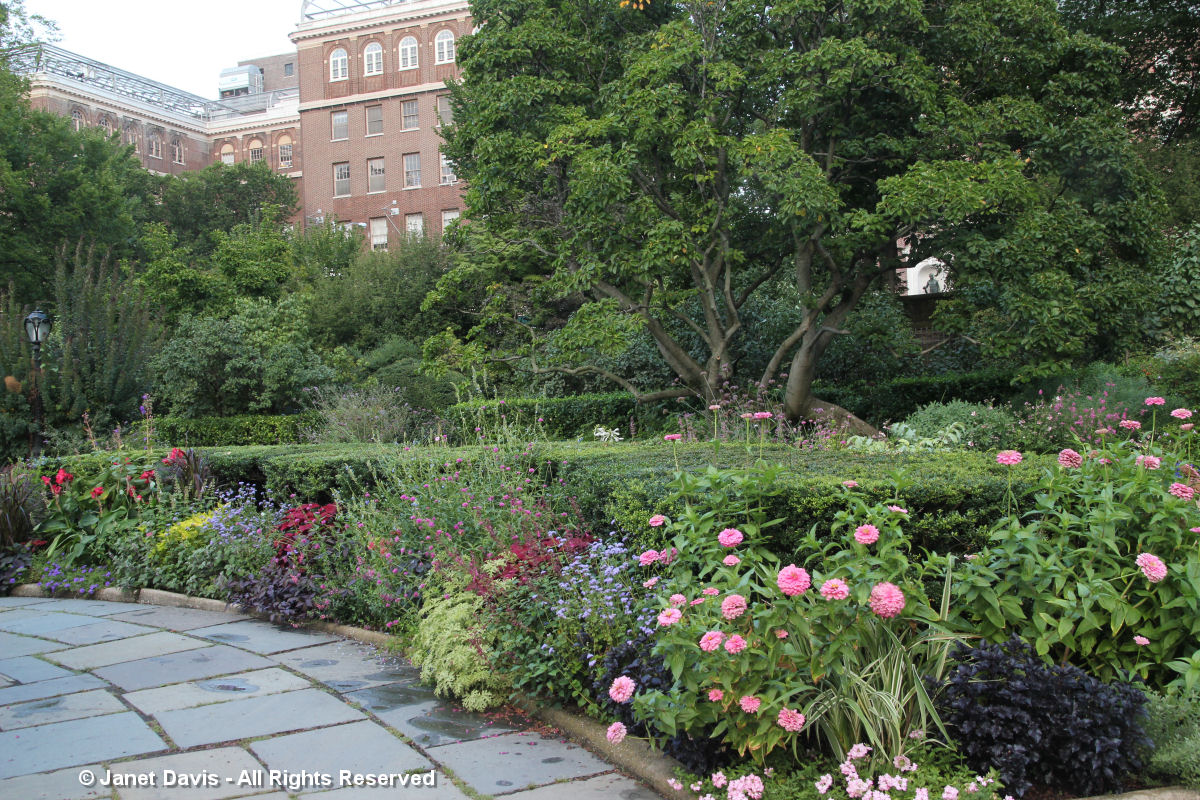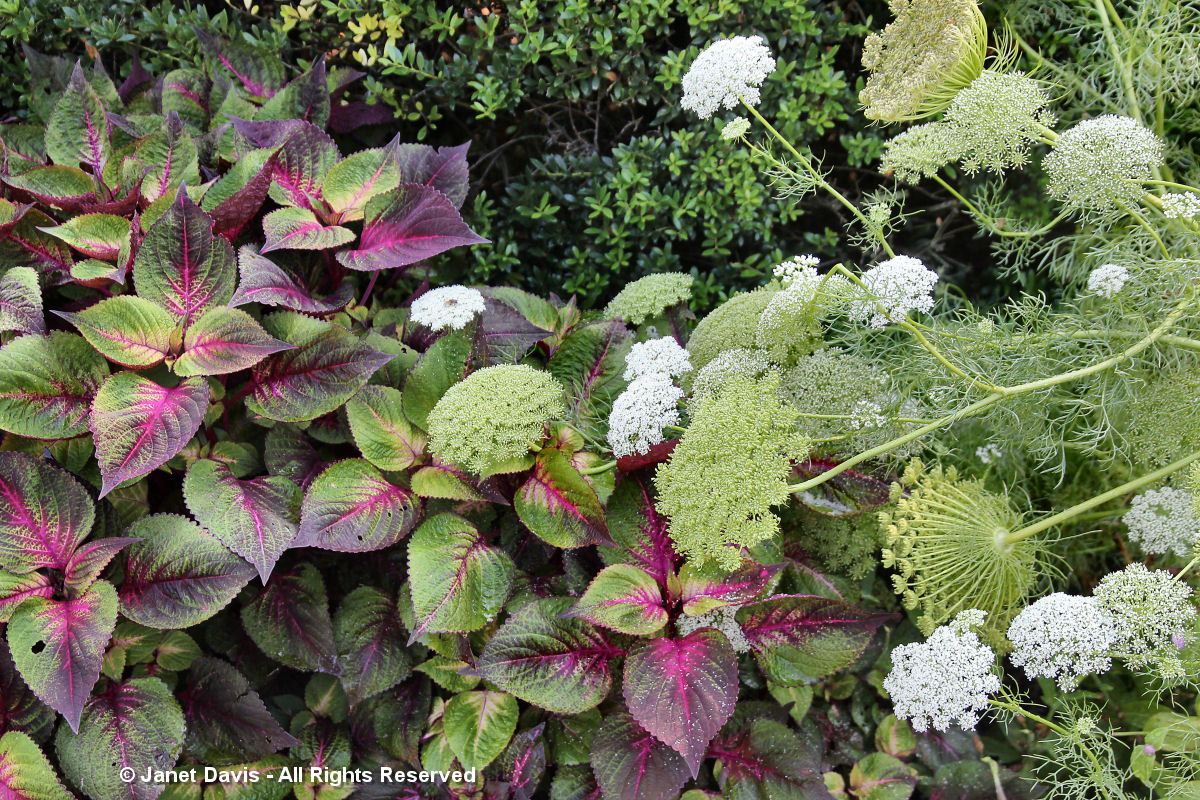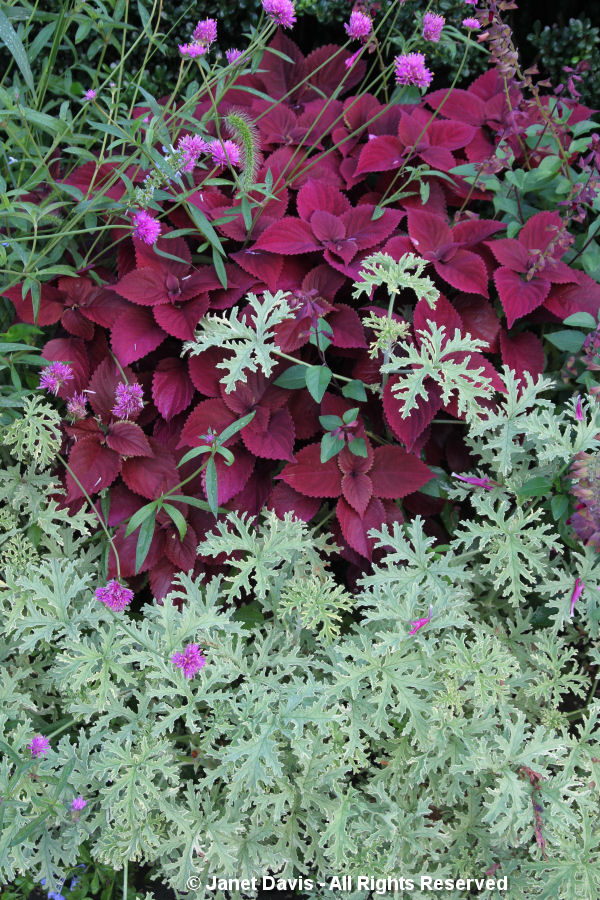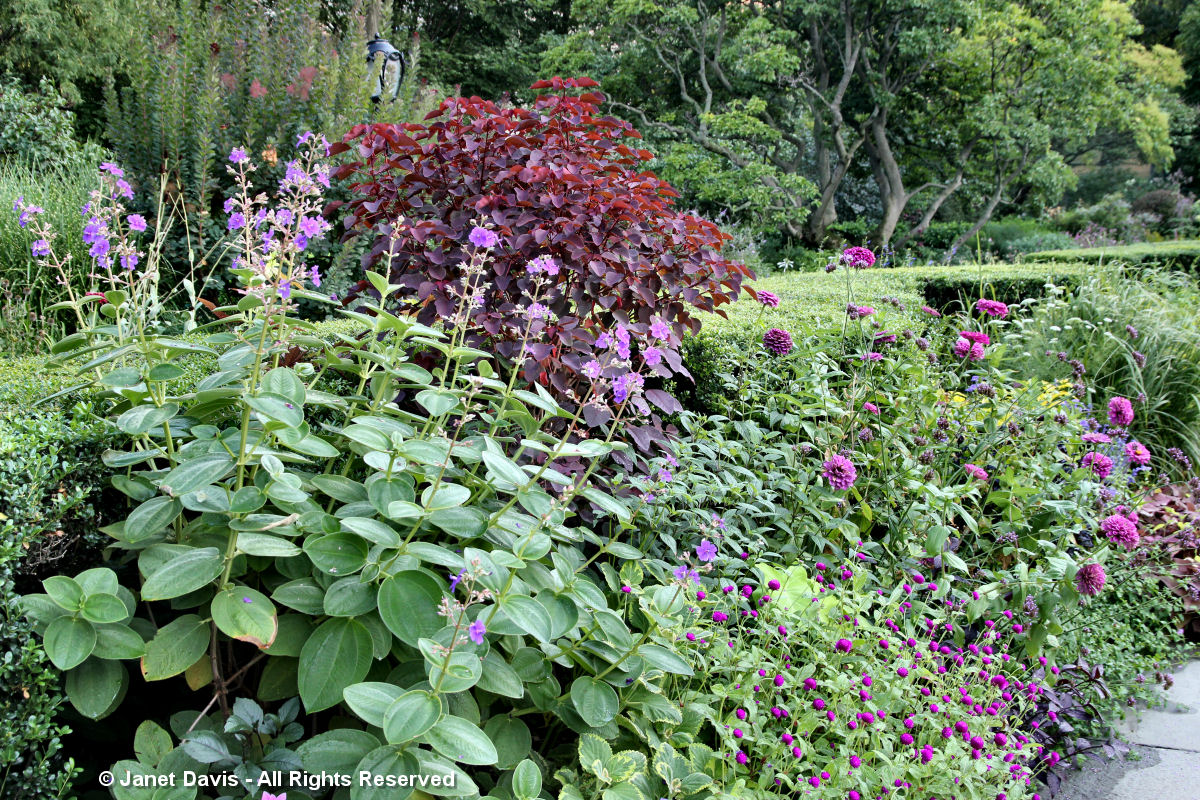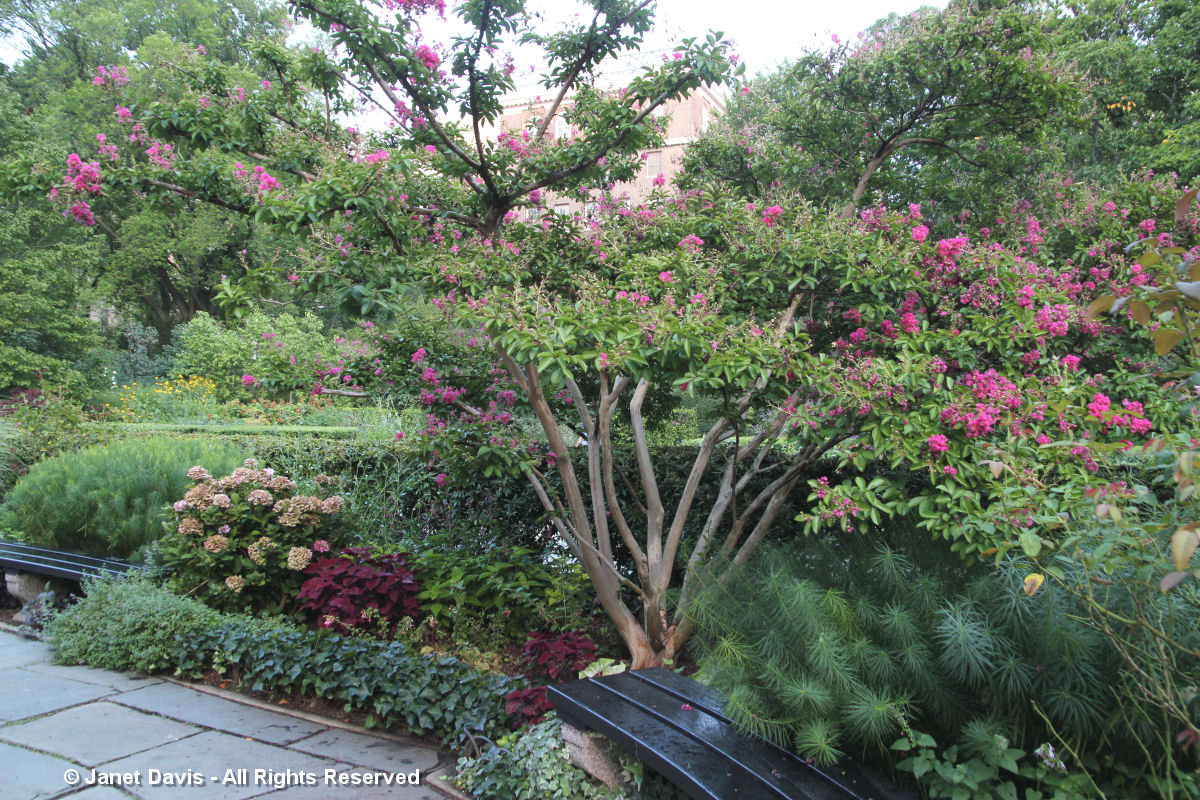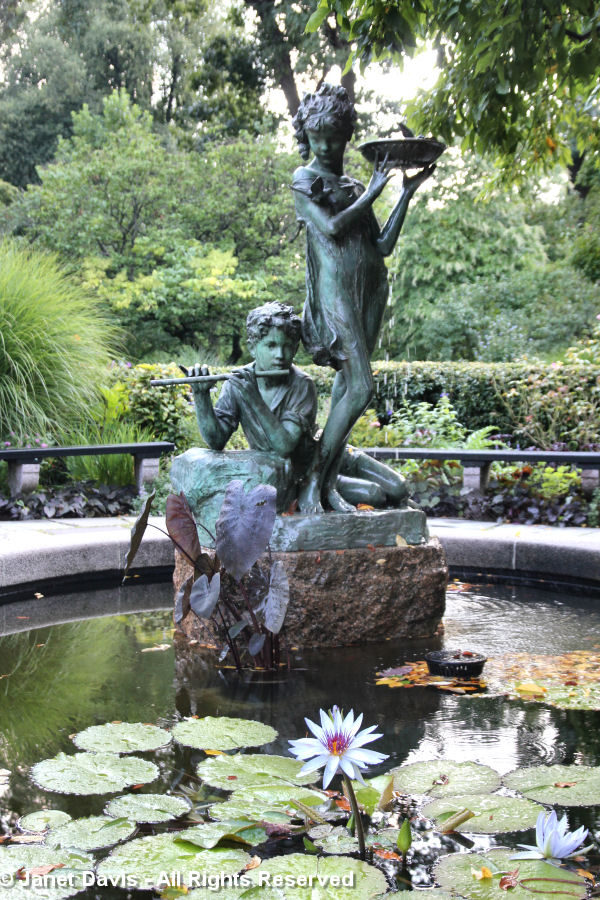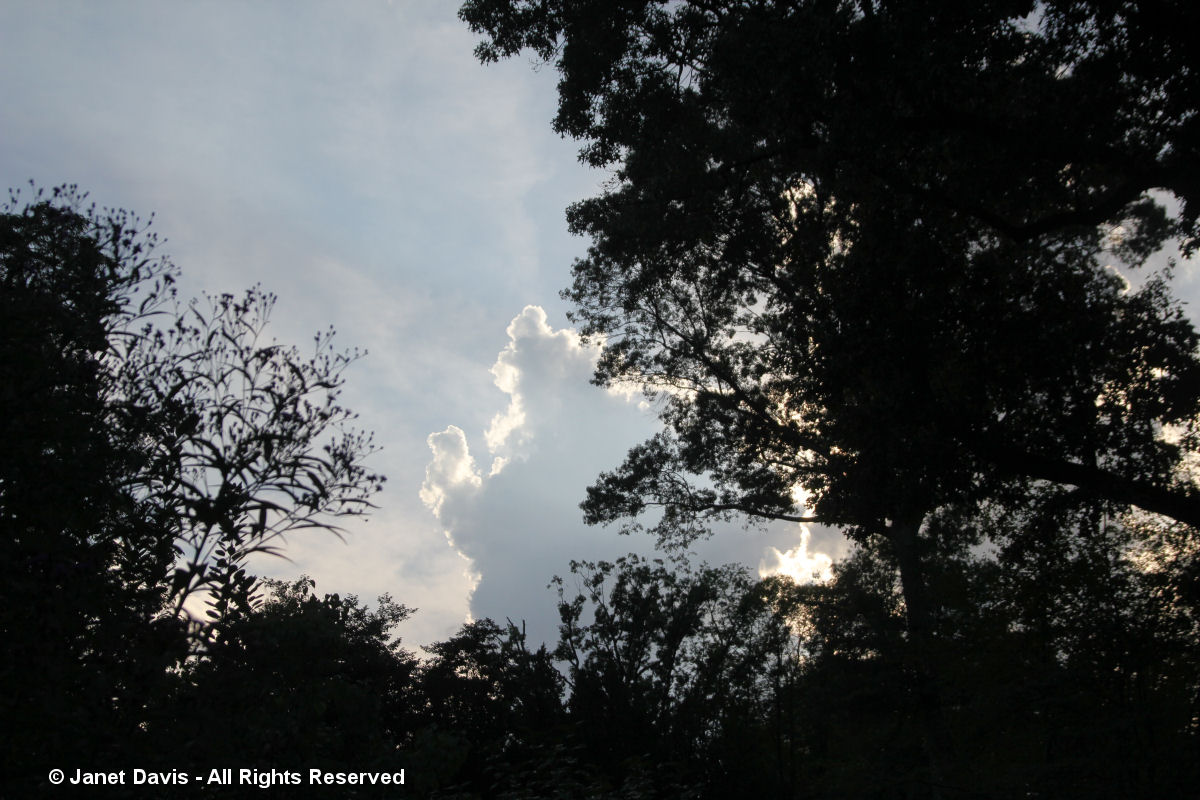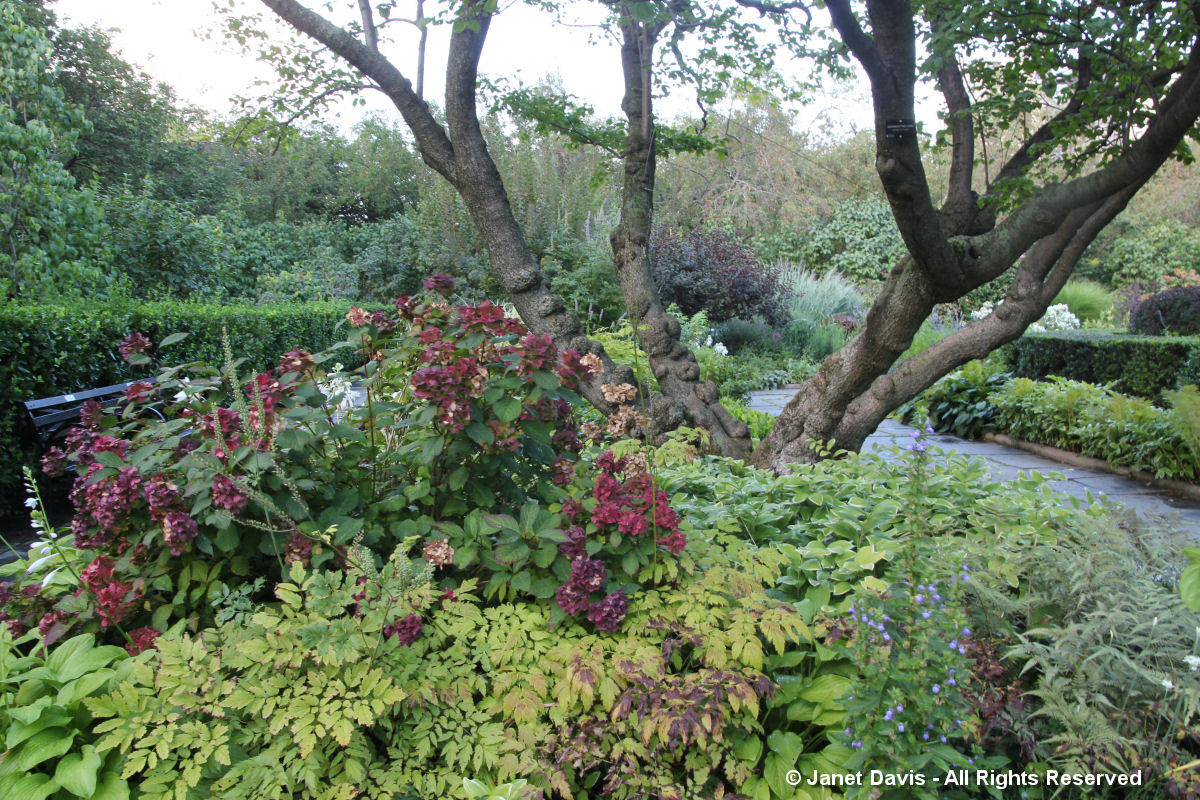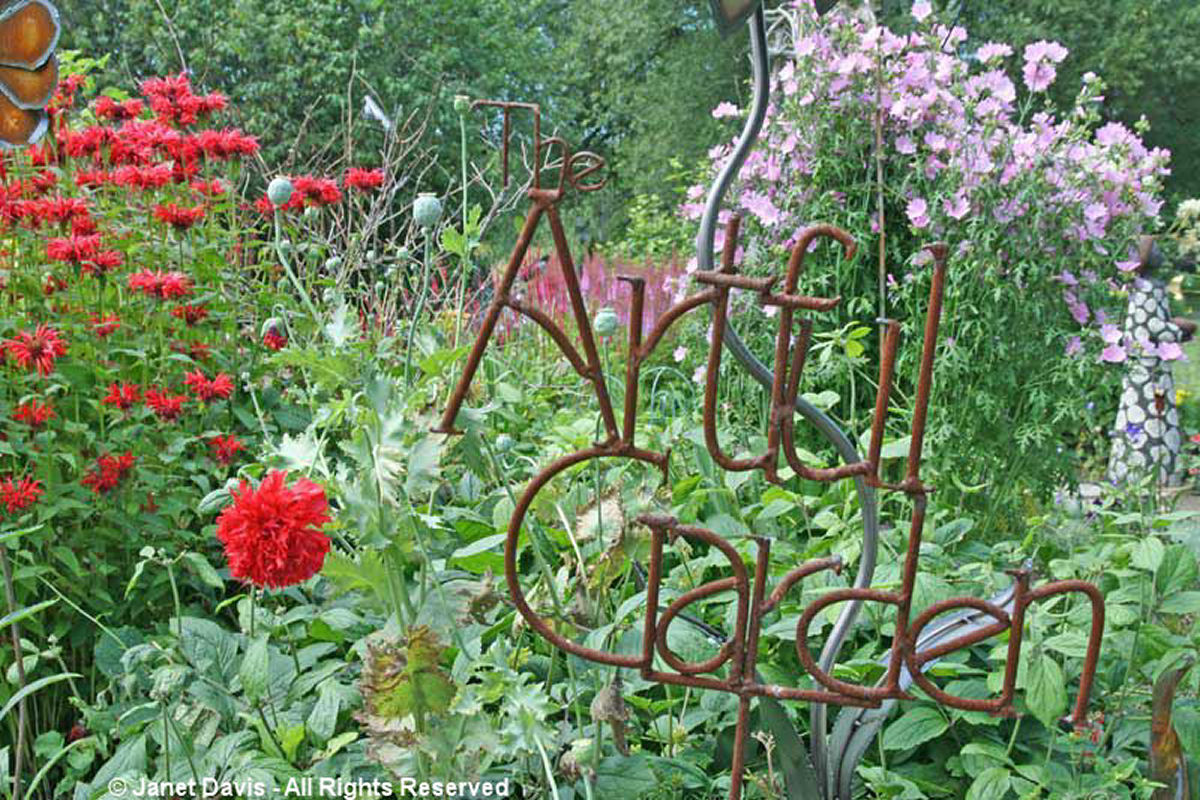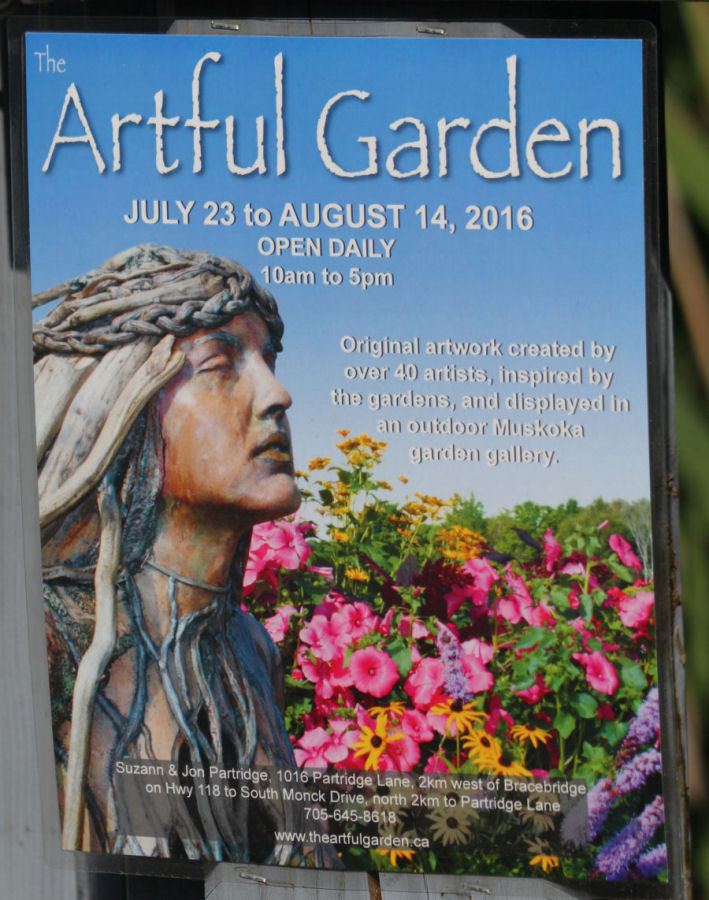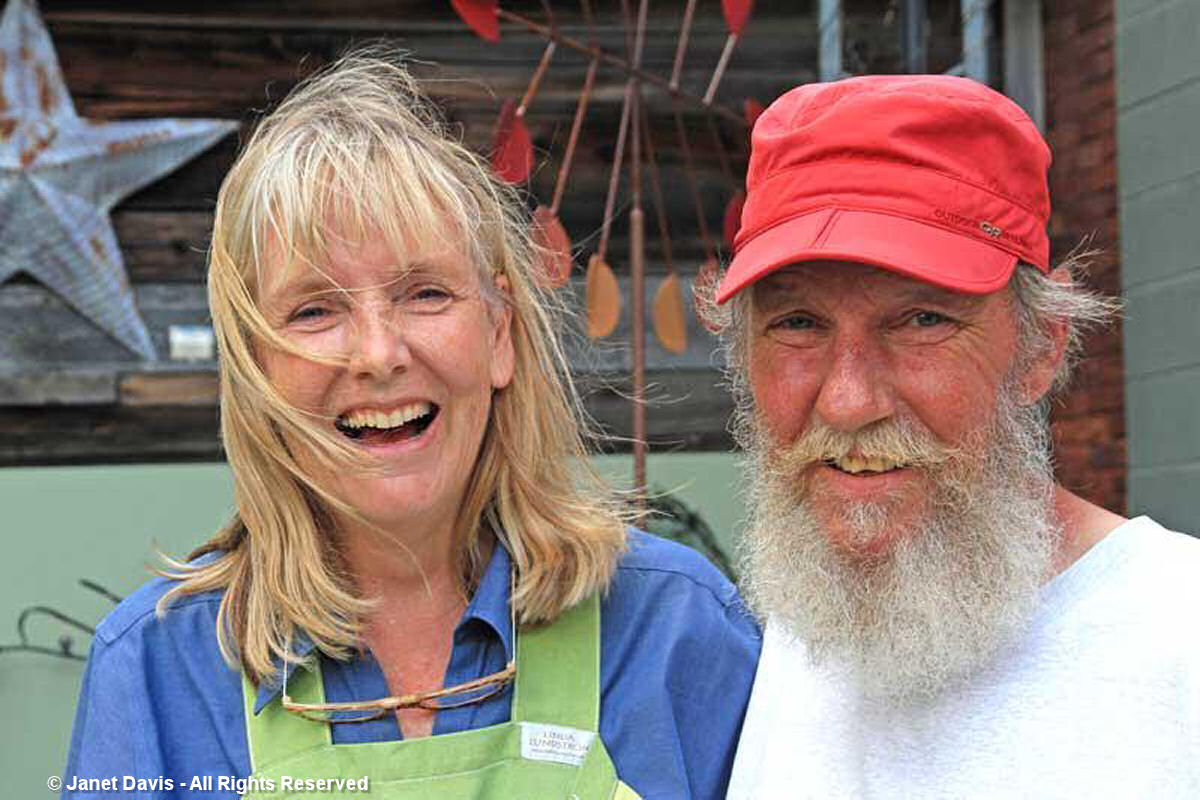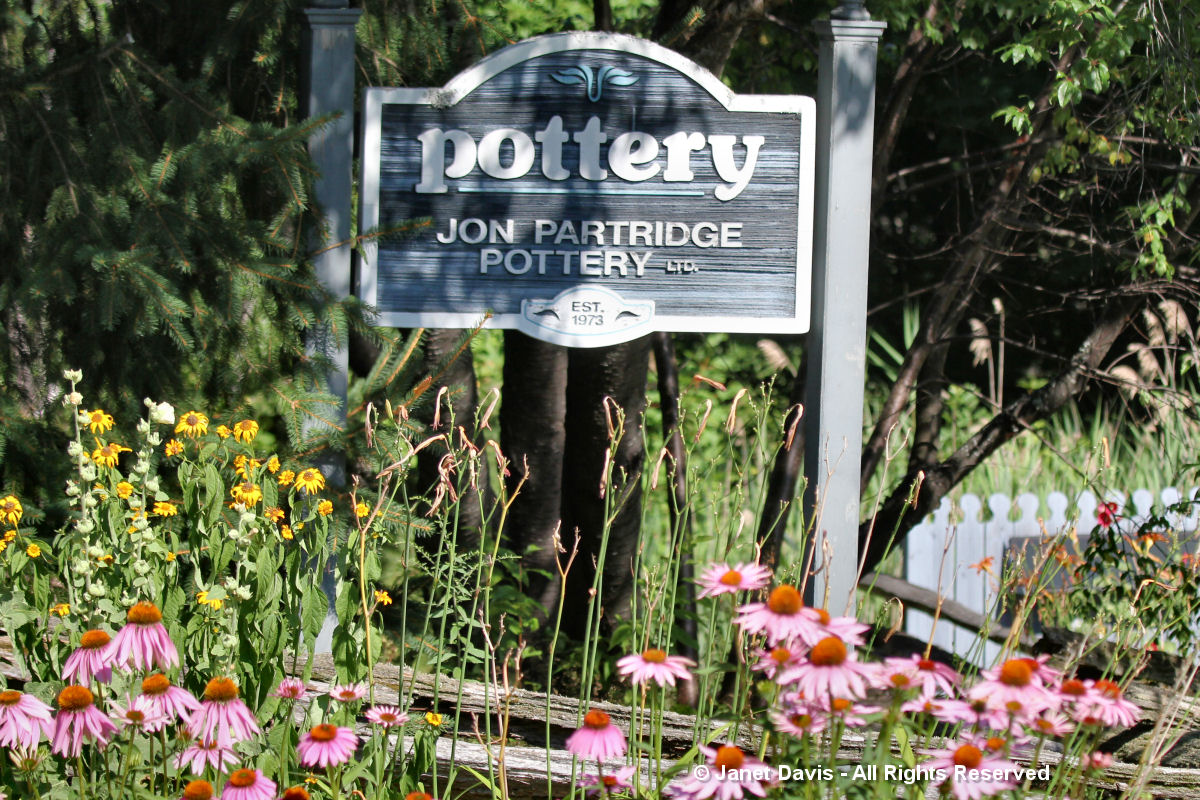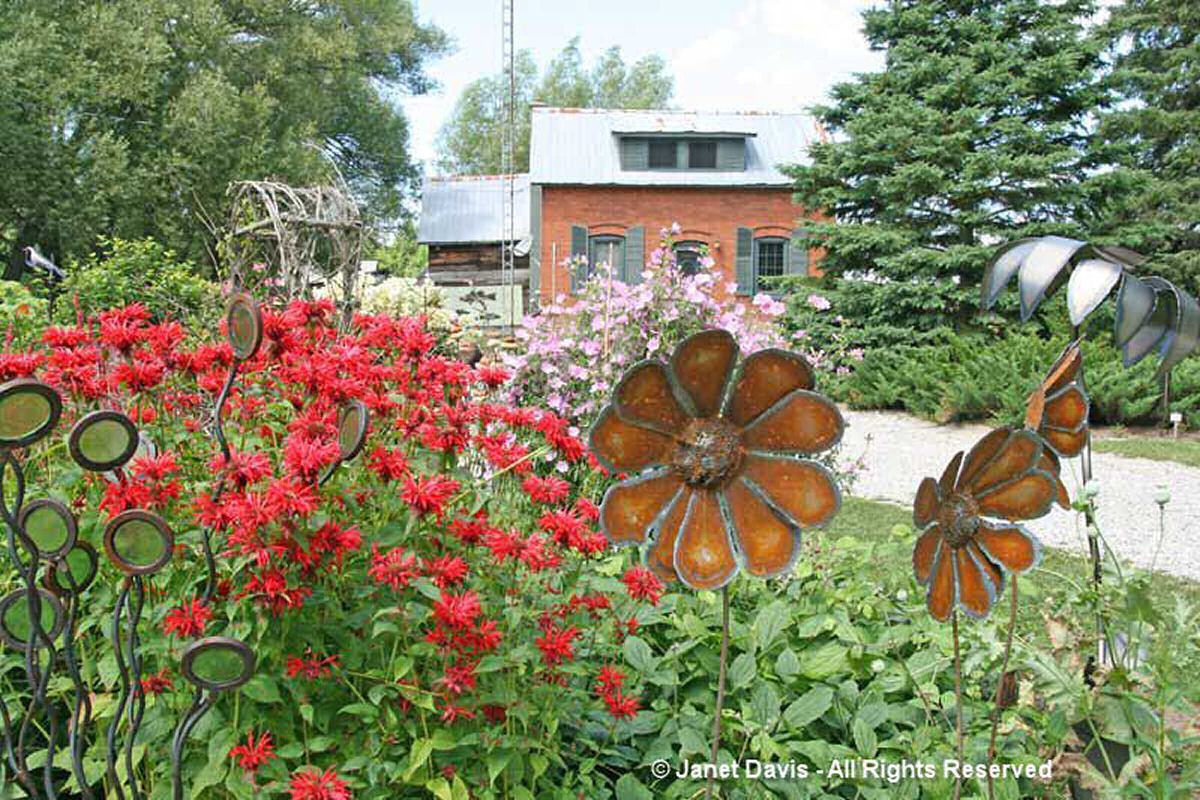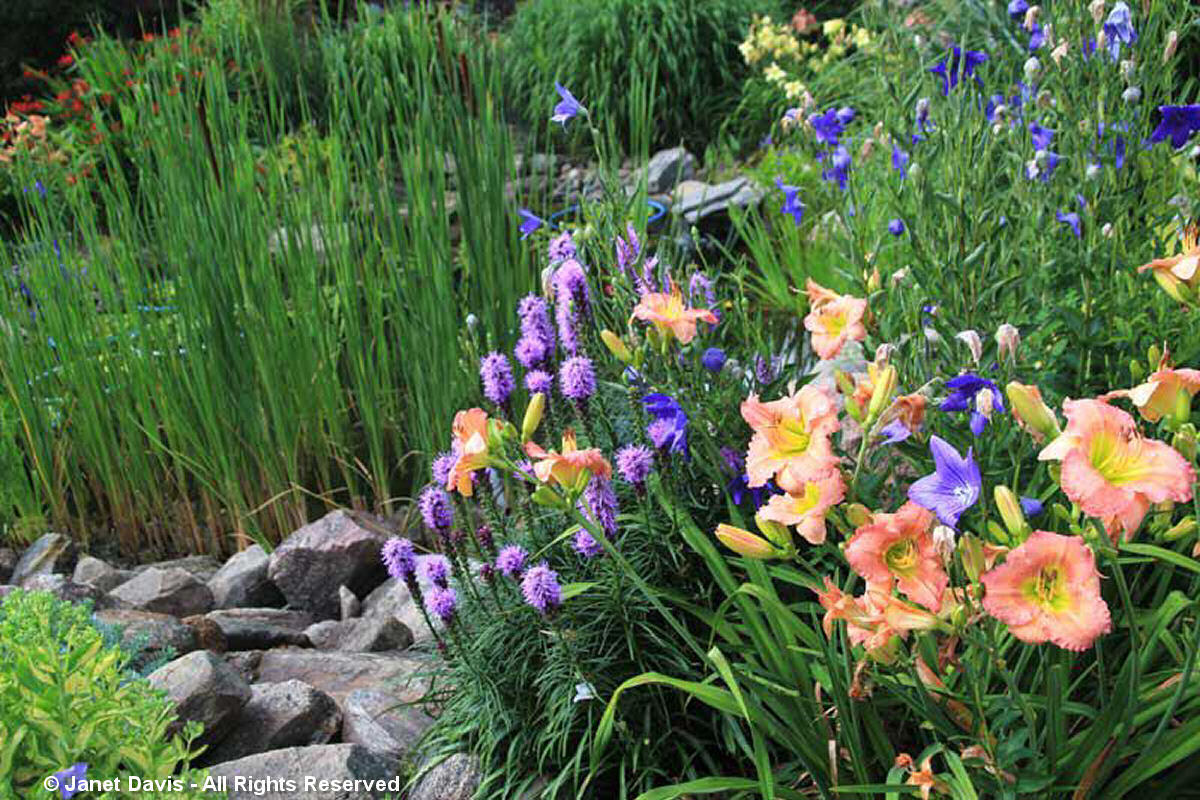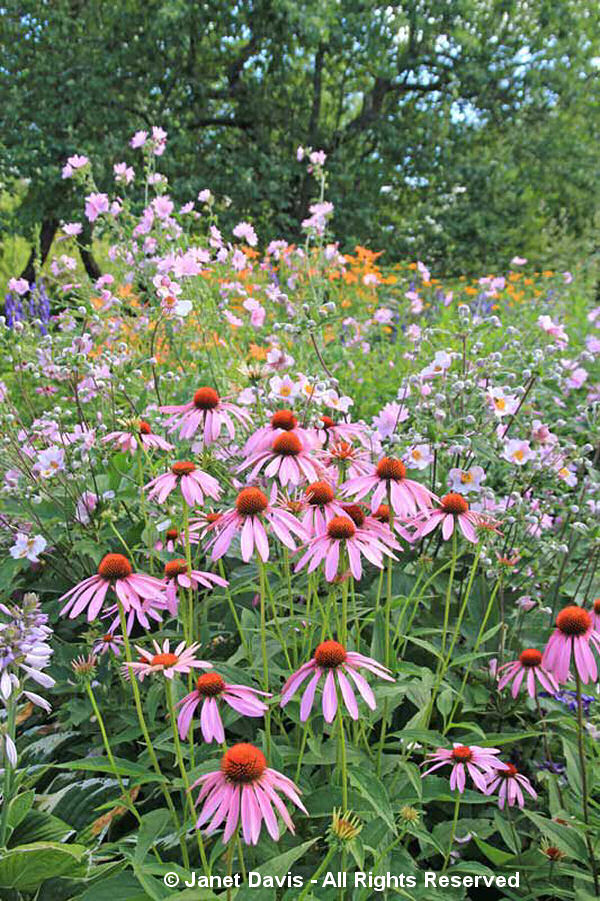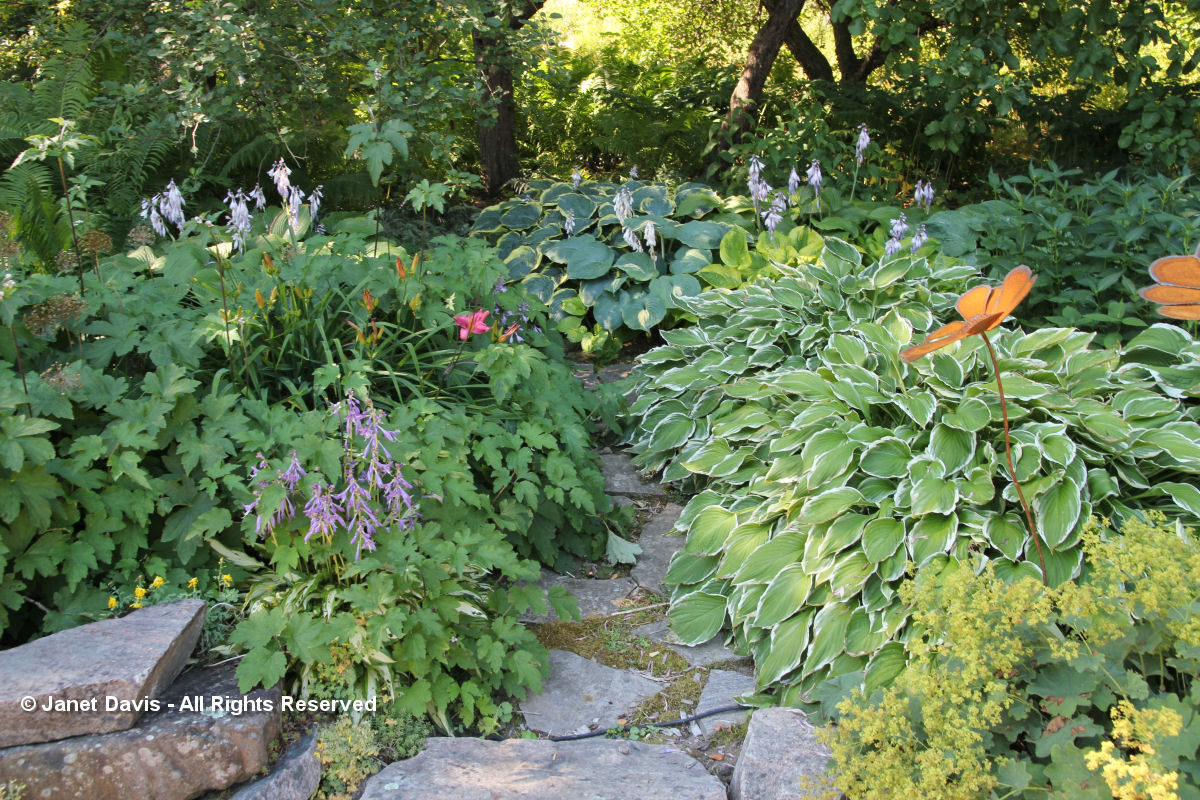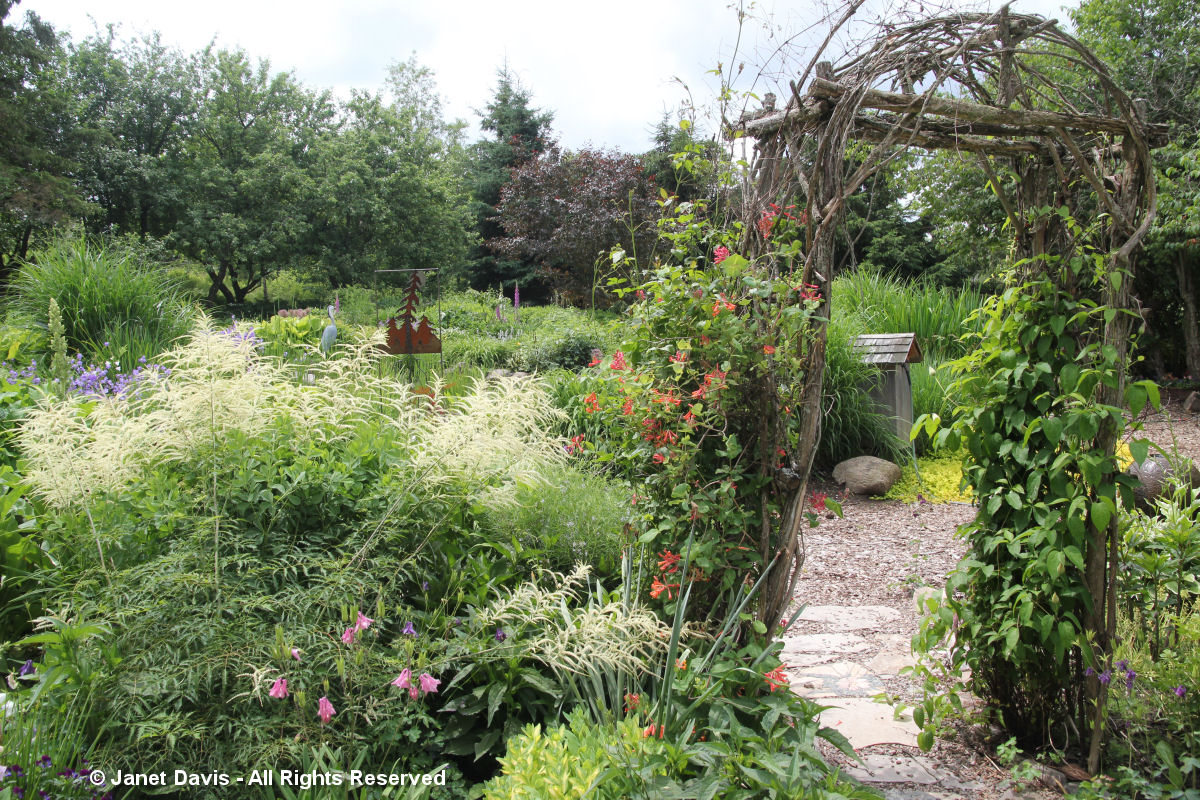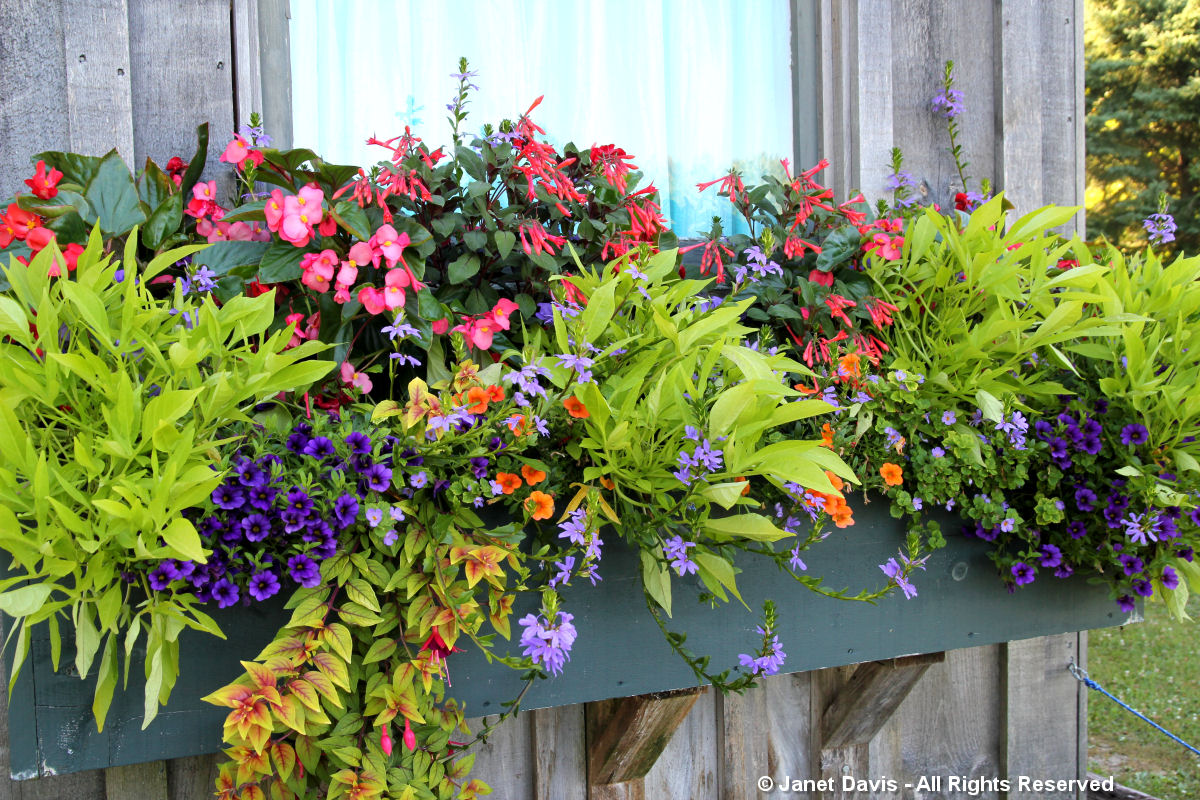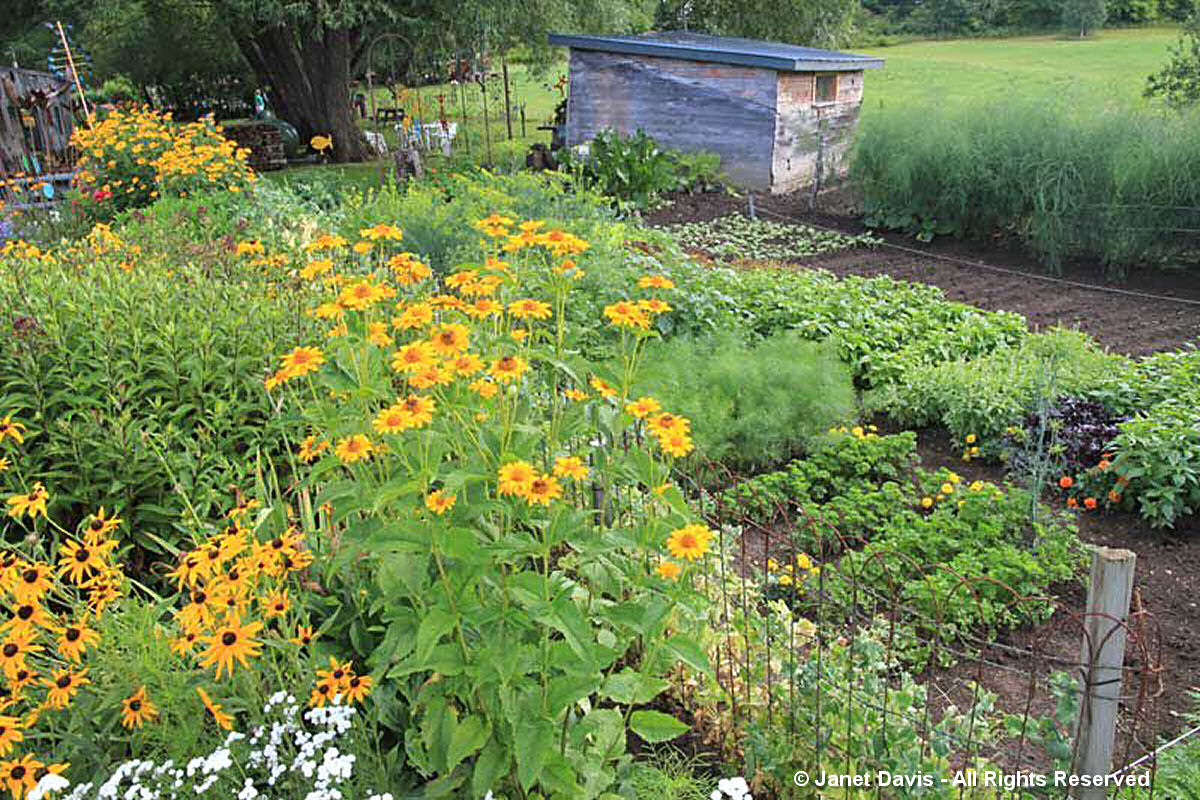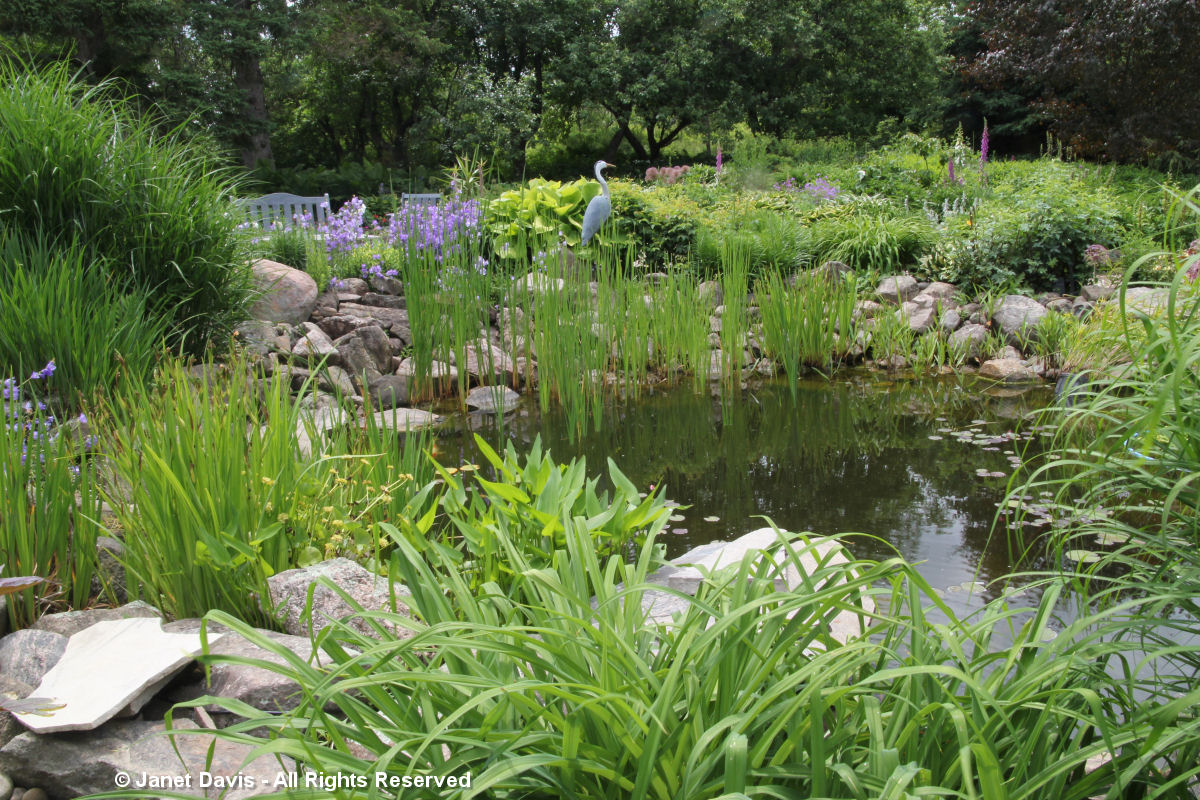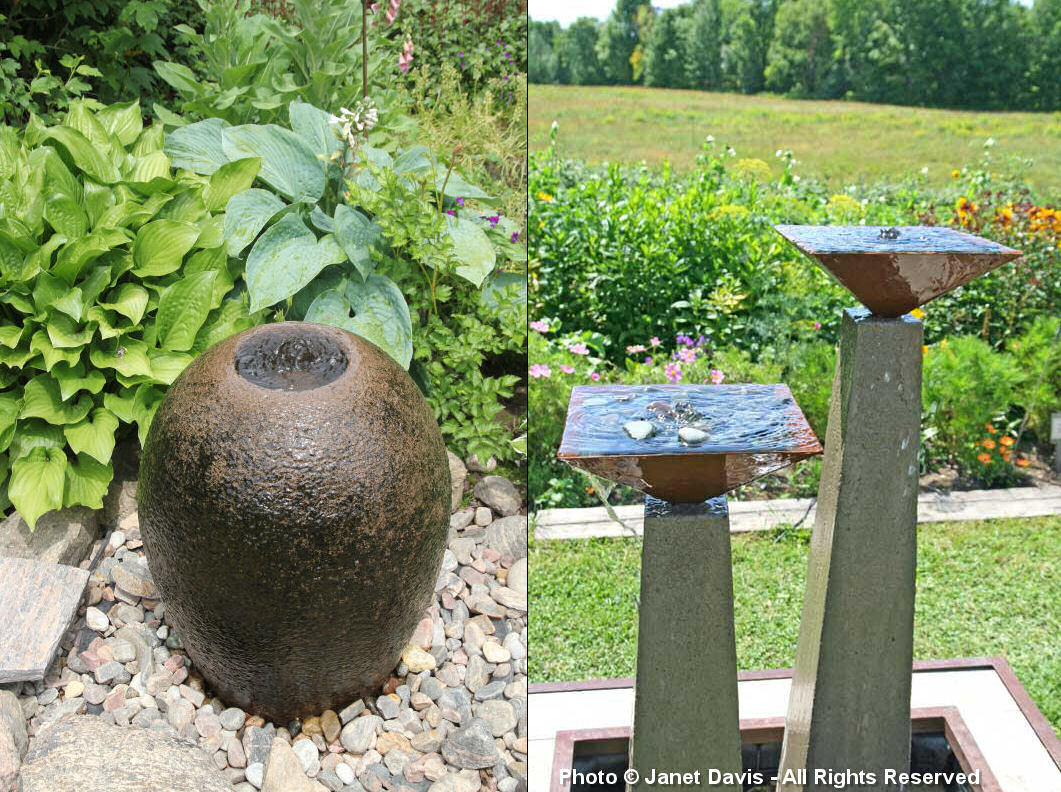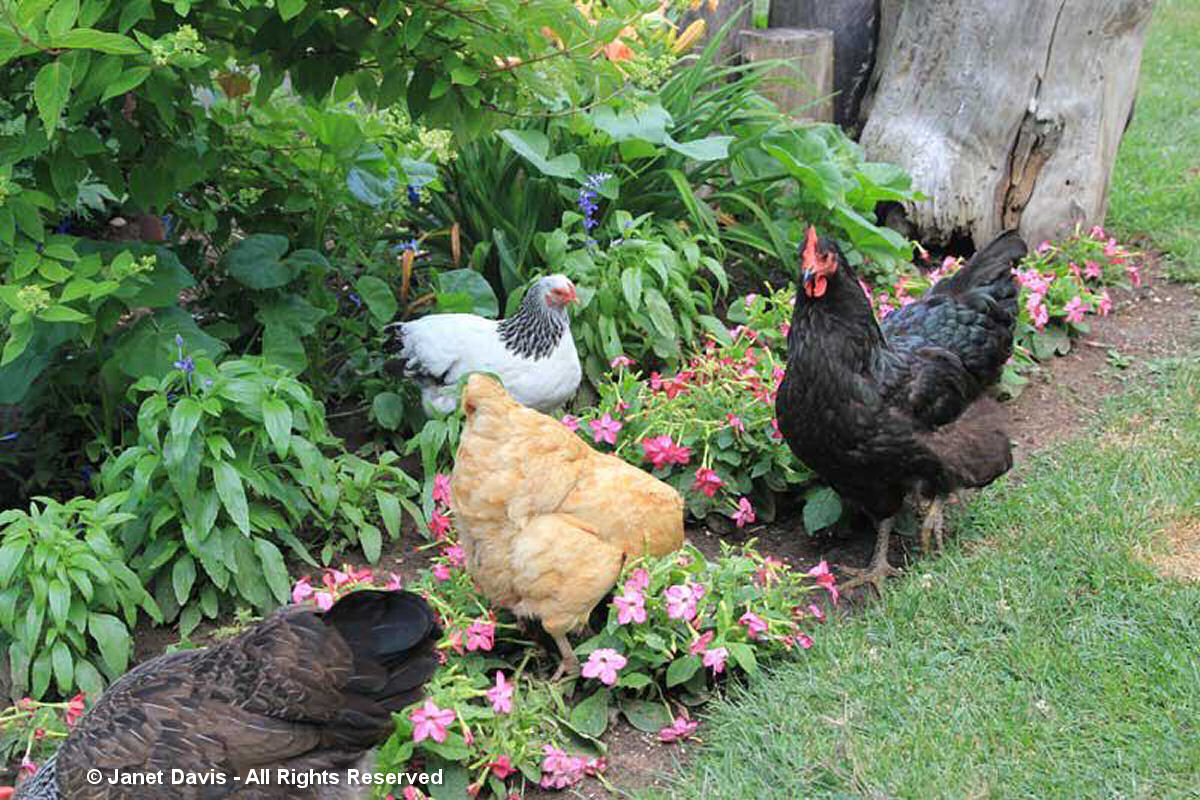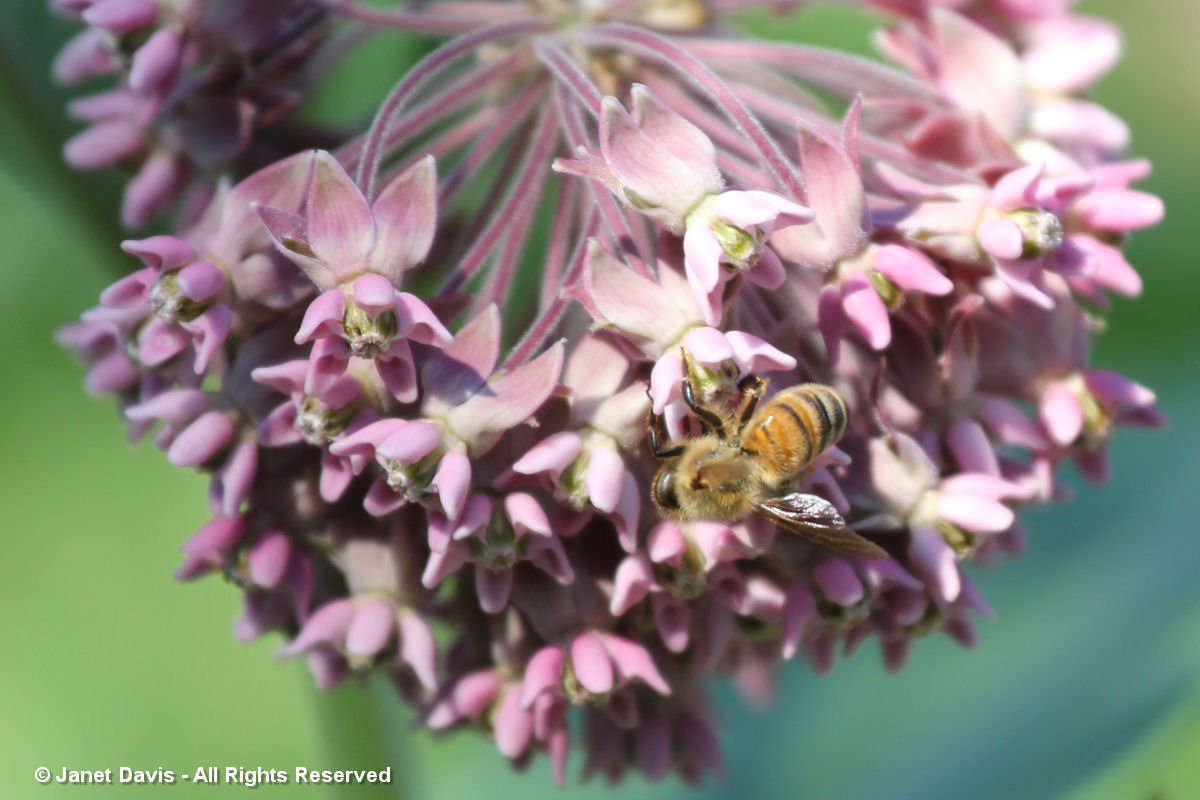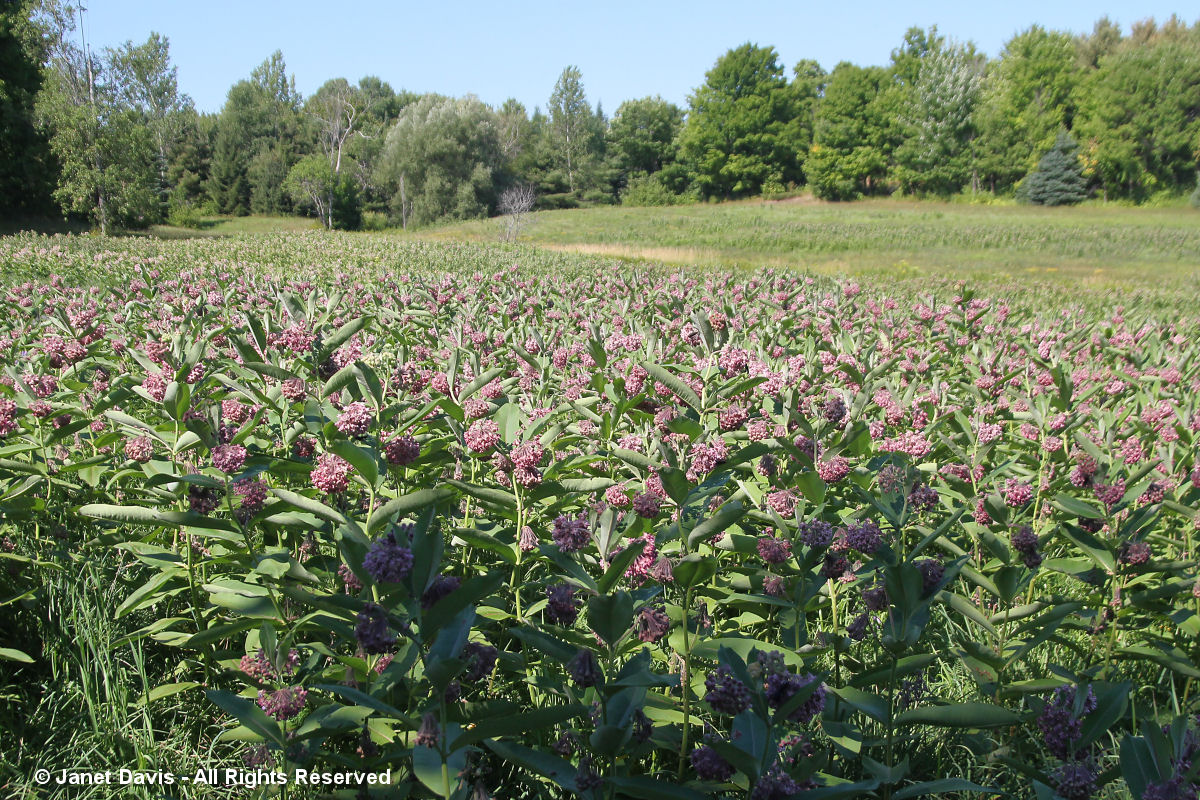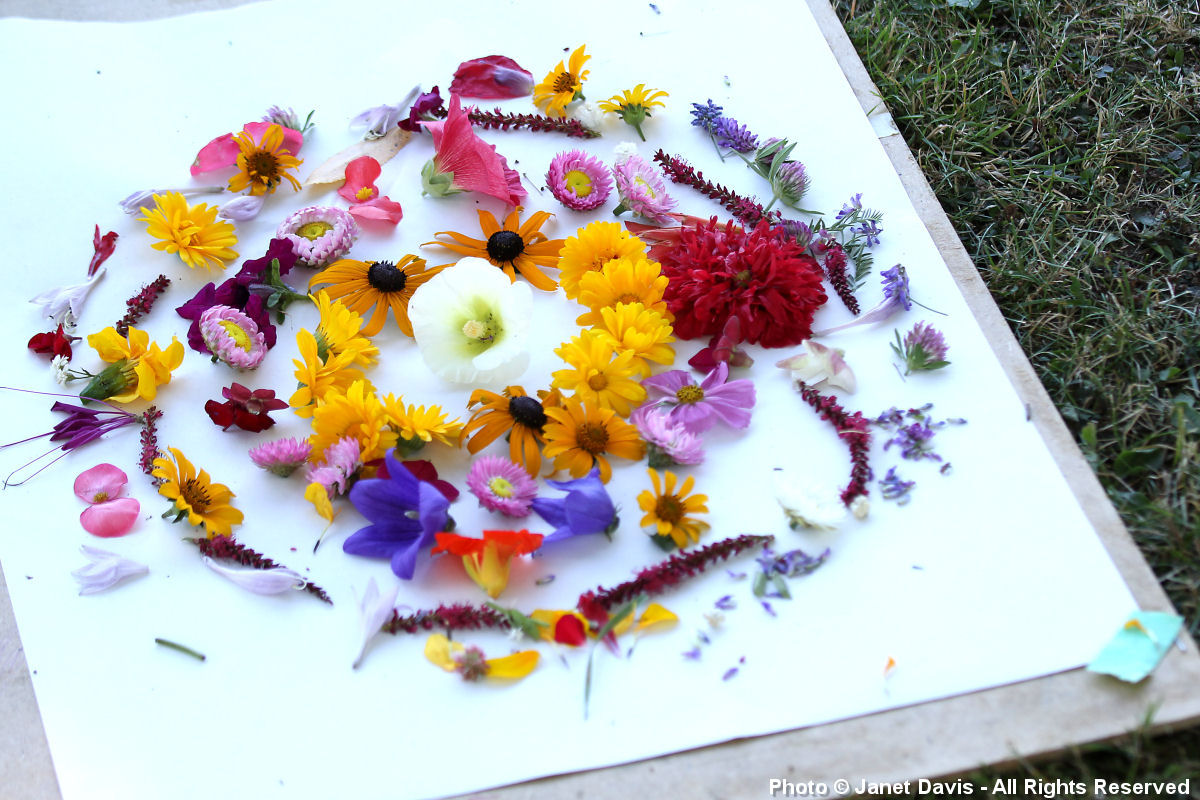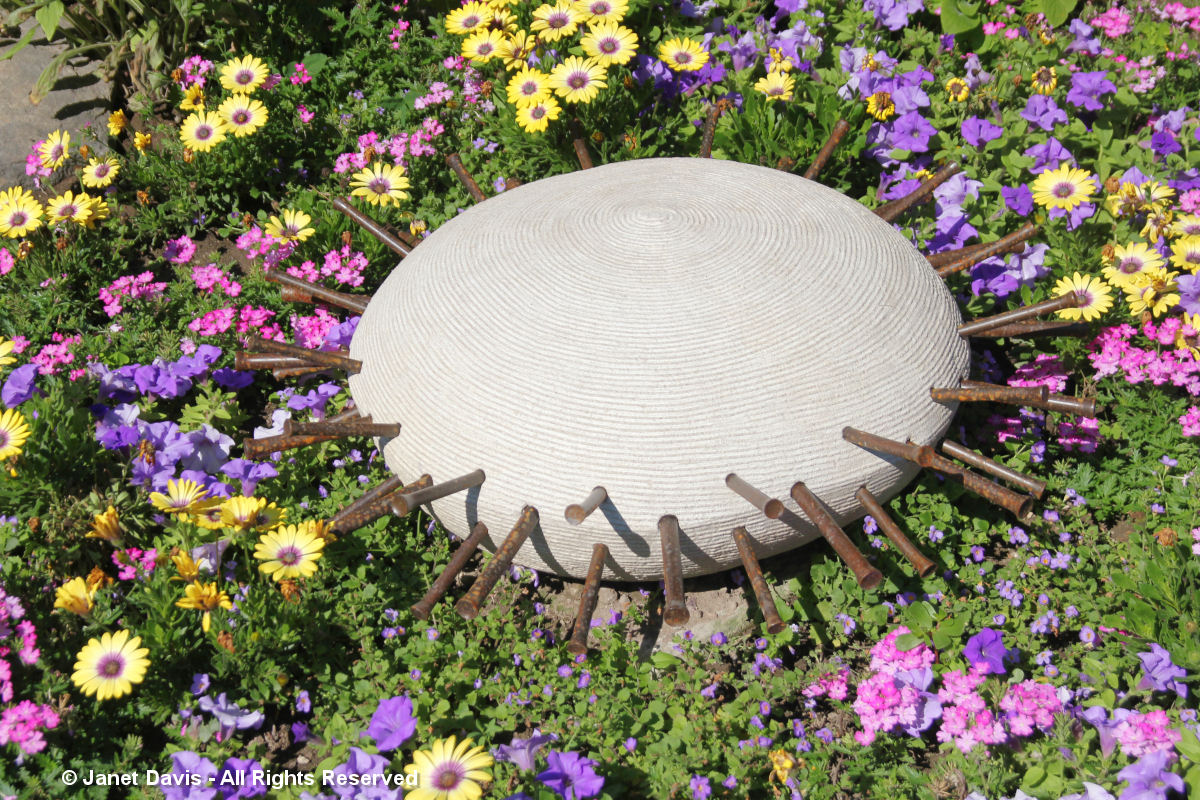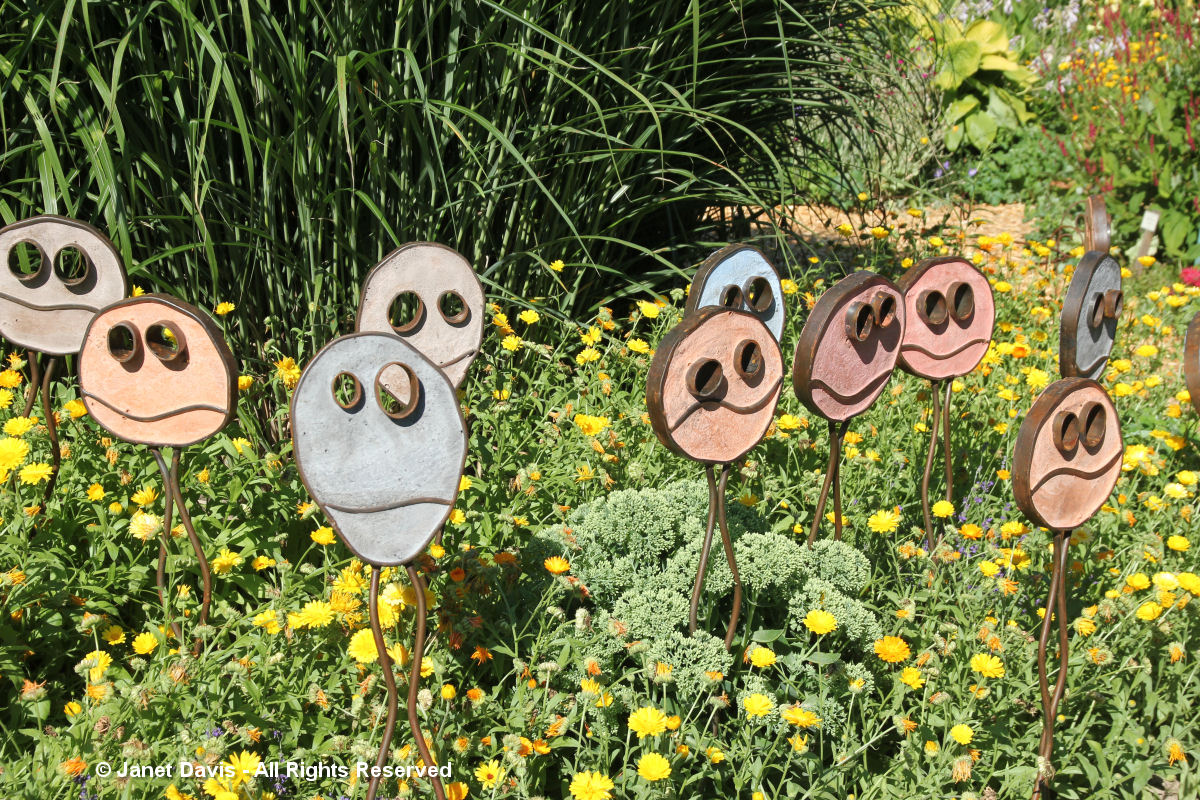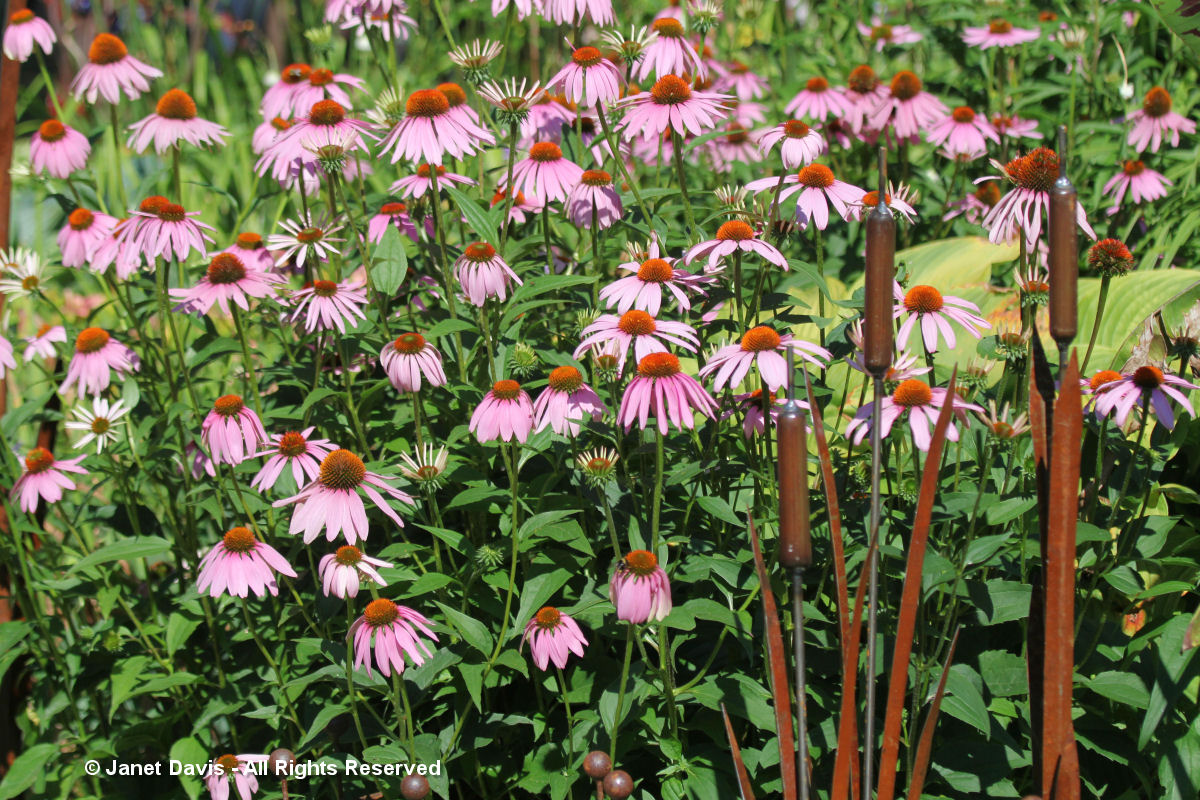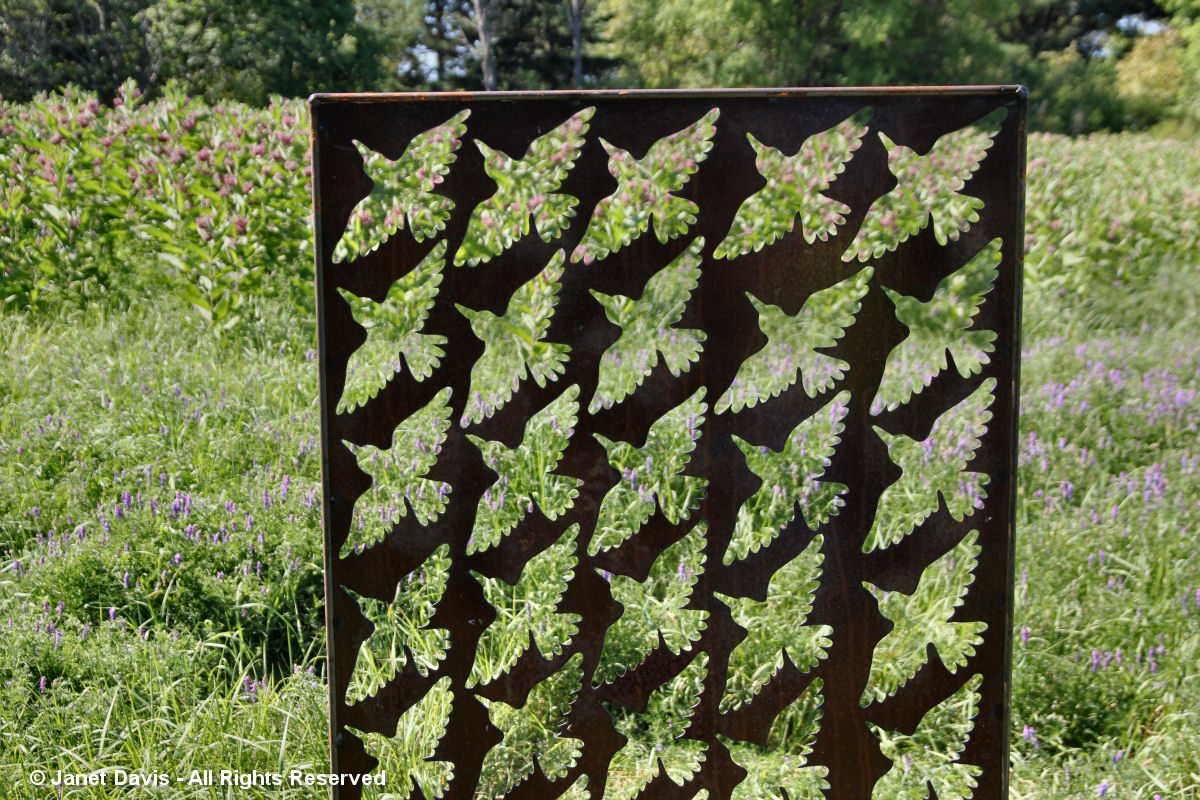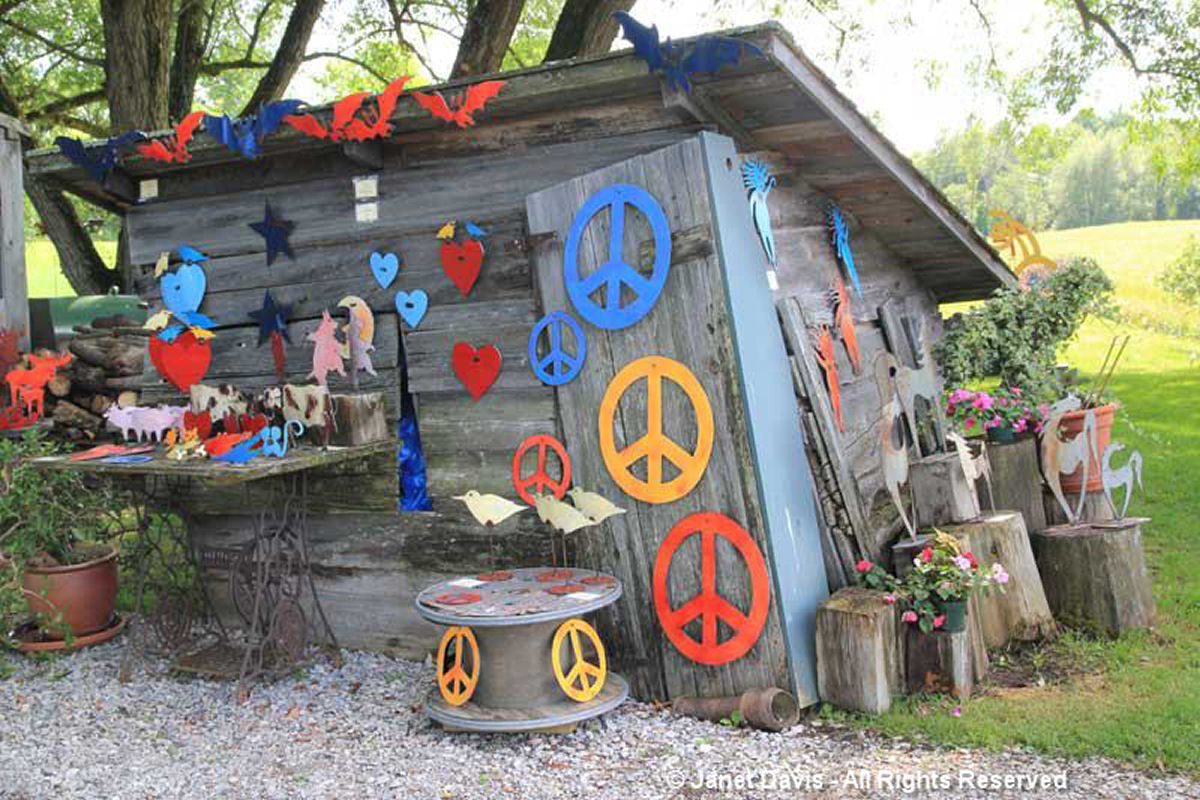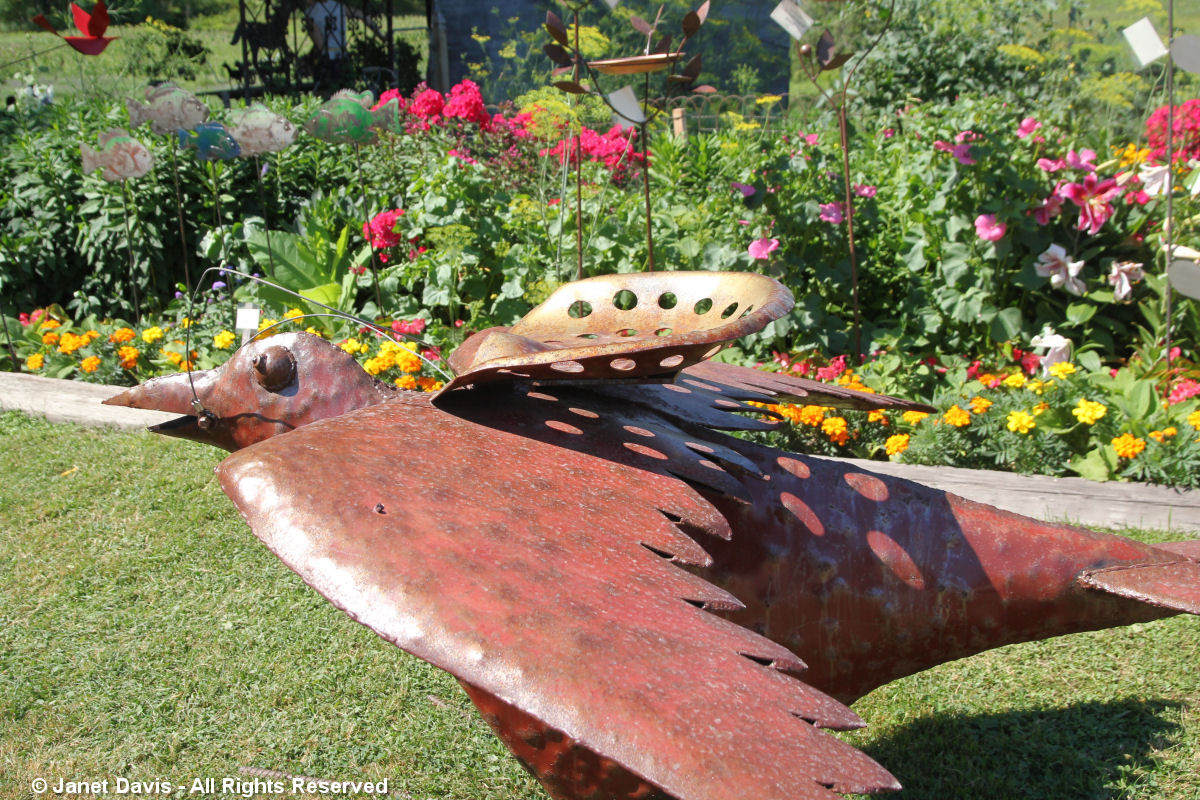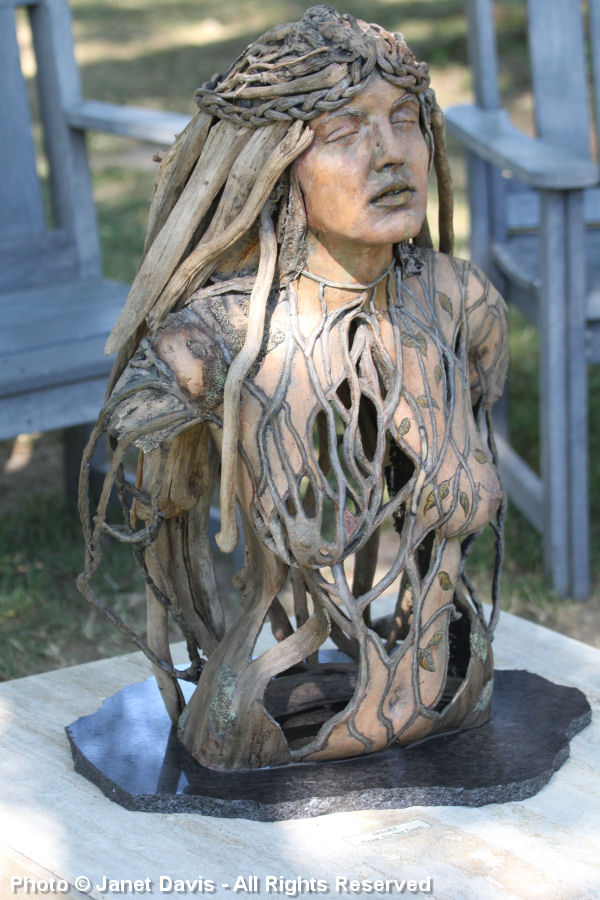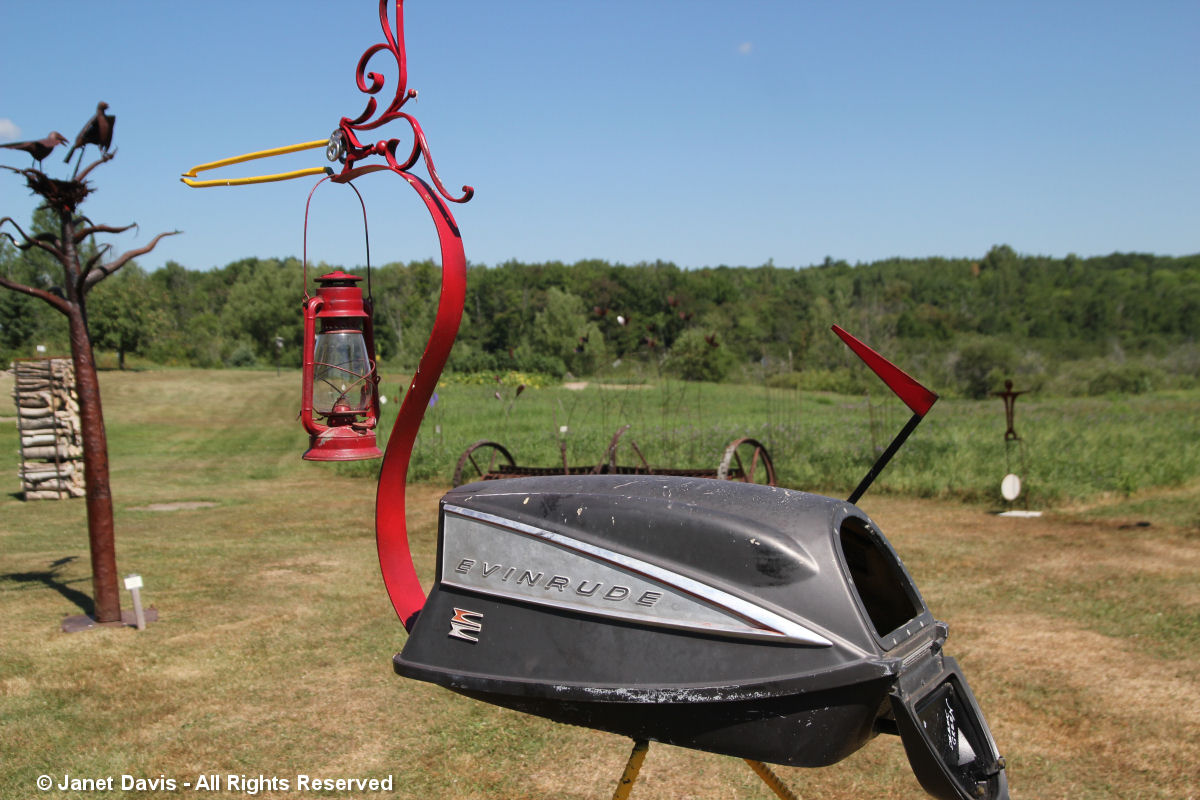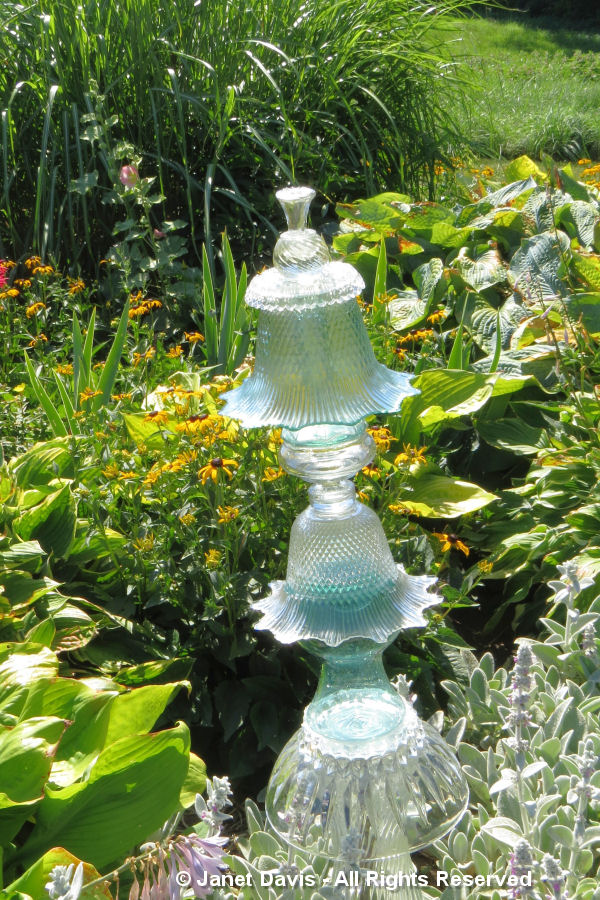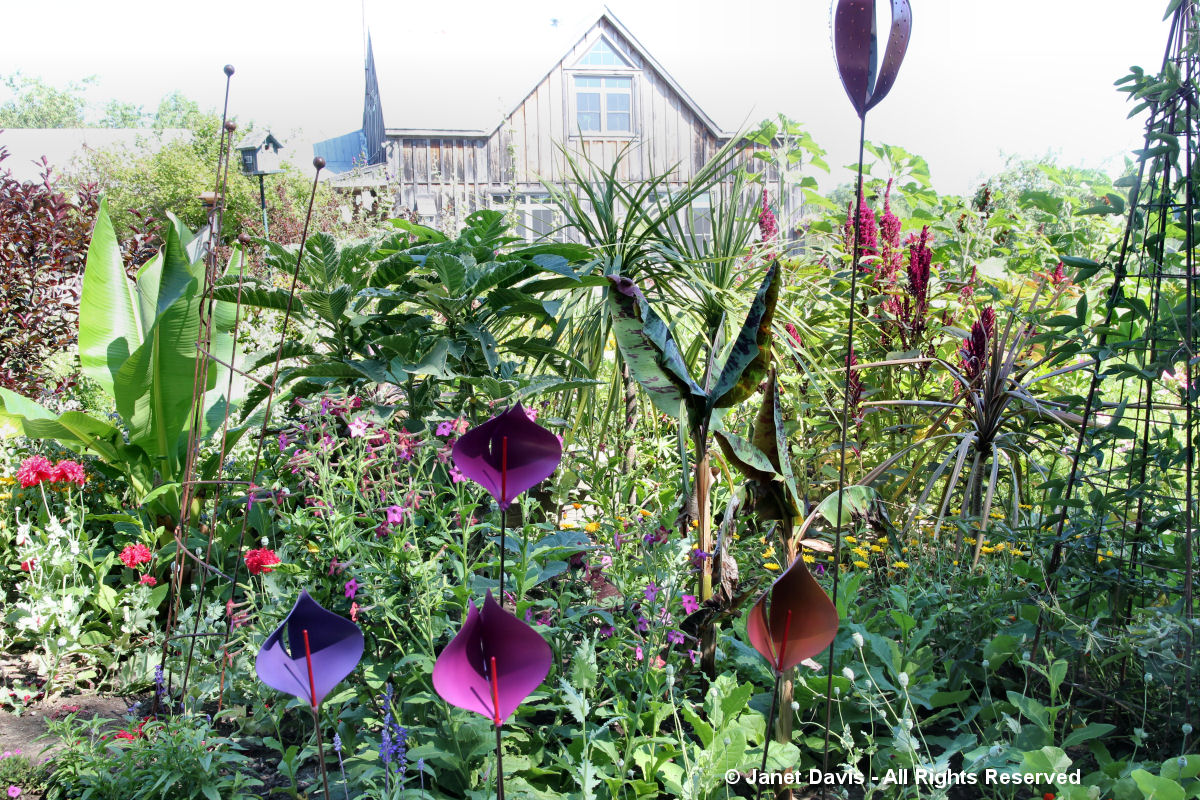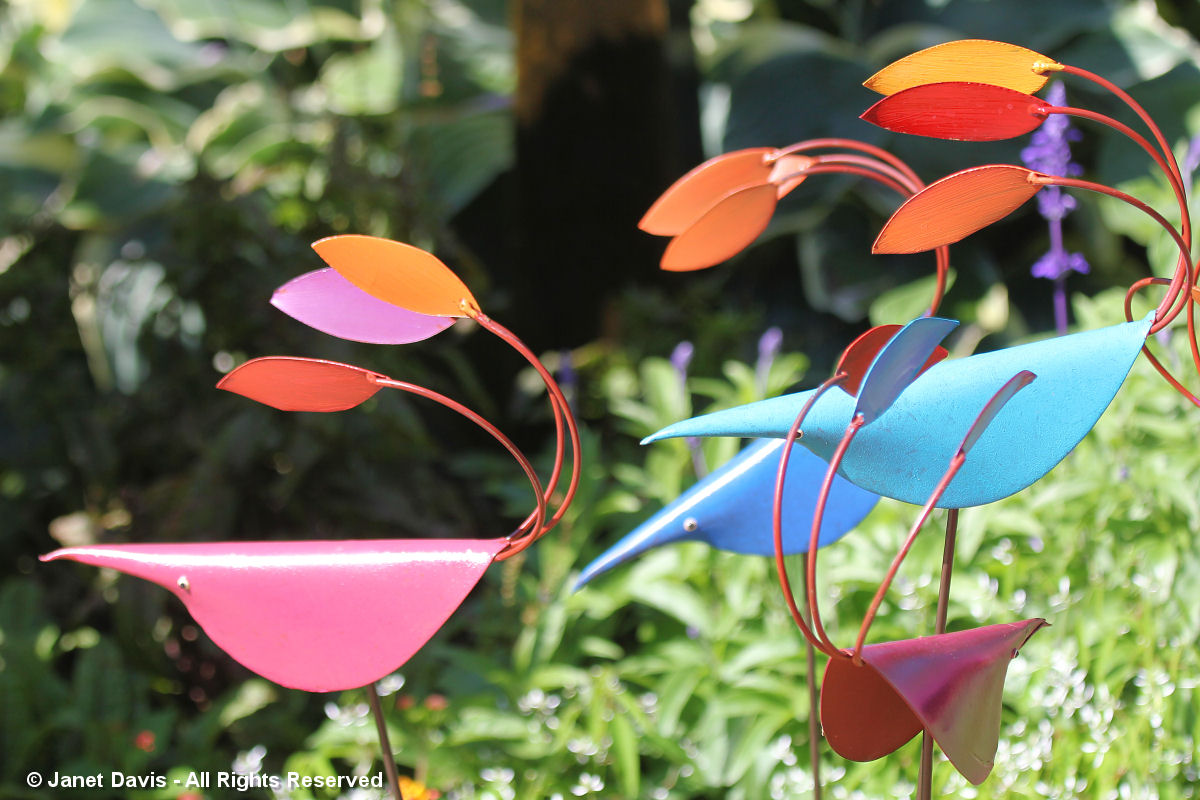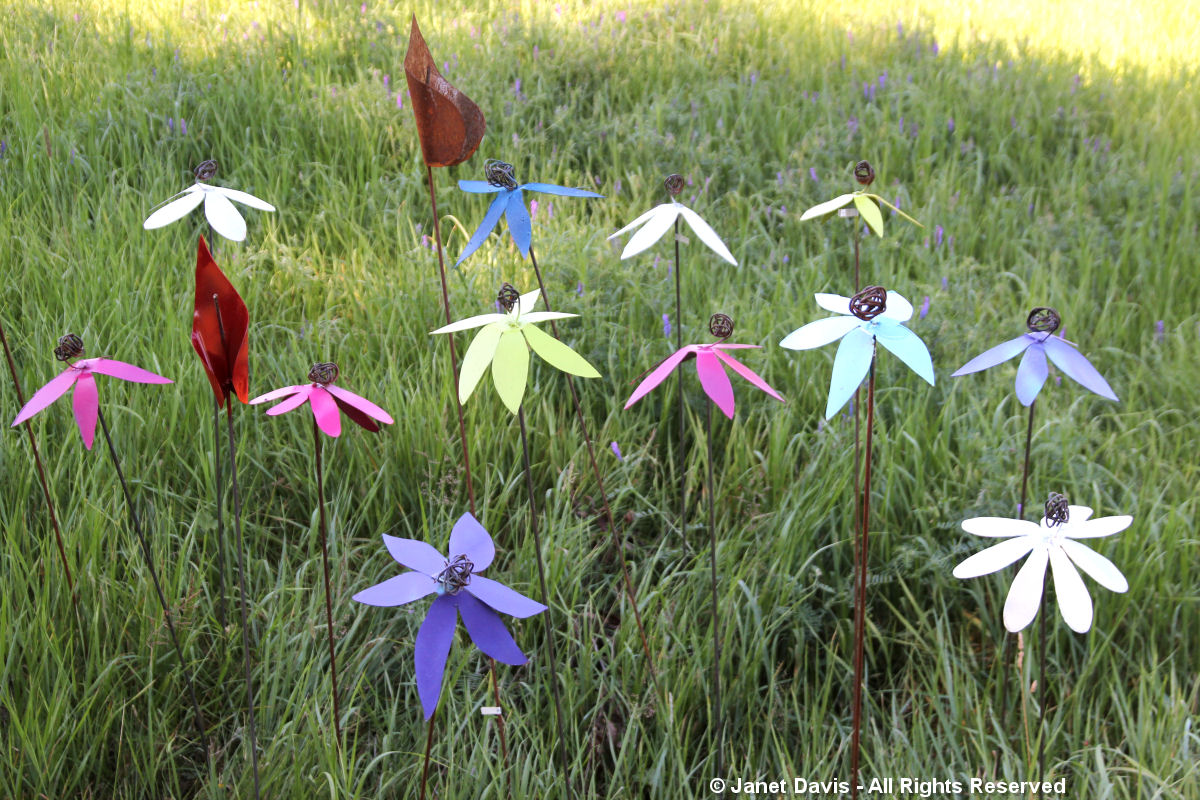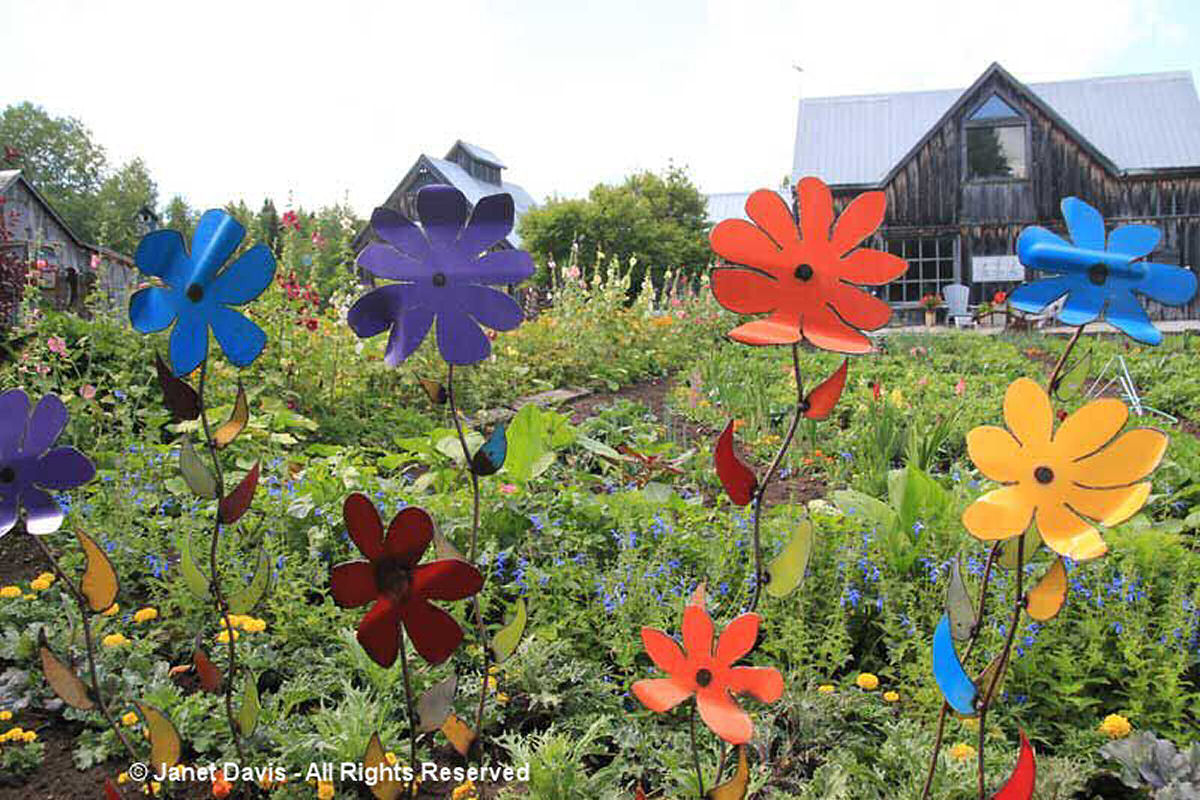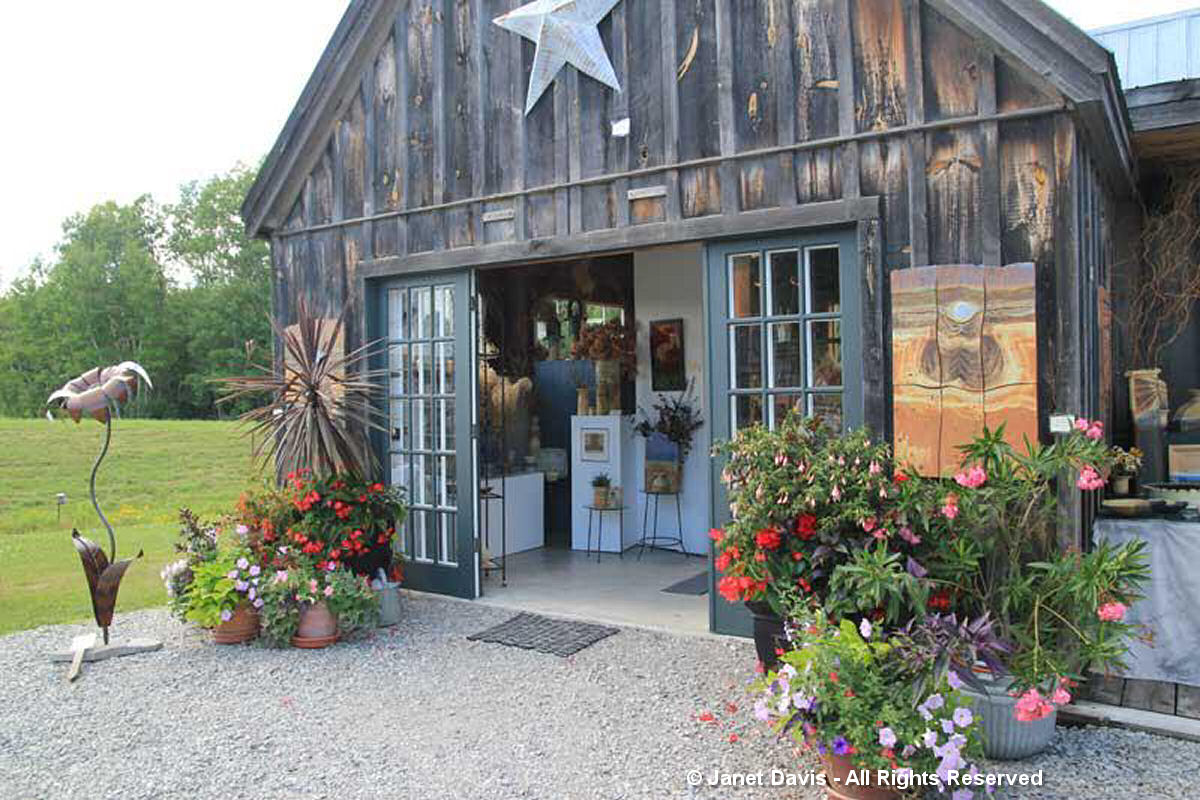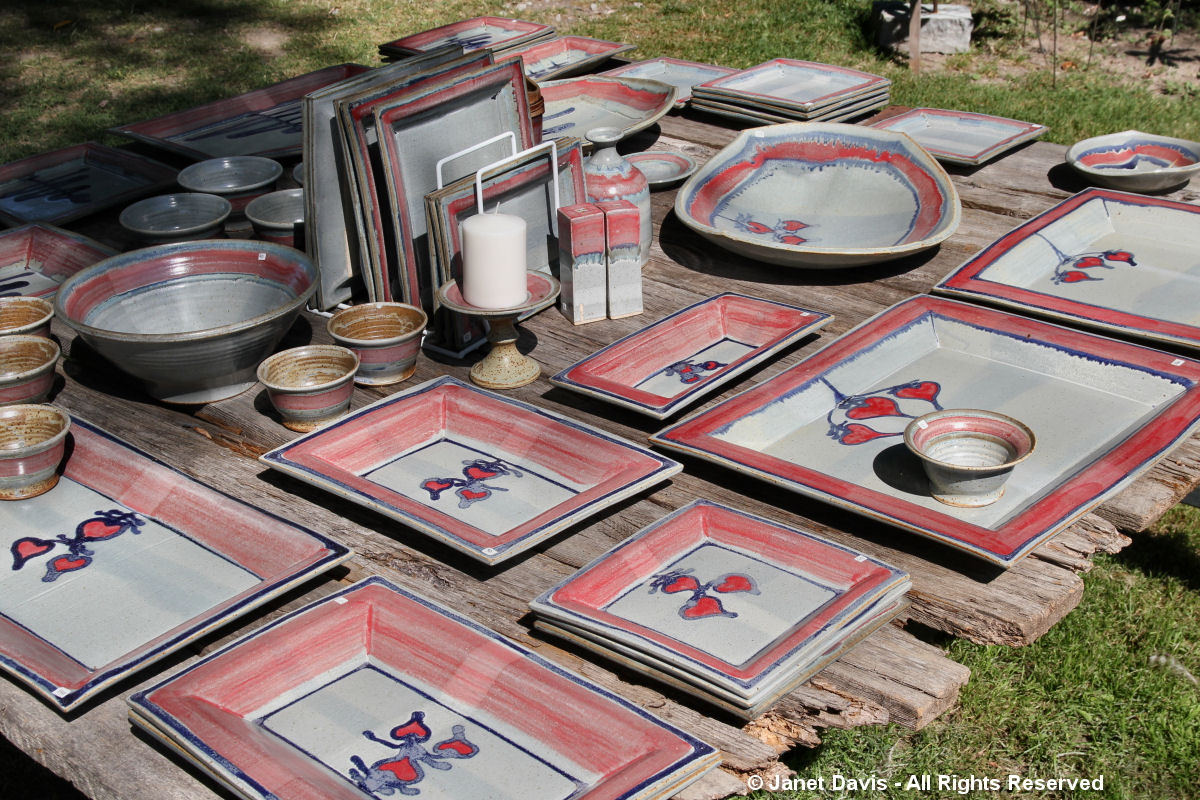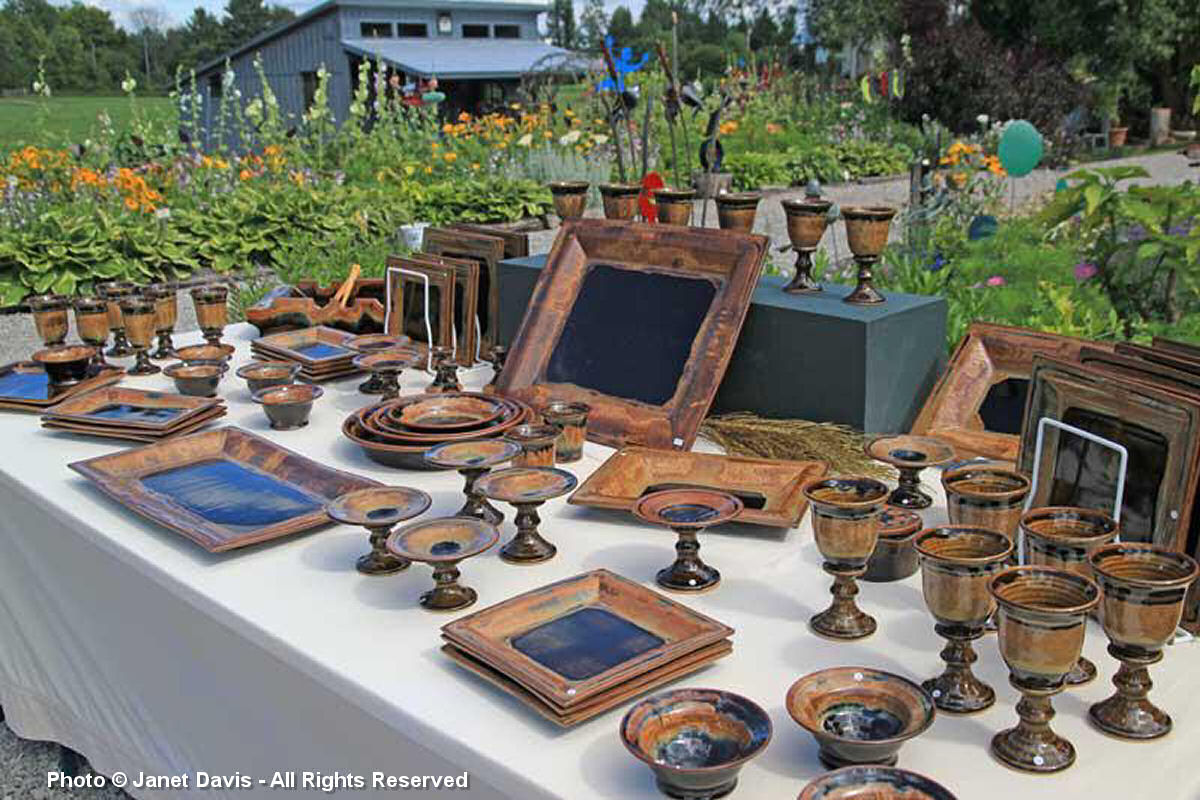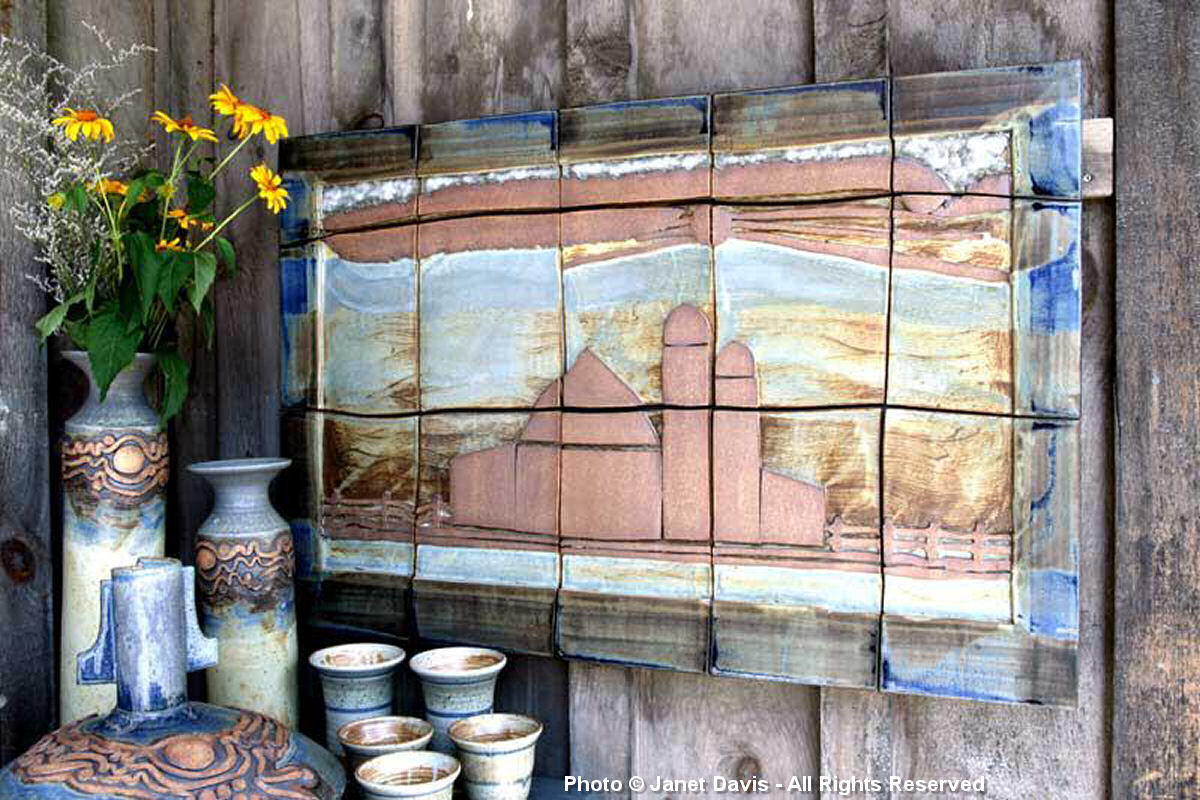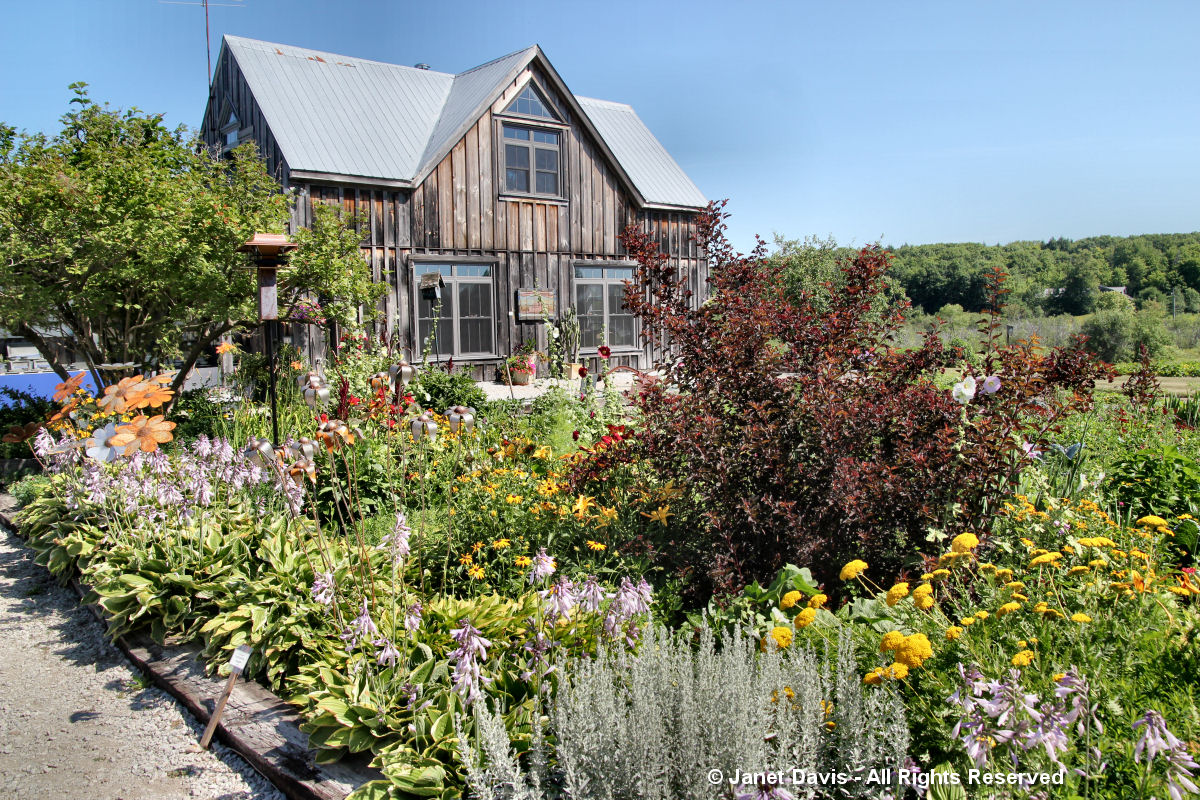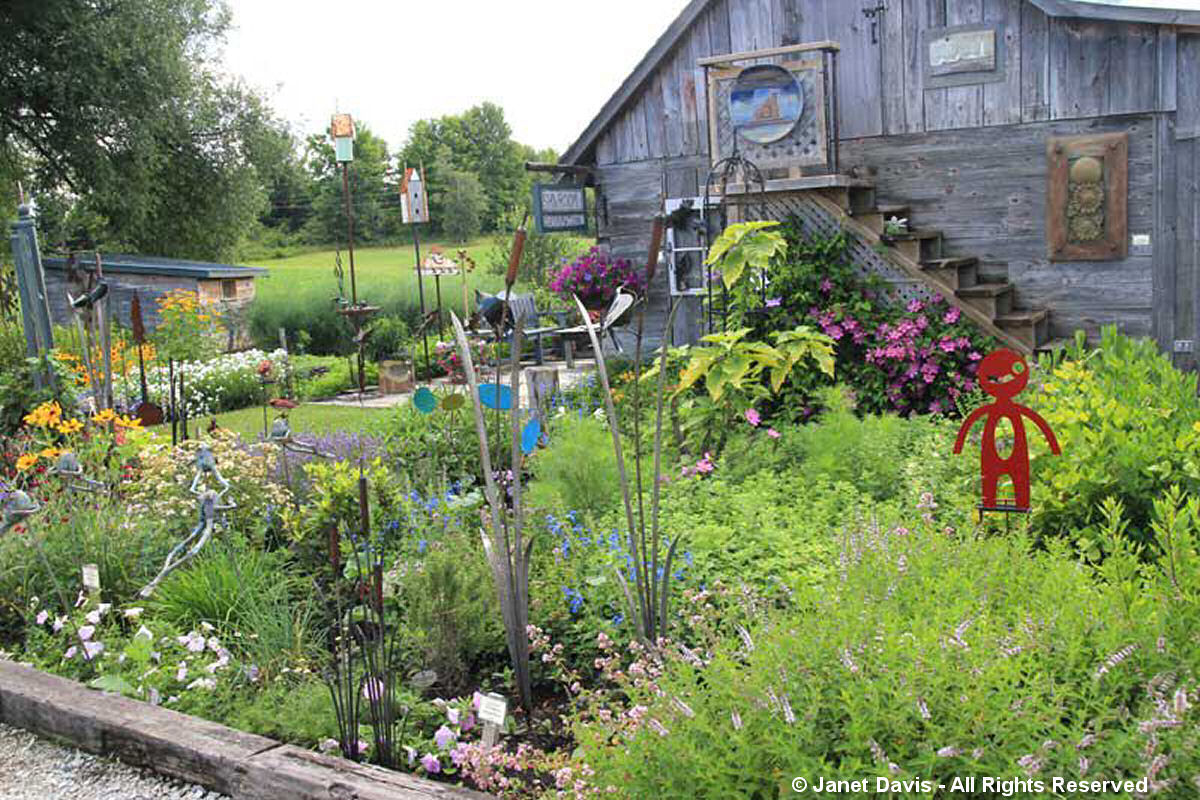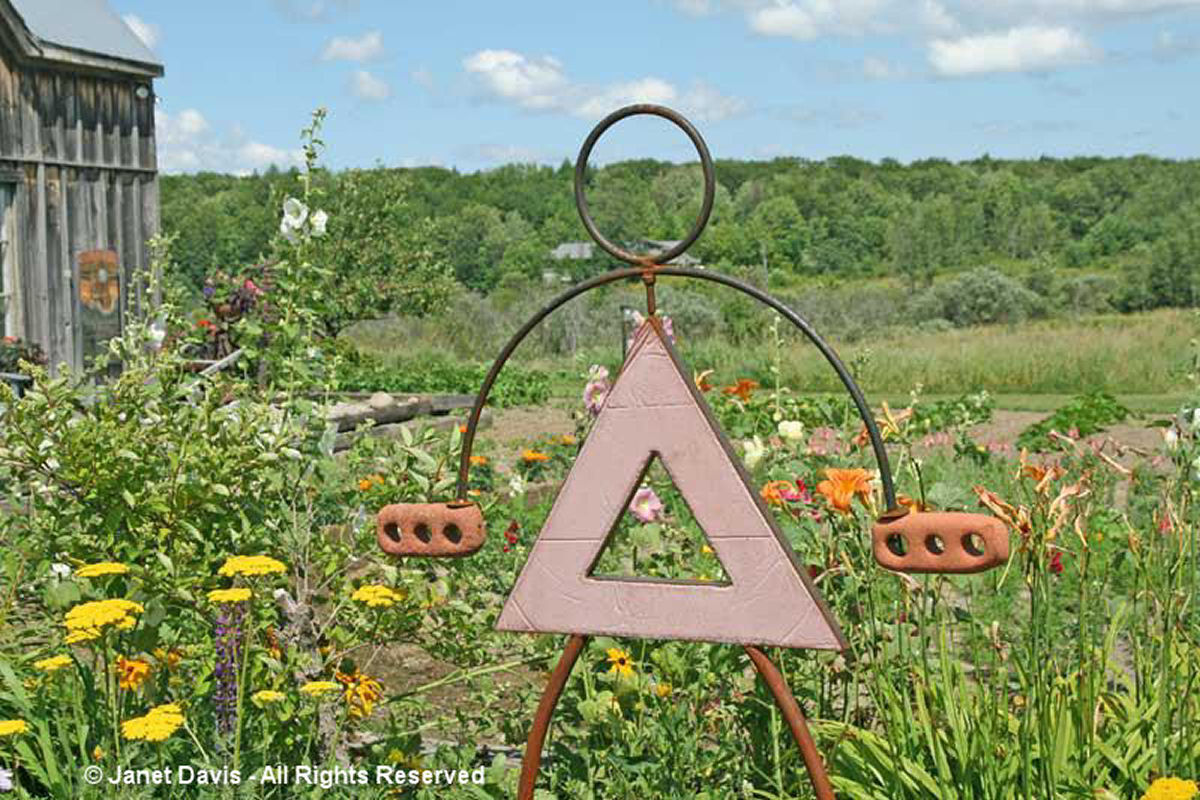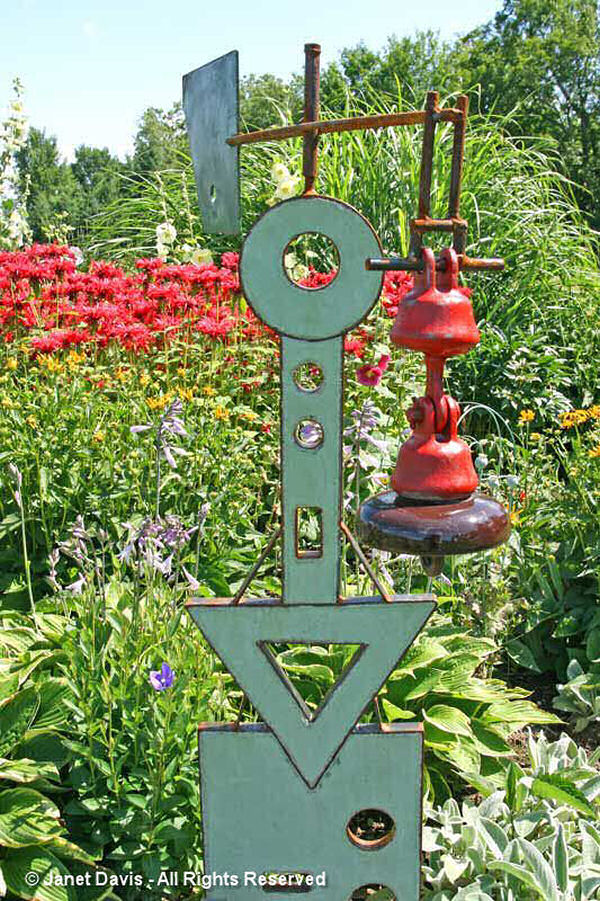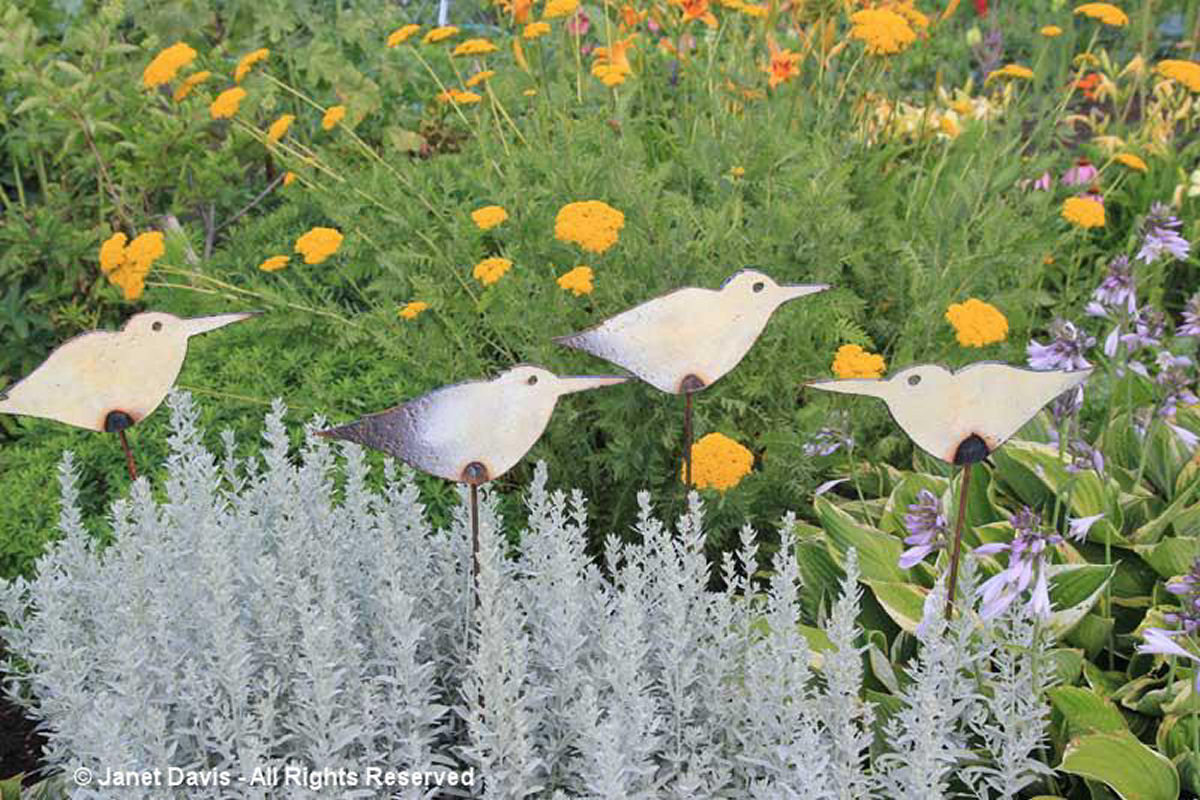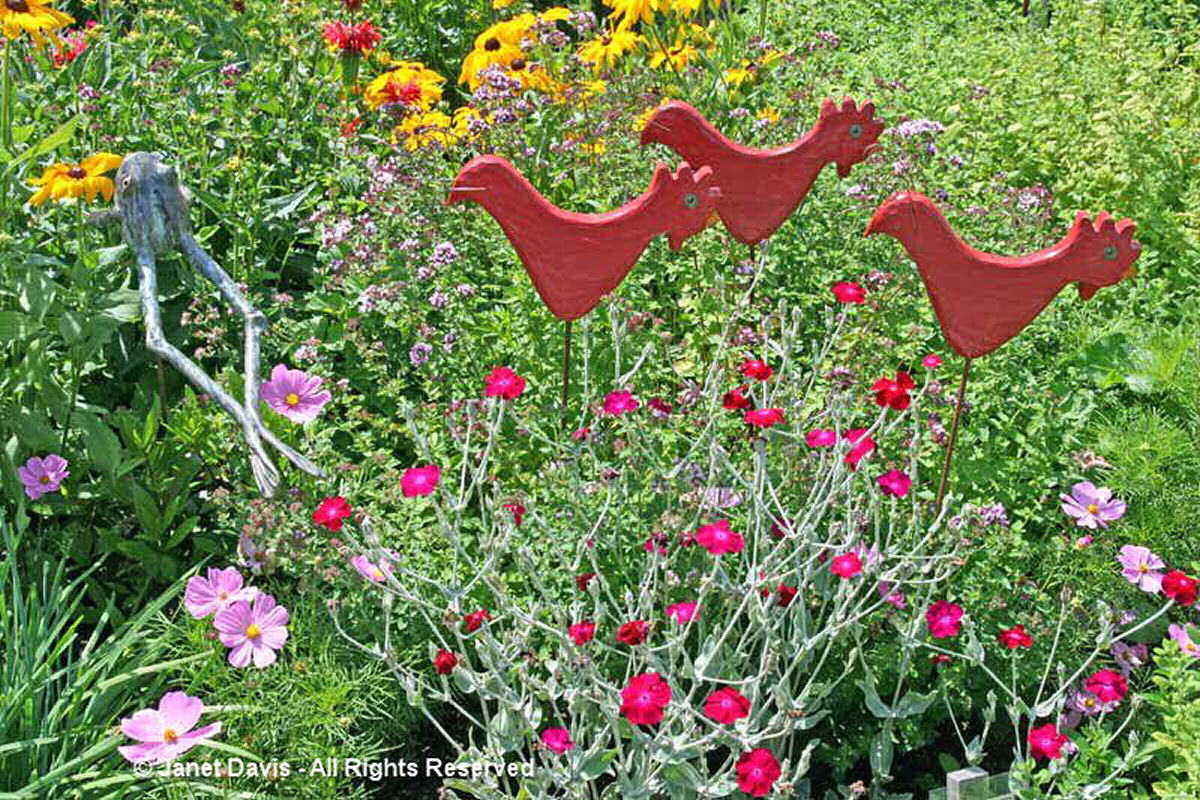You know that feeling of pride you get when a friend receives a well-deserved award? I feel exactly that way about an outstanding prairie wildflower that I’ve been growing here in my meadows on Lake Muskoka for many years. So, when I heard that The Perennial Plant Association chose my very favourite perennial – butterfly milkweed, Asclepias tuberosa — to be their 2017 Plant of the Year, I decided to honour it with my own blog.
The PPA award is not the first laurel to be bestowed on this lovely wildling. In 2014, it was awarded the Freeman Medal by the Garden Clubs of America, as a native deserving of wider garden planting. And the GCA president asked me if I would donate my photo of a monarch butterfly on the flowers, below, which I was happy to do (see down this page).
Despite the plaudits, butterfly milkweed (Asclepias tuberosa) is not the easiest perennial to grow, unless you happen to garden on a sand prairie. It has a deep tap root that makes it rather difficult to transplant. And seeds are often notoriously slow to germinate and grow, sometimes taking 5 years to grow enough to set flower buds. But give it a little rich, free-draining, gravelly soil and lots of sunshine, and watch the pollinating insects pile on. Foremost, of course, is the beautiful monarch butterfly, which uses it – as it does all milkweed species – as food for its caterpillars. If you’re lucky, you might see the female monarch ovipositing on its leaves or flowers.
Come back and you’ll see the little egg on a leaf….
… or perhaps right in the flowers.
Follow along over the next few weeks and you’ll see the various instars of the developing caterpillar munching away on the leaves….
…. and the flower buds.
But monarchs aren’t the only butterflies fond of butterfly milkweed. Many others love the nectar-rich flowers, including the great spangled fritillary…
…. hairstreaks, below, and many others.
Bees love it too. On my property, I often see the orange-belted bumble bee (Bombus ternarius) nectaring….
….and the brown-belted bumble bee (Bombus griseocollis), too.
Here’s a little video I made of the brown-belted bumble bee foraging on my butterfly milkweed. In the background, you can hear a red squirrel scolding and a lovely Swainson’s thrush singing its flute-like song.
Naturally, many native bees seek nectar from butterfly milkweed. I’ve seen long-horned (Melissodes) bees….
…. and tiny, green sweat bees (Auguchlora pura), all enjoying the flowers.
Honey bees are avid foragers, too.
Okay, you get the picture. This is one superb pollinator plant! But how should one grow it, and with what companions? I have grown it in both reasonably rich, sandy soil, and very dry, lean, sandy soil, and I can attest that it prefers more moisture than other prairie plants, such as gaillardia and coreopsis. This is what it looked like near my septic system this July. I managed to keep it watered by running two hoses up the hill behind my cottage, but it was a struggle until a few rains came.
However, if summer rains are abundant, it’s happy with those more drought-tolerant natives. Here it is growing very wild in dry soil with Coreopsis lanceolata.
And it does well in fairly dry conditions with Anthemis tinctoria.
On the other hand, it does well in reasonably rich soil with my Crocosmia ‘Lucifer’, where I can run the hose if rains don’t come (like this summer)…..
…. and peeking up through my grassy monarda meadow, near a lush pink lily.
I’ve grown it with Penstemon barbatus ‘Coccineus’….
…and with blackeyed susans (Rudbeckia hirta).
And I’ve seen it looking pretty with daylilies and catmint in a friend’s garden, too.
Butterfly milkweed’s blooming season is so long, it counts numerous July and August plants as companions. Here is a bouquet I photographed on July 17th, 2010 with blackeyed susans (Rudbeckia hirta), false oxeye (Heliopsis helianthoides), veronica (Veronica spicata ‘Darwin’s Blue’) and blue vervain (Verbena hastata).
… and a collection of little bouquets I made on August 16th, 2013.
If you want to know absolutely everything that might flower at the same time, here’s a montage I made one year on July 7th, 2014. Yes, that’s butterfly milkweed near the lower right corner. See if you can guess the rest!
I have planted dozens of young butterfly milkweed plants here at Lake Muskoka over the years, like these ones offered by the Canadian Wildlife Federation (along with suitable nectar plants), as an encouragement to ‘bring back the monarch butterfly’. Most took, provided I irrigated them for the first summer; a few didn’t.
But I have also managed to grow many from seed, which is harvested from the typical milkweed fruit capsule. The ones that were most successful were those I guerilla-sowed, using the toe of my boot to kick them in along the edge of a gritty, community pathway midway down the hillside on a neighbour’s property. Under that granitic gravel, below, there was actually rich sandy soil and adequate moisture, given that the path sits mid-slope on the hill. But this tough environment best replicates the natural ‘sand prairie’ that butterfly milkweed likes.
You can also buy a seed mix in multiple colours: ‘Gay Butterflies Mix’, below.
Want to try your hand sowing butterfly milkweed? Follow these seeding instructions in a propagation guide in the Minnesota newsletter of Wild Ones: “Collect when pods are cracked open. Remove down; cold stratify in fridge in damp sand for 90 days. Broadcast on soil surface in spring when soil is warm.”
Best of luck growing this worthy award winner! You and the pollinators – including the lovely monarch butterfly – are worth the effort.

